 The Interceptor married British luxury and engineering with American muscle courtesy of 6.3 and 7.4-litre Chrysler V8 engines, and timelessly stylish Italian design by Carrozzeria Touring of Milan. With dedicated cult following, stout hybrid monococque and twin beam frame construction and relatively level-headed (but rising) rather than speculatively over-inflated values, the Interceptor proved an ideal candidate for a graceful comeback.
Established by Jensen-enthusiast businessmen and engineers – backed by Sir Charles Dunstone of Carphone Warehouse – in 2010, Oxfordshire-based Jensen International Automotive builds 4-6 cars annually. Based on 1969-76 donor cars sourced by JIA or provided by clients, build time is approximately 26-30 weeks.
More than an exercise in nostalgia, the Interceptor R instead improves the original car for reliable daily driving, enhanced performance, comfort and handling ability in a manner faithful to its character and style. Extensively enhanced by experienced engineers and technicians, the Interceptor R process is a combination of restoration, rebuild and re-engineering
The Interceptor married British luxury and engineering with American muscle courtesy of 6.3 and 7.4-litre Chrysler V8 engines, and timelessly stylish Italian design by Carrozzeria Touring of Milan. With dedicated cult following, stout hybrid monococque and twin beam frame construction and relatively level-headed (but rising) rather than speculatively over-inflated values, the Interceptor proved an ideal candidate for a graceful comeback.
Established by Jensen-enthusiast businessmen and engineers – backed by Sir Charles Dunstone of Carphone Warehouse – in 2010, Oxfordshire-based Jensen International Automotive builds 4-6 cars annually. Based on 1969-76 donor cars sourced by JIA or provided by clients, build time is approximately 26-30 weeks.
More than an exercise in nostalgia, the Interceptor R instead improves the original car for reliable daily driving, enhanced performance, comfort and handling ability in a manner faithful to its character and style. Extensively enhanced by experienced engineers and technicians, the Interceptor R process is a combination of restoration, rebuild and re-engineering
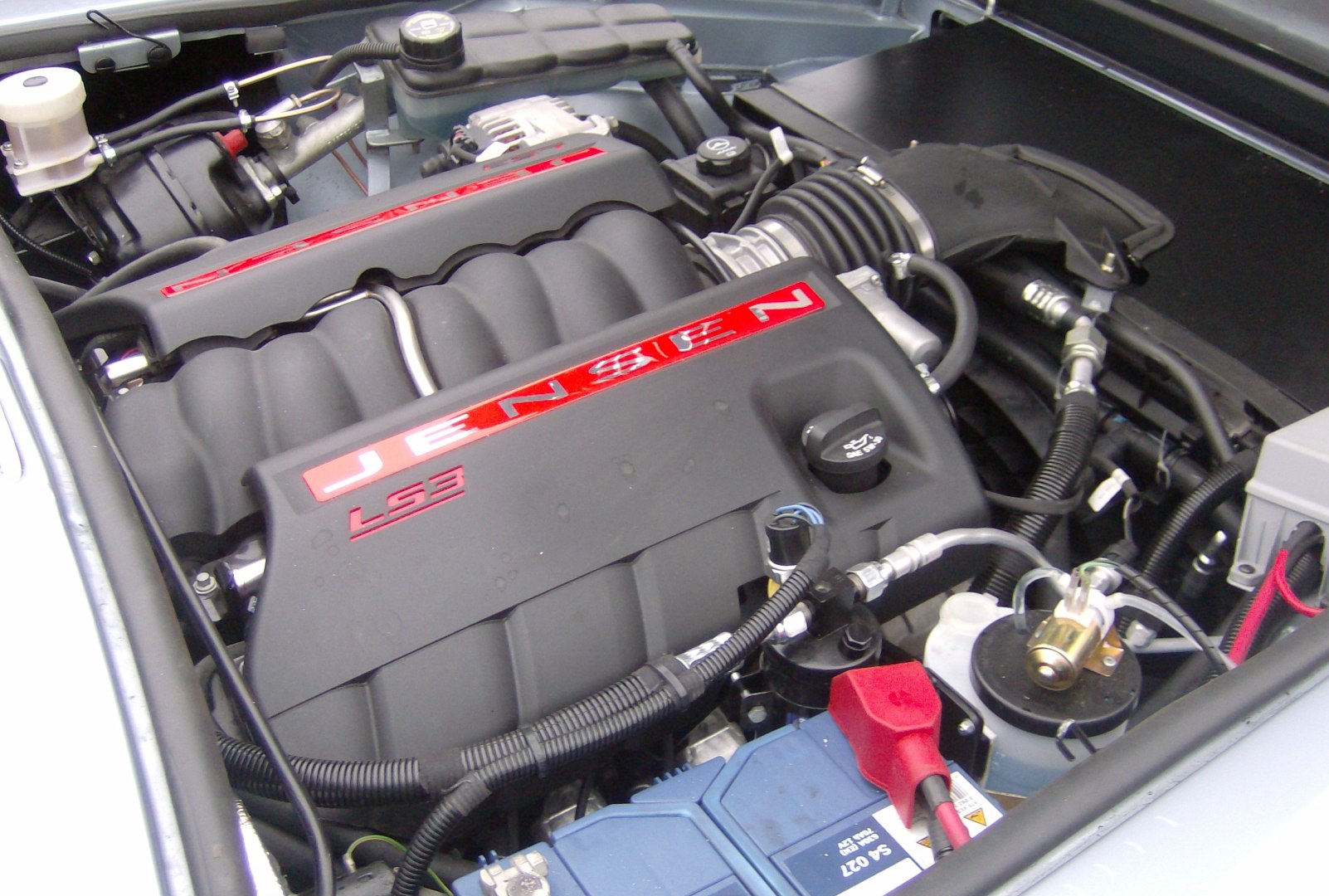 Starting with a complete strip-down, donor shells are inspected, repaired, seam sealed, primed and painted. Little altered visually, the Interceptor R is fitted with a General Motors LS3 6.2-litre V8. More efficient, powerful and reliable but of similar character, the LS3’s compact OHV design fits easily under the low bonnet.
Fitted with new wiring looms, electrics and refurbished seals, the Interceptor R’s original rear live-axle is however re-placed with independent rear suspension for improved refinement, comfort and handling. Meanwhile, a bespoke choice of solid, metallic or pearlescent paint is offered, including the driven car’s sky blue paint and light cream leather-wrapped cabin, which well-suited Dubai’s natural palette.
Stylishly uncomplicated, the Interceptor R exudes classy restraint yet predatory presence, with deep-set quad halogen headlights and indulgent long bonnet. Mounted low and further back than original cast-iron Chrysler engines for better within wheelbase weighting, handling and agility, the Interceptor R’s all-aluminium 6.2-litre LS3 V8 is robust, reliable and brutally effective.
Starting with a complete strip-down, donor shells are inspected, repaired, seam sealed, primed and painted. Little altered visually, the Interceptor R is fitted with a General Motors LS3 6.2-litre V8. More efficient, powerful and reliable but of similar character, the LS3’s compact OHV design fits easily under the low bonnet.
Fitted with new wiring looms, electrics and refurbished seals, the Interceptor R’s original rear live-axle is however re-placed with independent rear suspension for improved refinement, comfort and handling. Meanwhile, a bespoke choice of solid, metallic or pearlescent paint is offered, including the driven car’s sky blue paint and light cream leather-wrapped cabin, which well-suited Dubai’s natural palette.
Stylishly uncomplicated, the Interceptor R exudes classy restraint yet predatory presence, with deep-set quad halogen headlights and indulgent long bonnet. Mounted low and further back than original cast-iron Chrysler engines for better within wheelbase weighting, handling and agility, the Interceptor R’s all-aluminium 6.2-litre LS3 V8 is robust, reliable and brutally effective.
 A low waistline and big glasshouse – with distinctive wraparound rear glass hatch – provide good visibility. Discrete updates include wire mesh grille and side vents, re-chromed bumpers, wider exhaust tips, deeper air dam, tastefully incorporated modern electric mirrors and bespoke replica 17-inch – rather than 15-inch – alloy wheels to accommodate modern brakes.
Developing 429BHP at 5,900rpm and 424lb/ft torque at 4,600rpm the Interceptor R’s naturally-aspirated 6.2-litre V8 emits gloriously bass-rich engine notes from languid burbles to thundering bellows. Propelling the 1.6-ton Interceptor R through the 0-100km/h sprint in 4.2-seconds and onto 255km/h, its’ engine is rich and fulsome from tick-over to redline.
Responsive off-the-line, muscularly versatile in mid-range and punchy at high revs, the LS3 V8 is mated to 6-speed automatic gearbox, smoother, more responsive and better integrated than the previously used 4-speed. Meanwhile, and most significantly, the Interceptor R features Jaguar XJ-S-sourced lower wishbone and twin damper independent rear suspension, allowing independent wheel travel on each side and much improved ride and handling.
A low waistline and big glasshouse – with distinctive wraparound rear glass hatch – provide good visibility. Discrete updates include wire mesh grille and side vents, re-chromed bumpers, wider exhaust tips, deeper air dam, tastefully incorporated modern electric mirrors and bespoke replica 17-inch – rather than 15-inch – alloy wheels to accommodate modern brakes.
Developing 429BHP at 5,900rpm and 424lb/ft torque at 4,600rpm the Interceptor R’s naturally-aspirated 6.2-litre V8 emits gloriously bass-rich engine notes from languid burbles to thundering bellows. Propelling the 1.6-ton Interceptor R through the 0-100km/h sprint in 4.2-seconds and onto 255km/h, its’ engine is rich and fulsome from tick-over to redline.
Responsive off-the-line, muscularly versatile in mid-range and punchy at high revs, the LS3 V8 is mated to 6-speed automatic gearbox, smoother, more responsive and better integrated than the previously used 4-speed. Meanwhile, and most significantly, the Interceptor R features Jaguar XJ-S-sourced lower wishbone and twin damper independent rear suspension, allowing independent wheel travel on each side and much improved ride and handling.
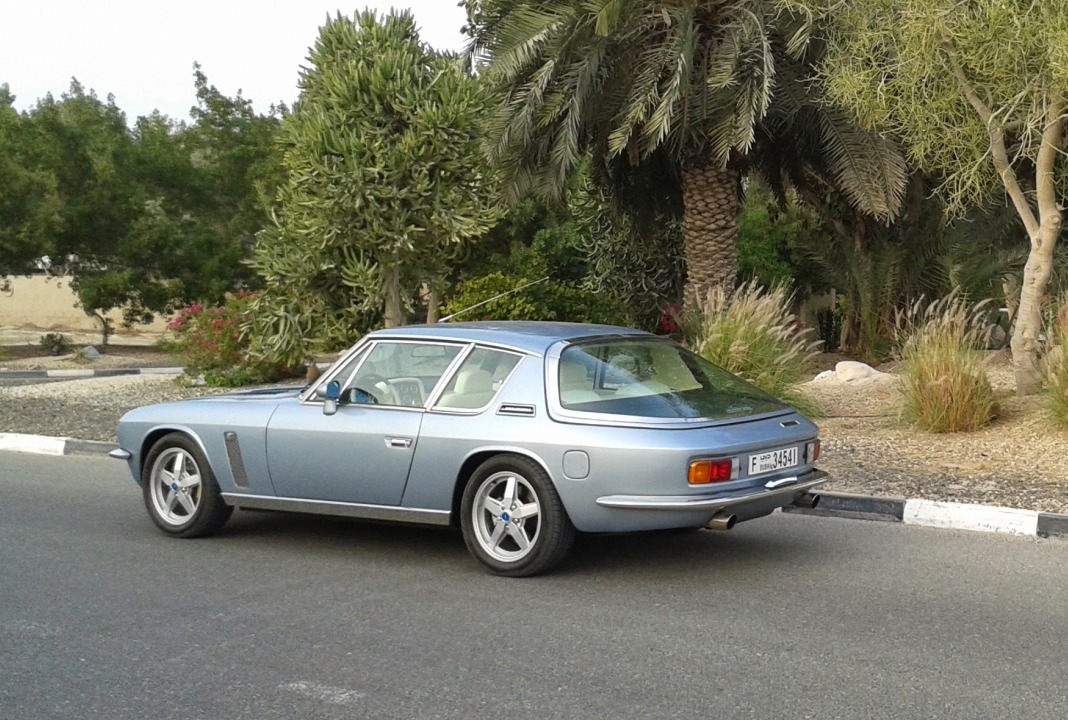 Revised springs, bushes and tightened-up and firmer steering provide a more connected, responsive and refined drive somewhere between classic and modern car. Comfortably supple over jagged imperfections, it is stable at speed and buttoned down on rebound. Meaty steering provides good road feel and tidy turn-in, but its’ tall ratio requires more input. Balanced with good body control and grip through corners, the Interceptor R’s handling is predictable, progressive and transparent.
The Interceptor R’s cabin features revised seals and bonded windscreen for enhanced refinement and reduced wind noise, while modern AP Performance brakes are highly effective but original servo assistance requires firmer pedal input. Riding on 235/50VR17 tyres, the Interceptor R delivers improved road-holding, braking, stability and handling without sacrificing comfort.
Seated near the door with slim period-style steering wheel and good visibility, one easily places the Interceptor R on the road, despite its long bonnet. User-friendly layouts and clear chrome-ringed instrumentation sit alongside a technologically contemporary classic period style stereo and modern air conditioning.
Revised springs, bushes and tightened-up and firmer steering provide a more connected, responsive and refined drive somewhere between classic and modern car. Comfortably supple over jagged imperfections, it is stable at speed and buttoned down on rebound. Meaty steering provides good road feel and tidy turn-in, but its’ tall ratio requires more input. Balanced with good body control and grip through corners, the Interceptor R’s handling is predictable, progressive and transparent.
The Interceptor R’s cabin features revised seals and bonded windscreen for enhanced refinement and reduced wind noise, while modern AP Performance brakes are highly effective but original servo assistance requires firmer pedal input. Riding on 235/50VR17 tyres, the Interceptor R delivers improved road-holding, braking, stability and handling without sacrificing comfort.
Seated near the door with slim period-style steering wheel and good visibility, one easily places the Interceptor R on the road, despite its long bonnet. User-friendly layouts and clear chrome-ringed instrumentation sit alongside a technologically contemporary classic period style stereo and modern air conditioning.
 Dramatic, luxurious and exotic, the Interceptor R has a sense of occasion, with new leather-lined carpets and luxuriously refurbished double stitch leather upholstered seats. Tailored to preference, the naturally-aspirated model driven was optionally fitted with discrete satnav screen and the more powerful Supercharged version’s driver-focused JIA-designed dashboard. With pod-like instruments, metal-gated buttons and vertical emphasis, it replaces the standard refurbished original horizontal dashboard.
JIA also offer an Interceptor R Supercharged version developing 550BHP and 551lb/ft for 3.8-second 0-100km/h acceleration and 280km/h top speed, and a naturally-aspirated soft-top convertible version, and recently announced and new Jensen GT project, which has sparked further interest in the brand.
Additionally JIA are believed to be currently developing a four-wheel-drive project understood to be of particular interest to our region. However, this project is one that is not necessarily going to a resurrection of the Interceptor-based Jensen FF, which was the world’s first four-wheel-drive passenger road car, when launched in 1966.
Dramatic, luxurious and exotic, the Interceptor R has a sense of occasion, with new leather-lined carpets and luxuriously refurbished double stitch leather upholstered seats. Tailored to preference, the naturally-aspirated model driven was optionally fitted with discrete satnav screen and the more powerful Supercharged version’s driver-focused JIA-designed dashboard. With pod-like instruments, metal-gated buttons and vertical emphasis, it replaces the standard refurbished original horizontal dashboard.
JIA also offer an Interceptor R Supercharged version developing 550BHP and 551lb/ft for 3.8-second 0-100km/h acceleration and 280km/h top speed, and a naturally-aspirated soft-top convertible version, and recently announced and new Jensen GT project, which has sparked further interest in the brand.
Additionally JIA are believed to be currently developing a four-wheel-drive project understood to be of particular interest to our region. However, this project is one that is not necessarily going to a resurrection of the Interceptor-based Jensen FF, which was the world’s first four-wheel-drive passenger road car, when launched in 1966.
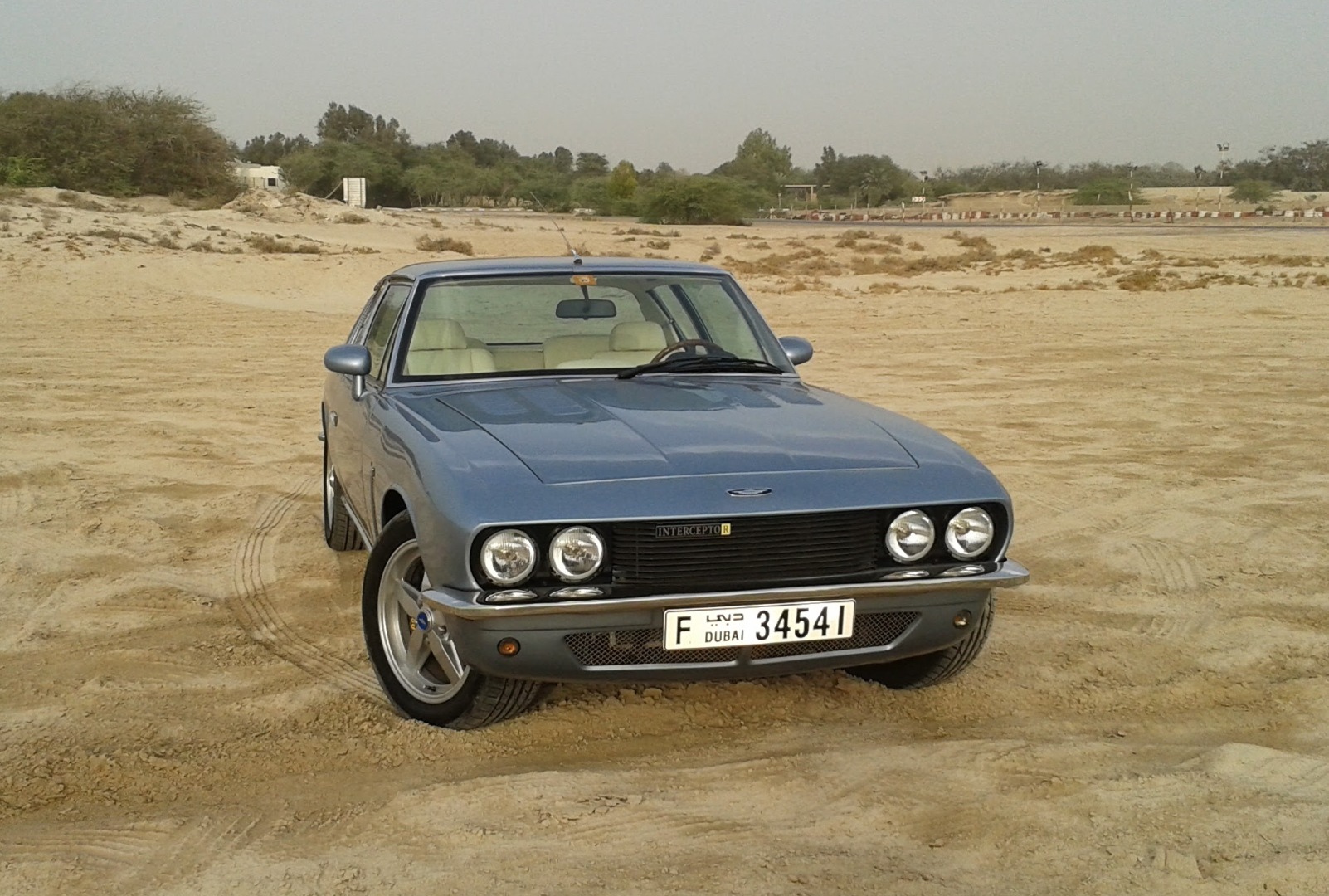 Specifications: Jensen International Automotive Jensen Interceptor R
Specifications: Jensen International Automotive Jensen Interceptor R
- Engine: 6.2-litre, aluminium, V8-cylinders
- Bore x Stroke: 103.25 x 92mm
- Compression ratio: 10.7:1
- Valve-train: 16-valve, OHV, fuel injection
- Gearbox: 6-speed automatic, RWD, limited-slip differential
- Power, BHP (PS) [kW]: 429 (435) [321] @5,900rpm
- Torque lb/ft (Nm): 424 (575) @4,600rpm
- Rev limit: 6,600rpm
- 0-100km/h: 4.2-seconds
- Top speed: 255km/h
- Length: 4,700mm
- Width: 1,700mm
- Height: 1,250mm
- Wheelbase: 2,670mm
- Kerb weight: 1,600kg
- Suspension, F/R: Double / lower wishbones
- Dampers, F/R: Single / twin adjustable Spax coil-overs
- Brakes, F/R: Ventilated discs, 330mm / discs, 280mm
- Brake calipers, F/R: 6- / 1-piston
- Tyres: 235/50VR17
- Price, UK: £135,000-160,000 (plus taxes and customs, depending on specifications)
For more info: www.jensen-sales.com


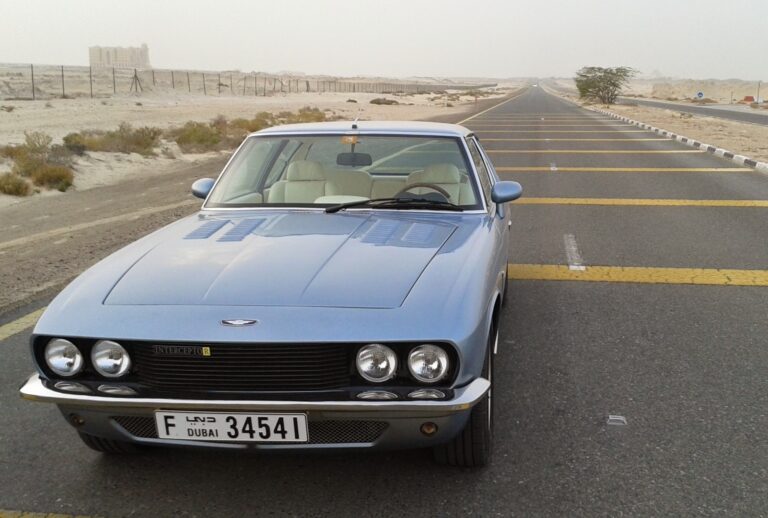


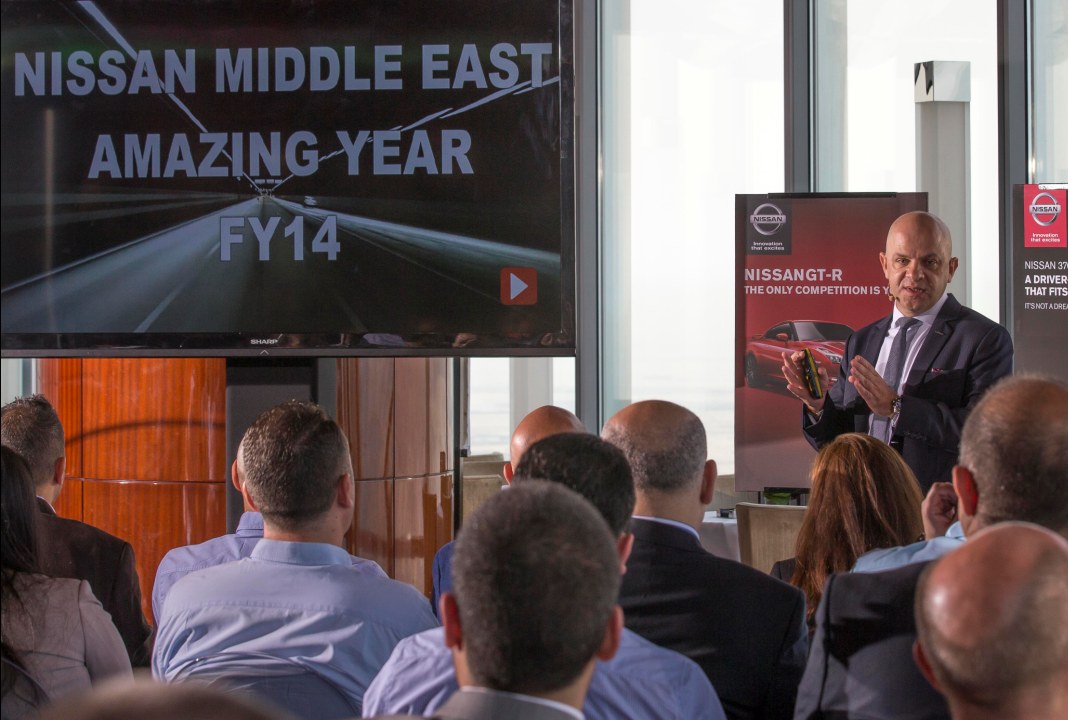
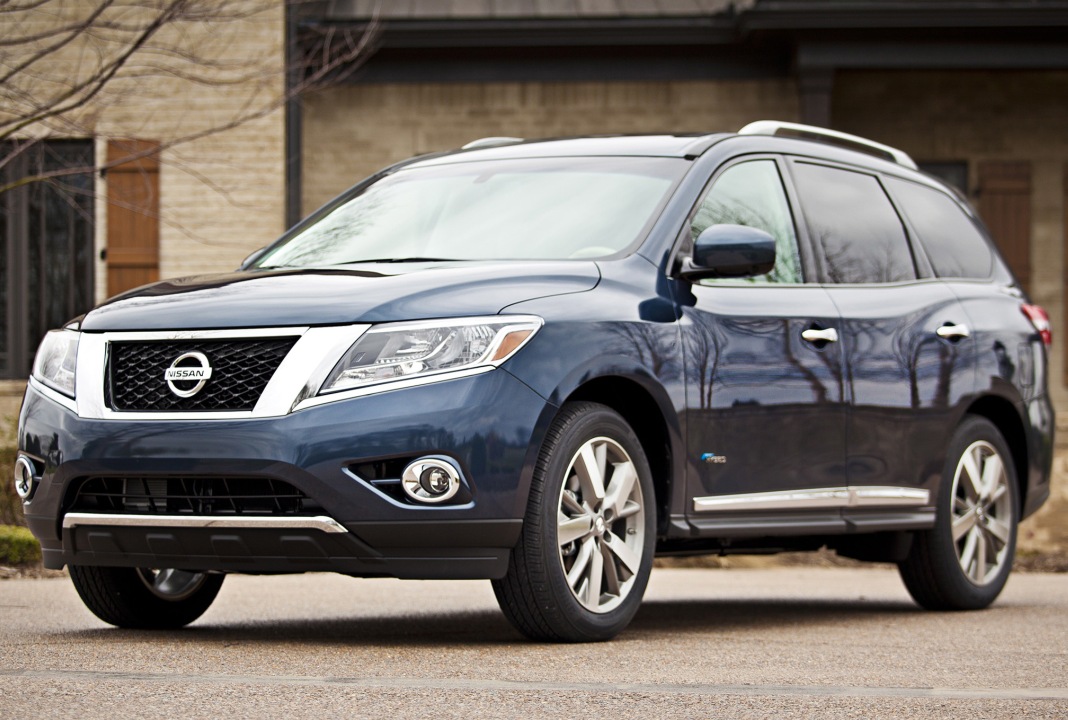
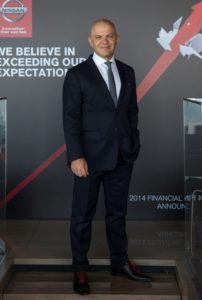



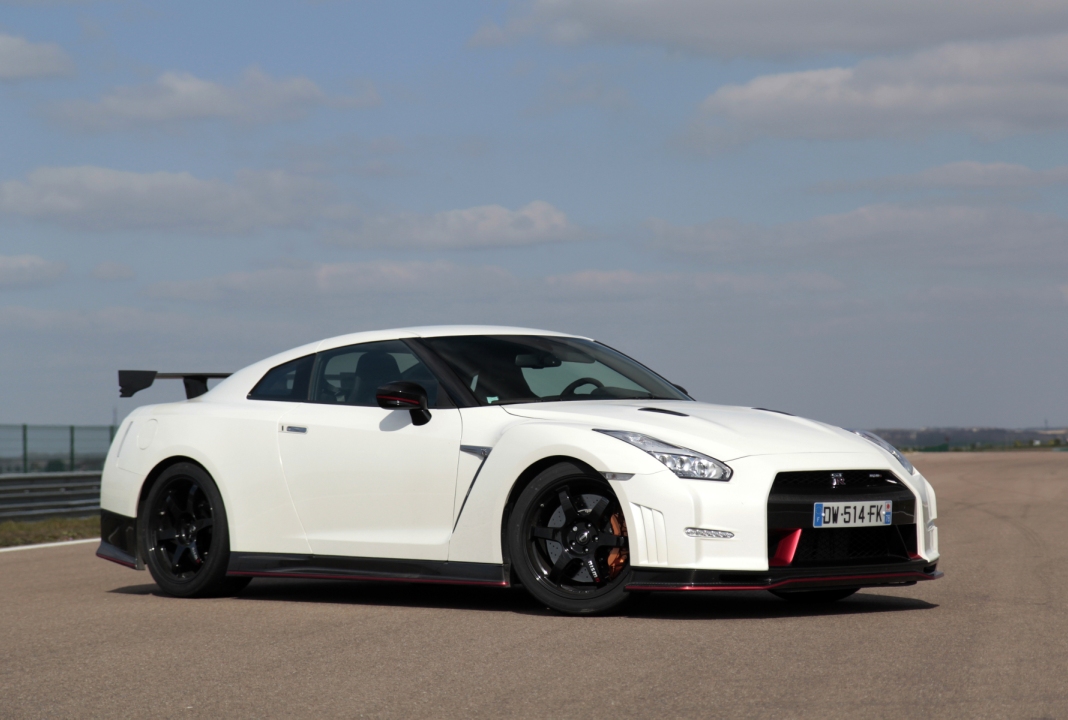
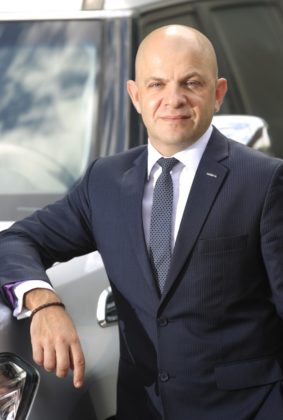
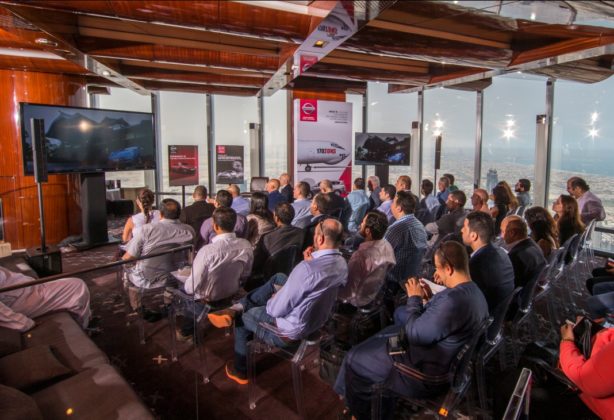
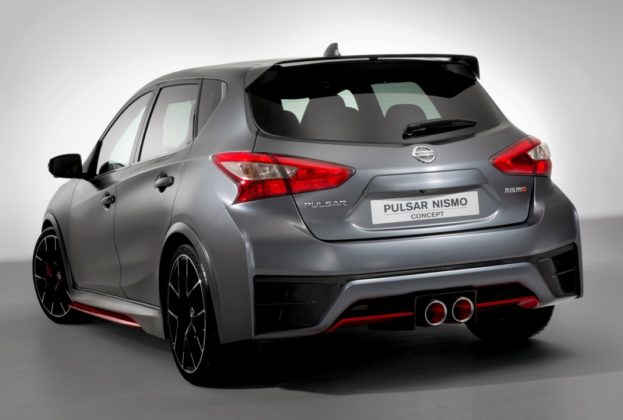

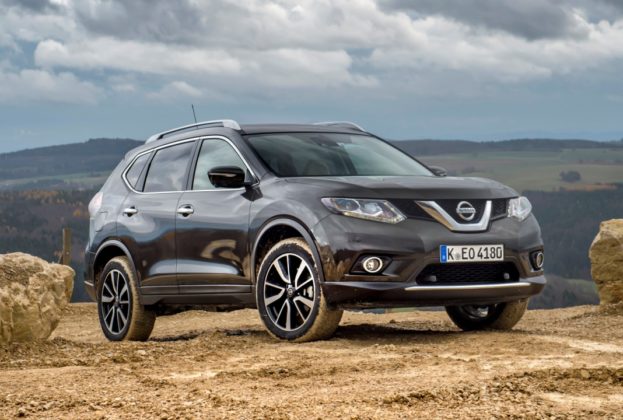
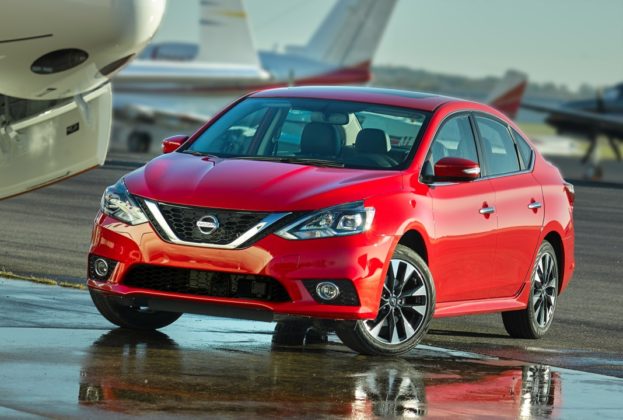
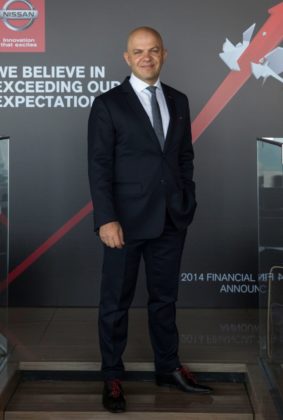

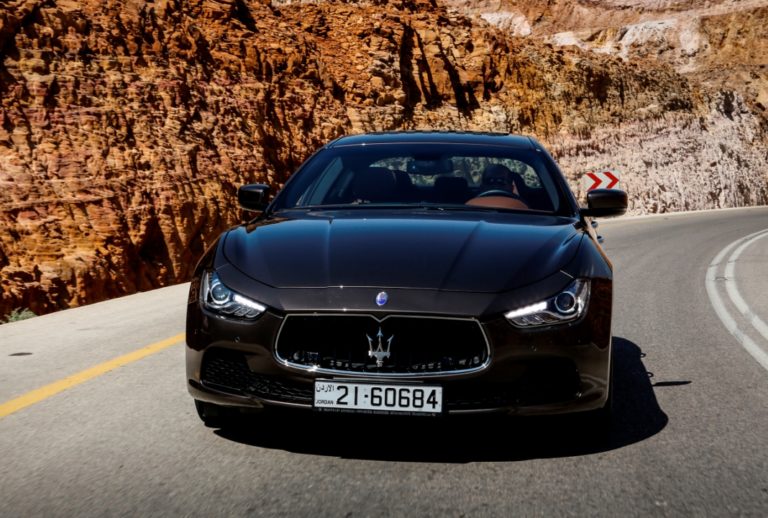



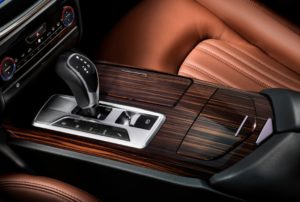
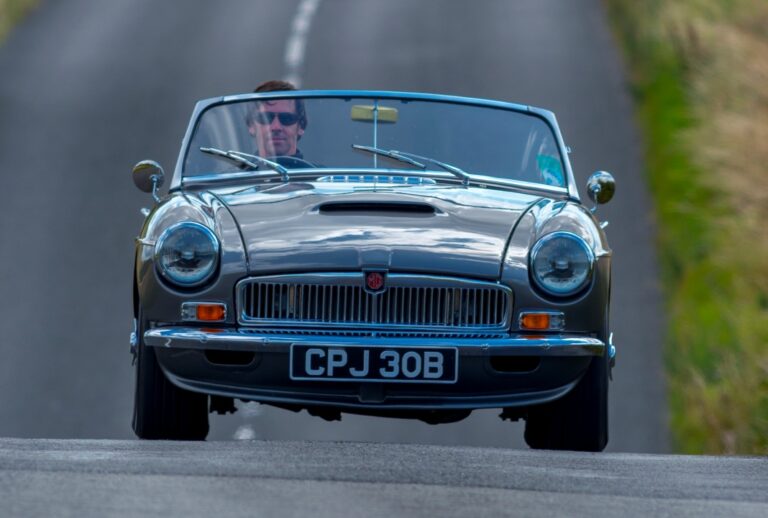

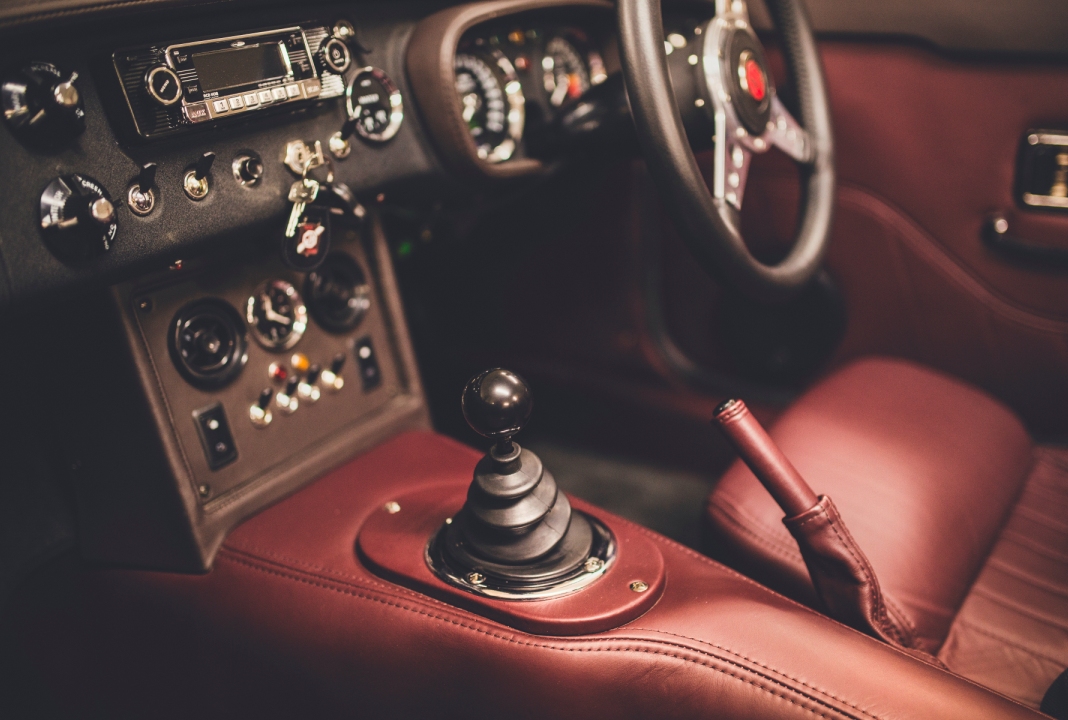
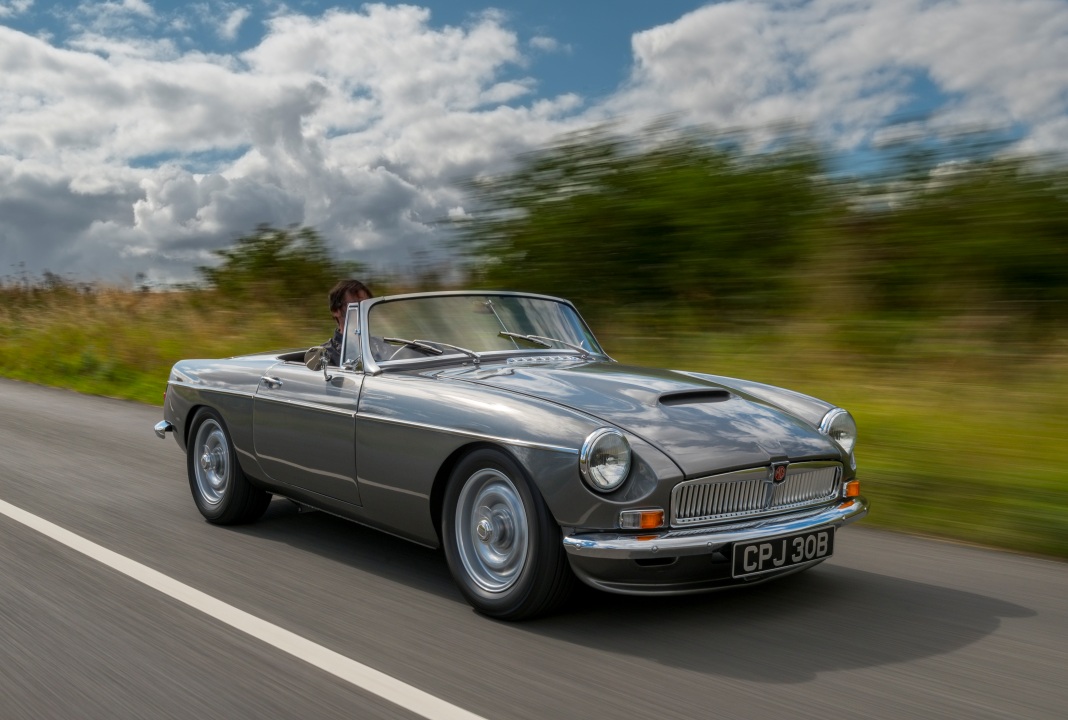





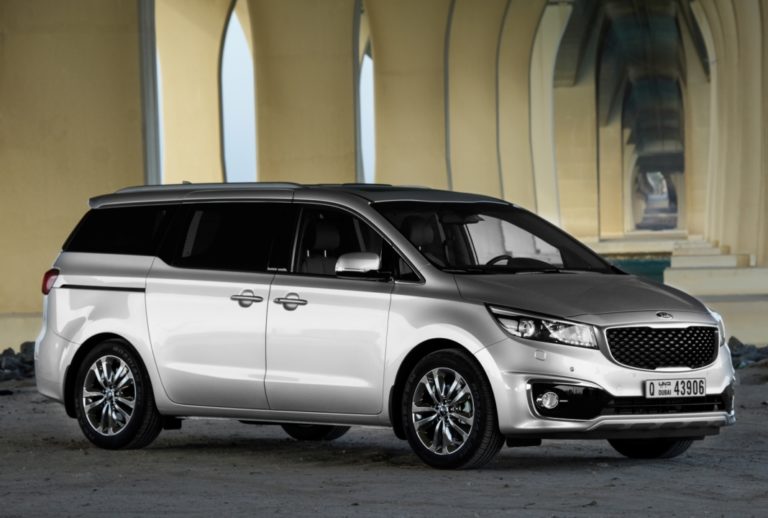



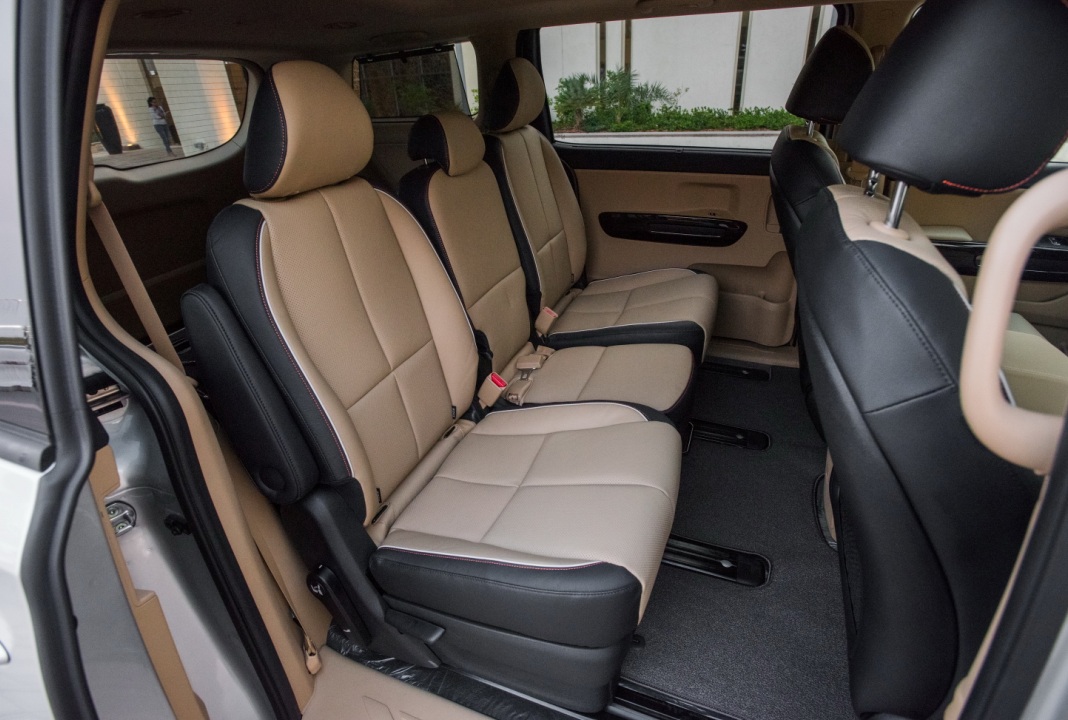


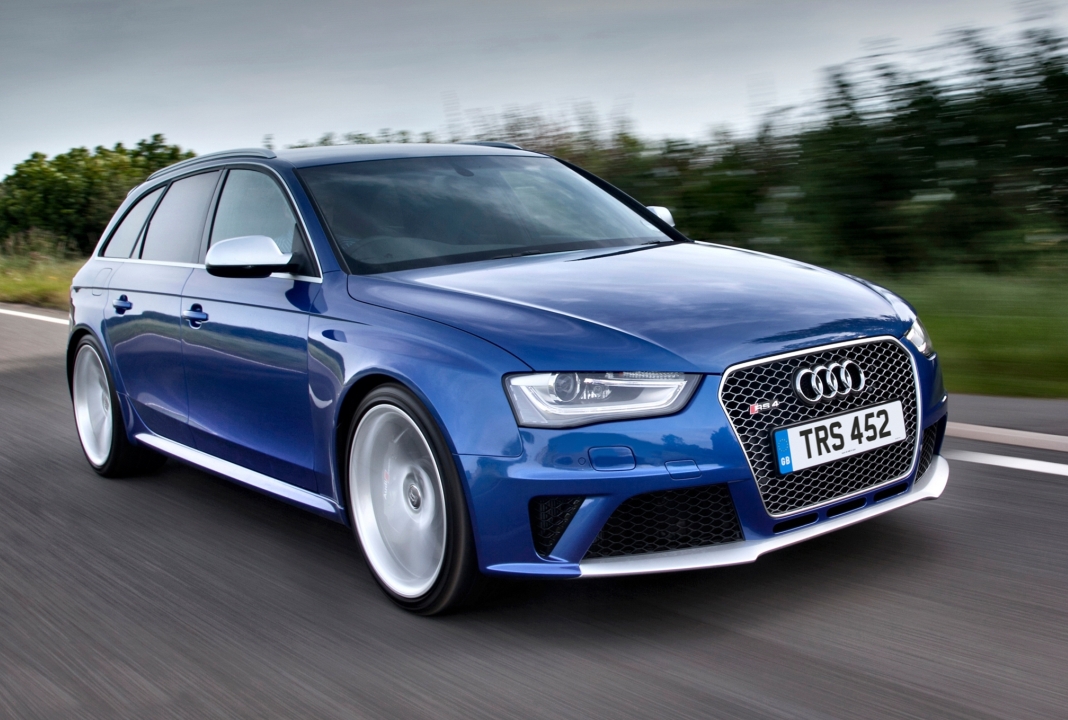
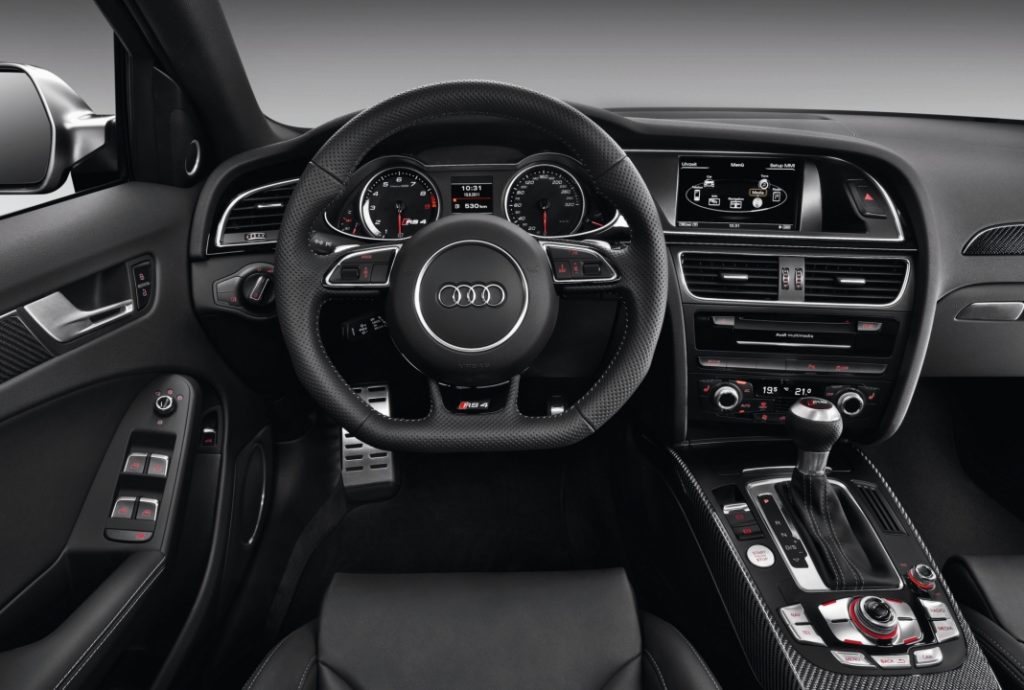
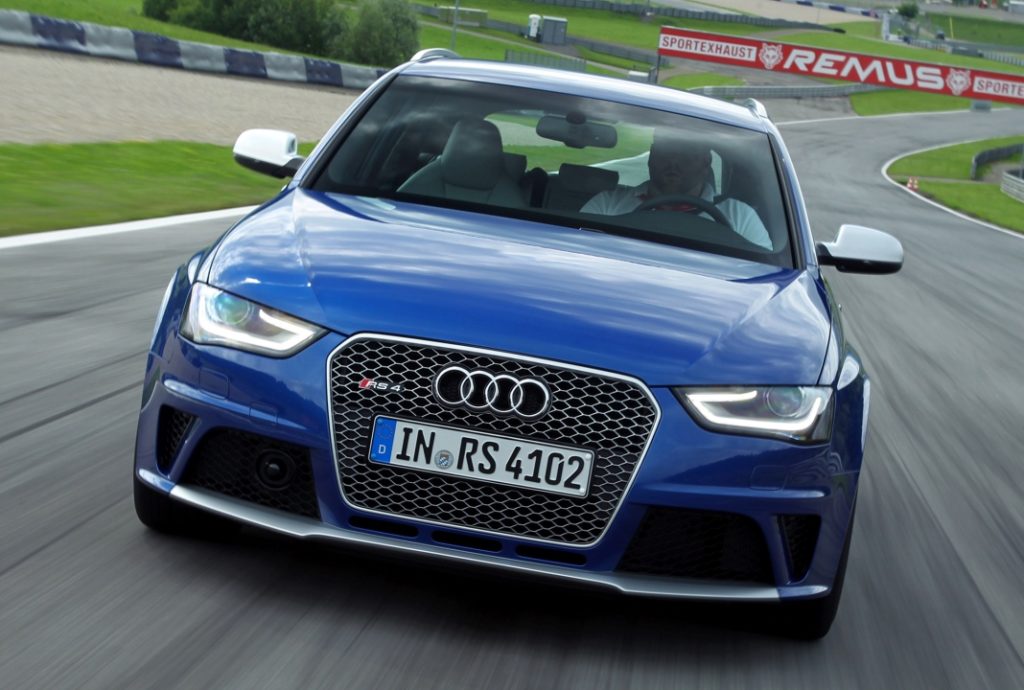
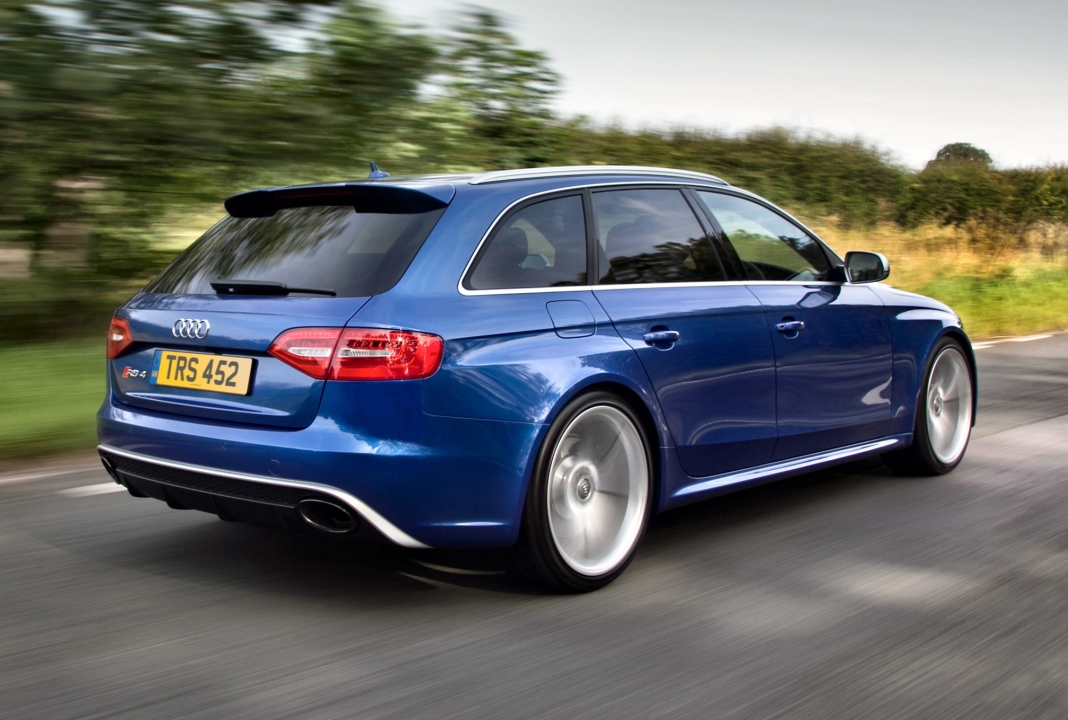
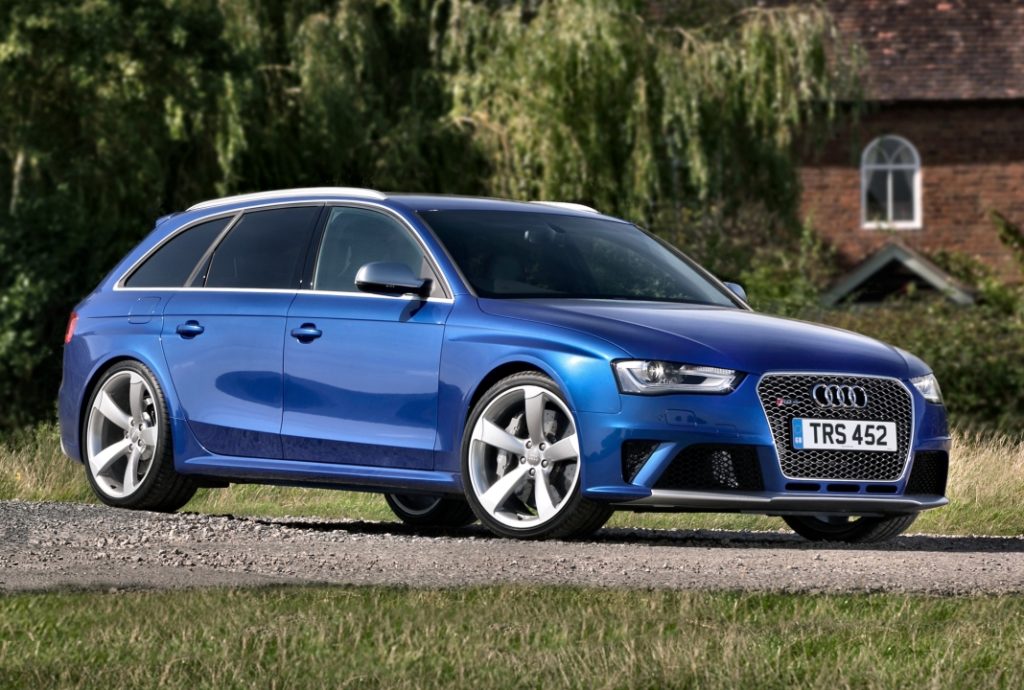
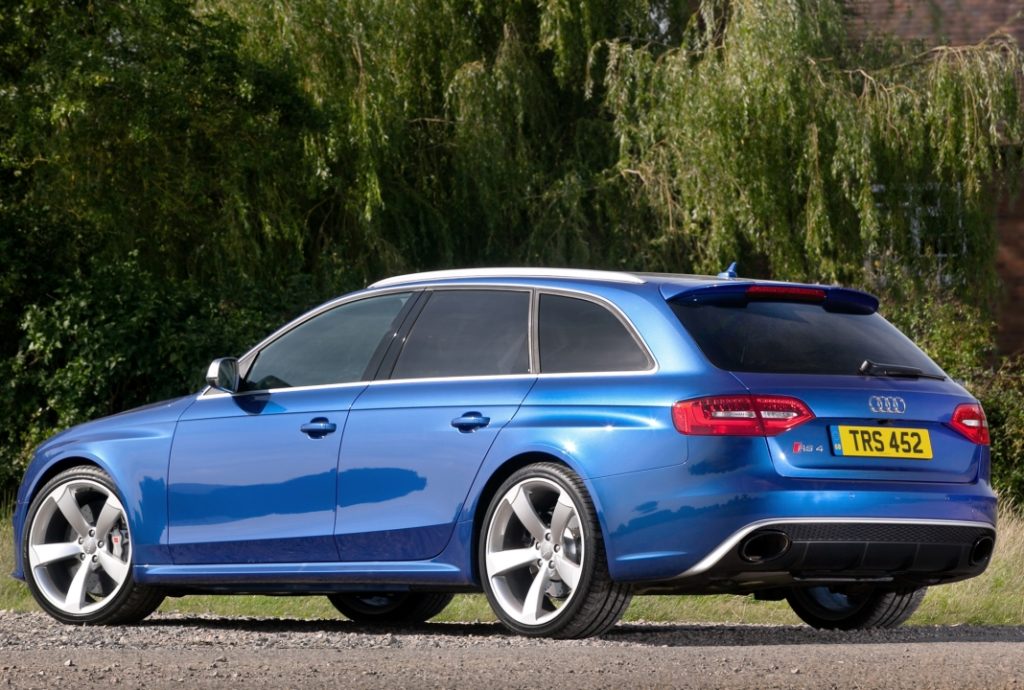
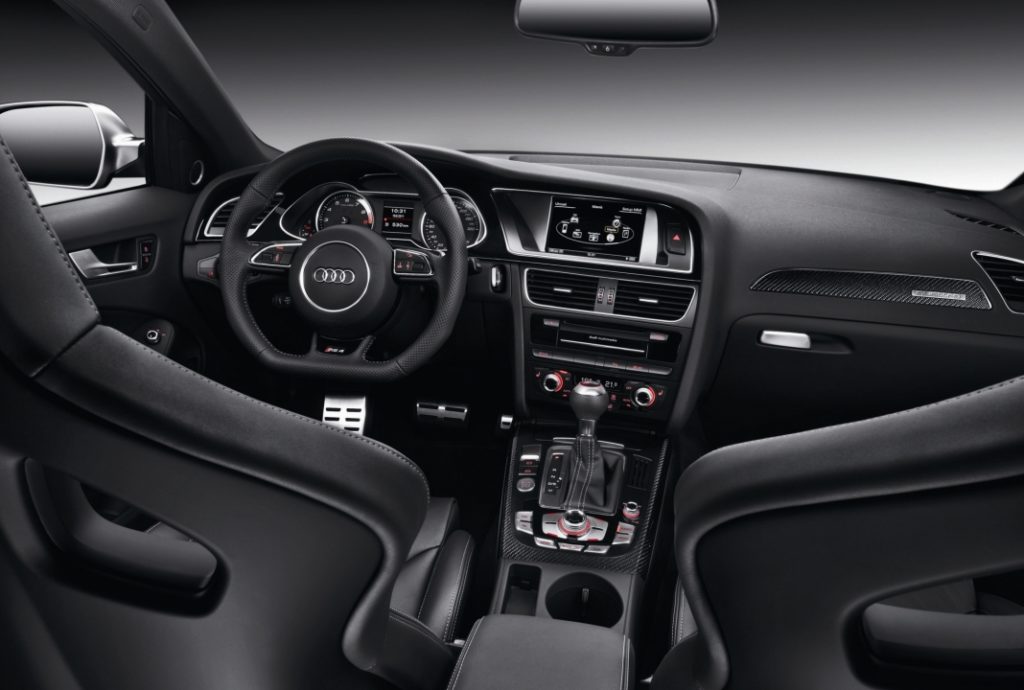
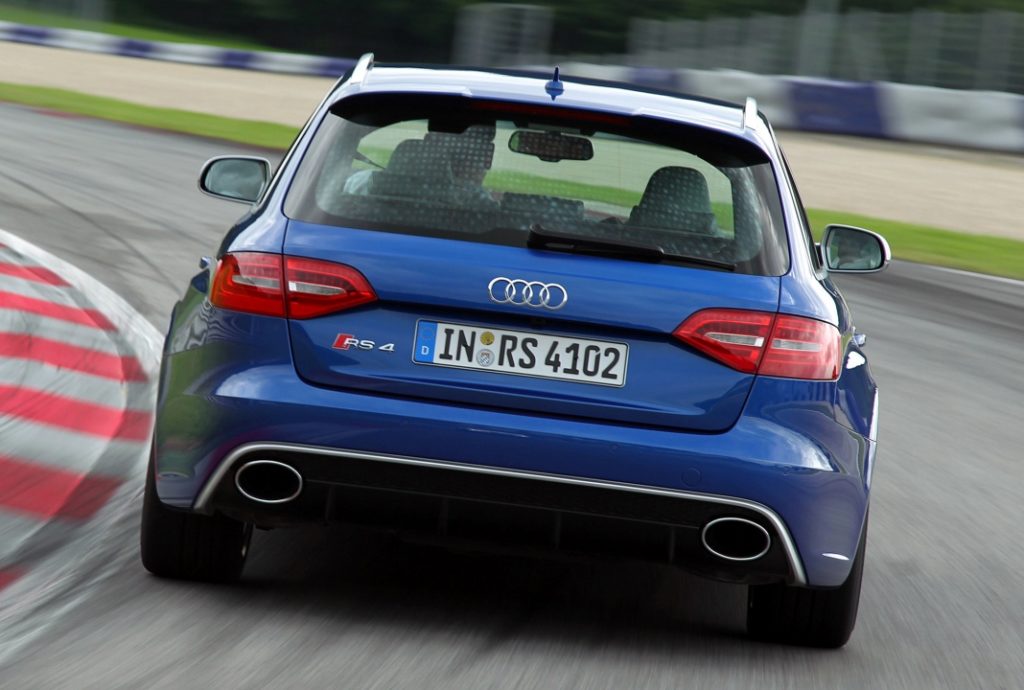
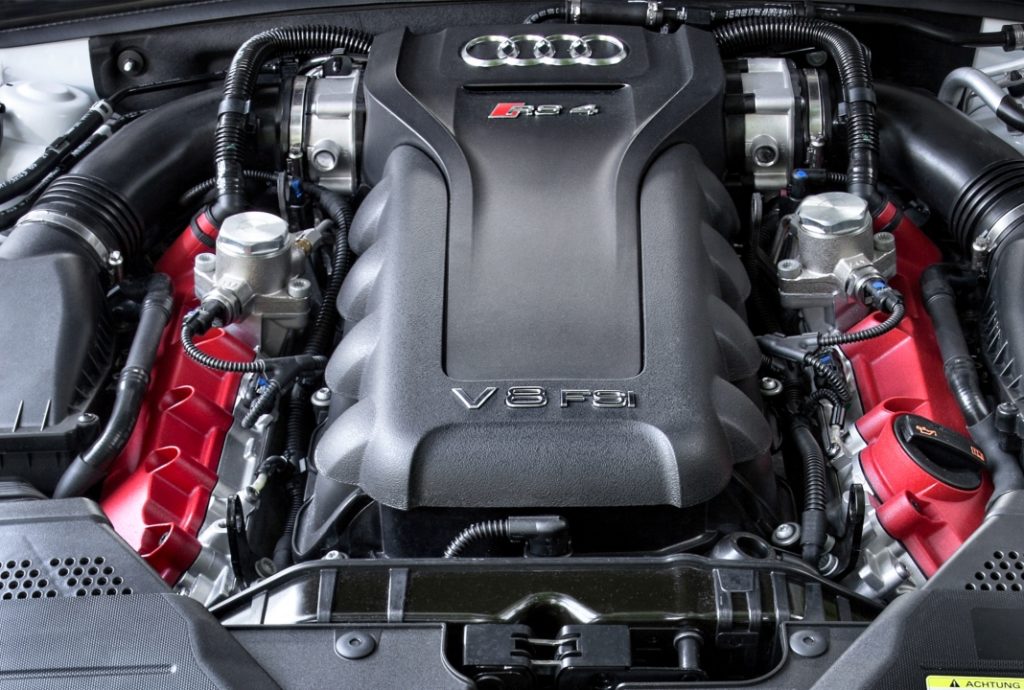
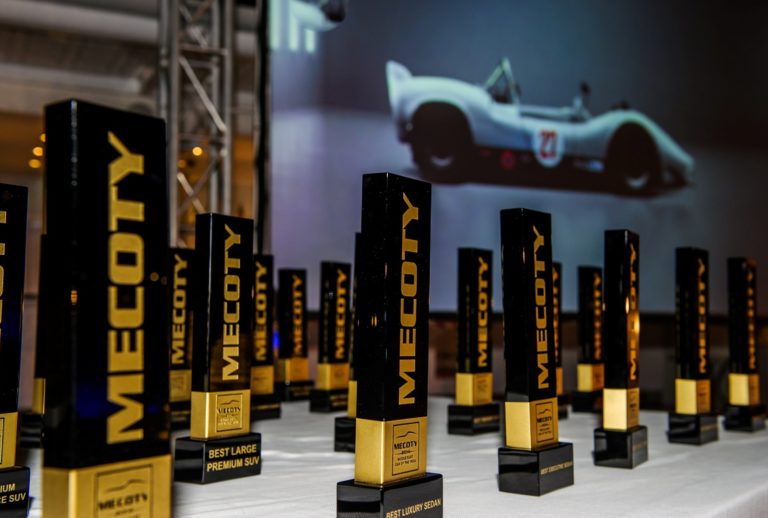

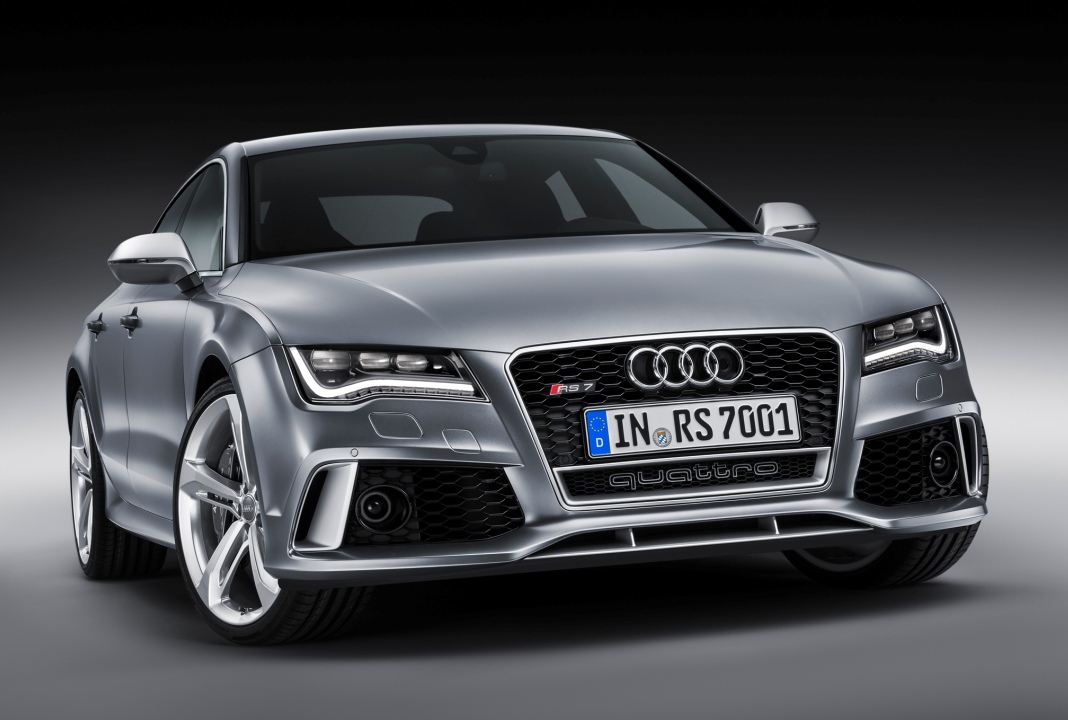

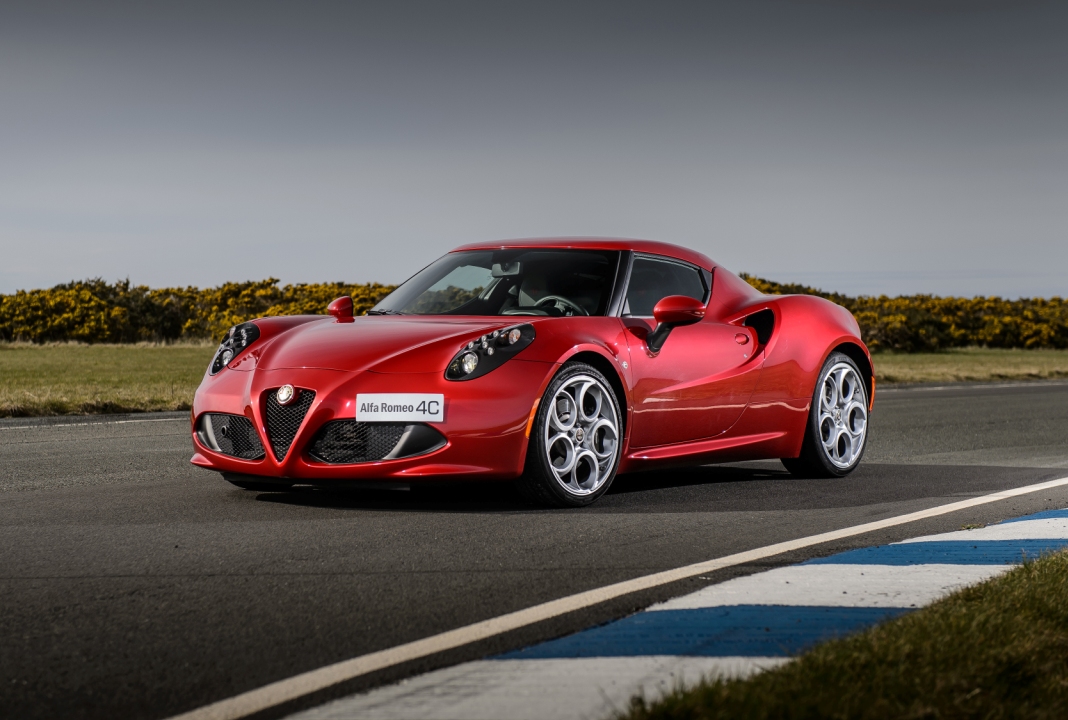



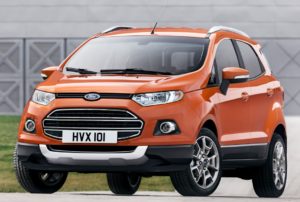
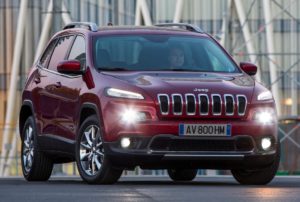

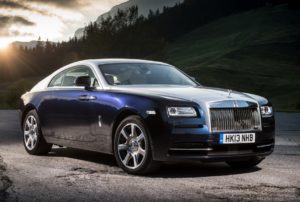
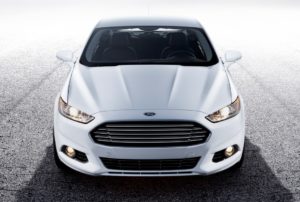

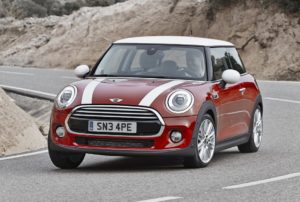


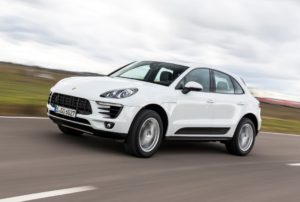
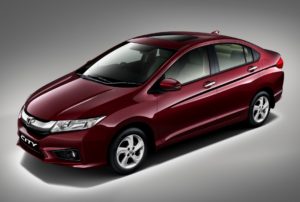


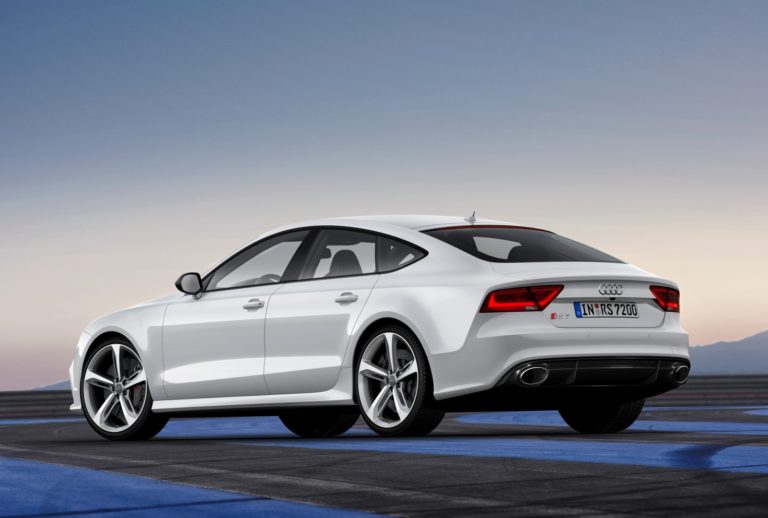

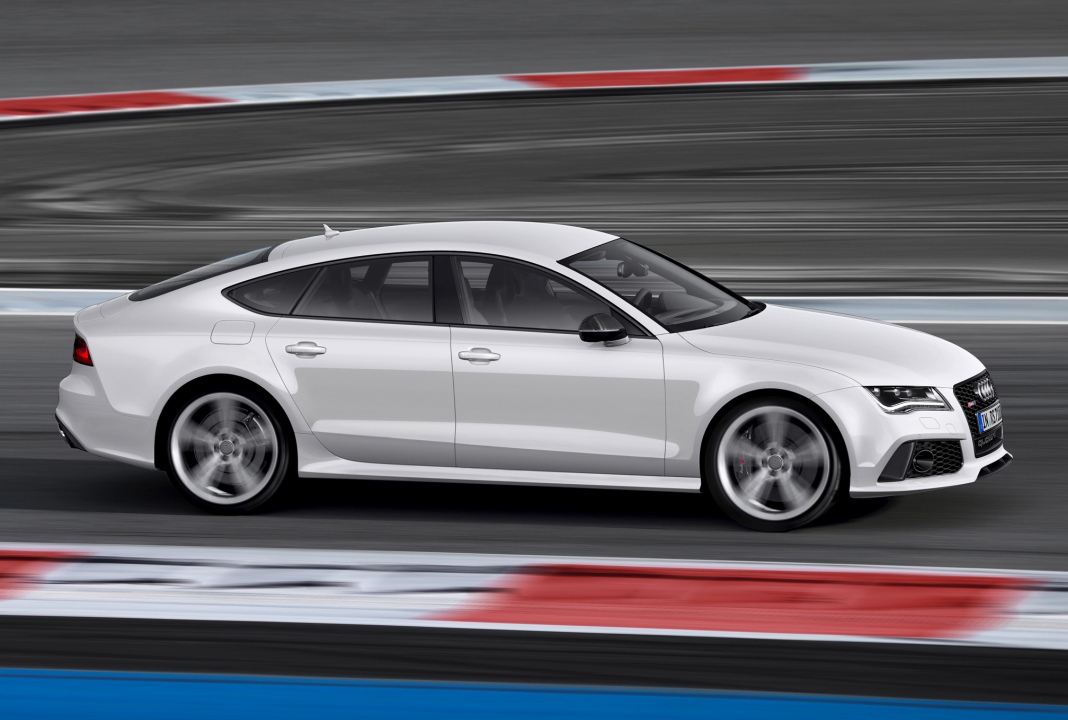

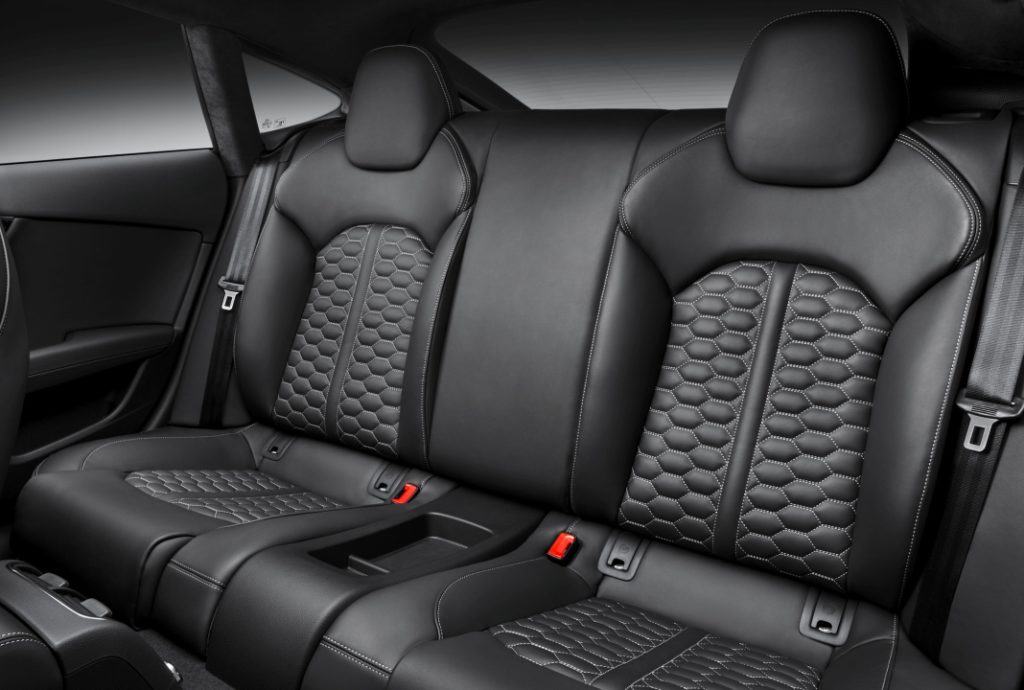
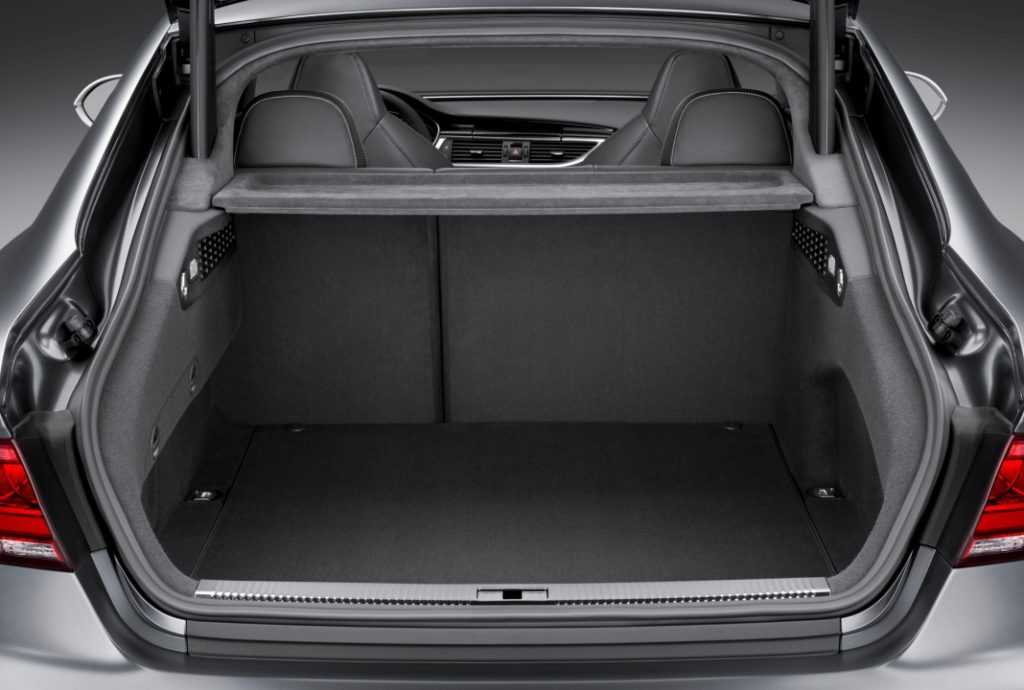
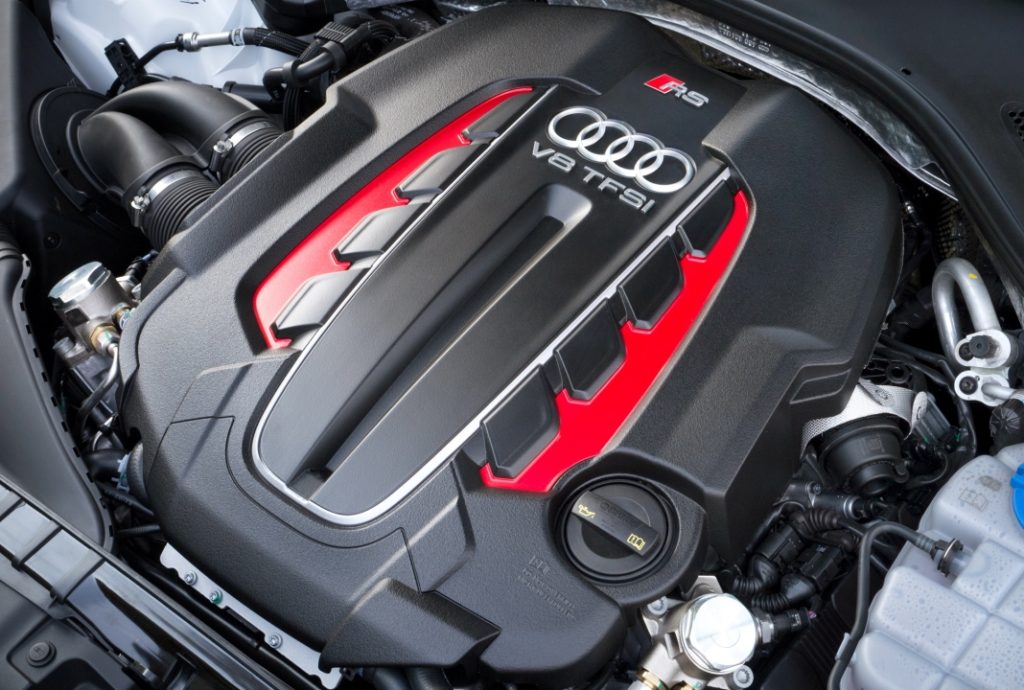
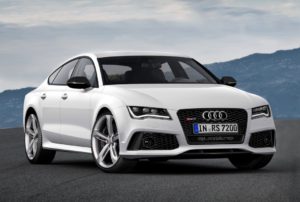
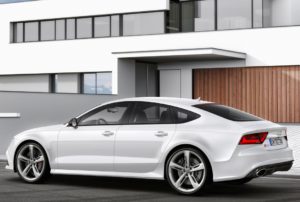
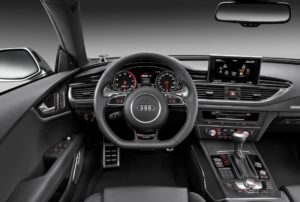
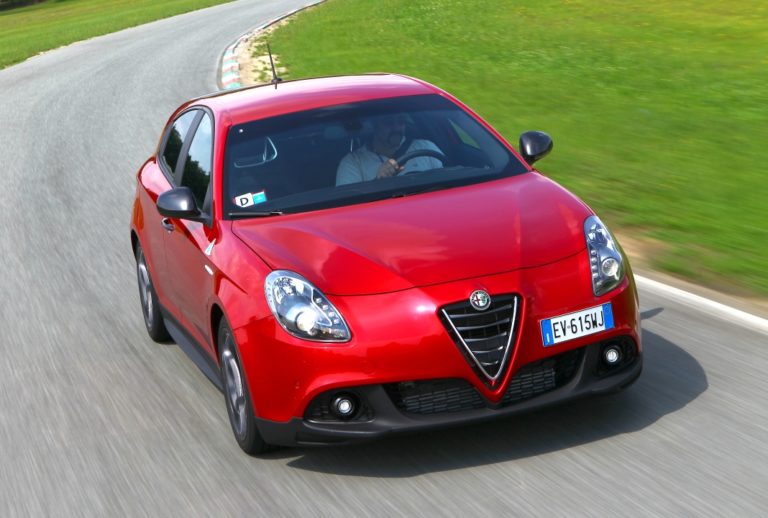
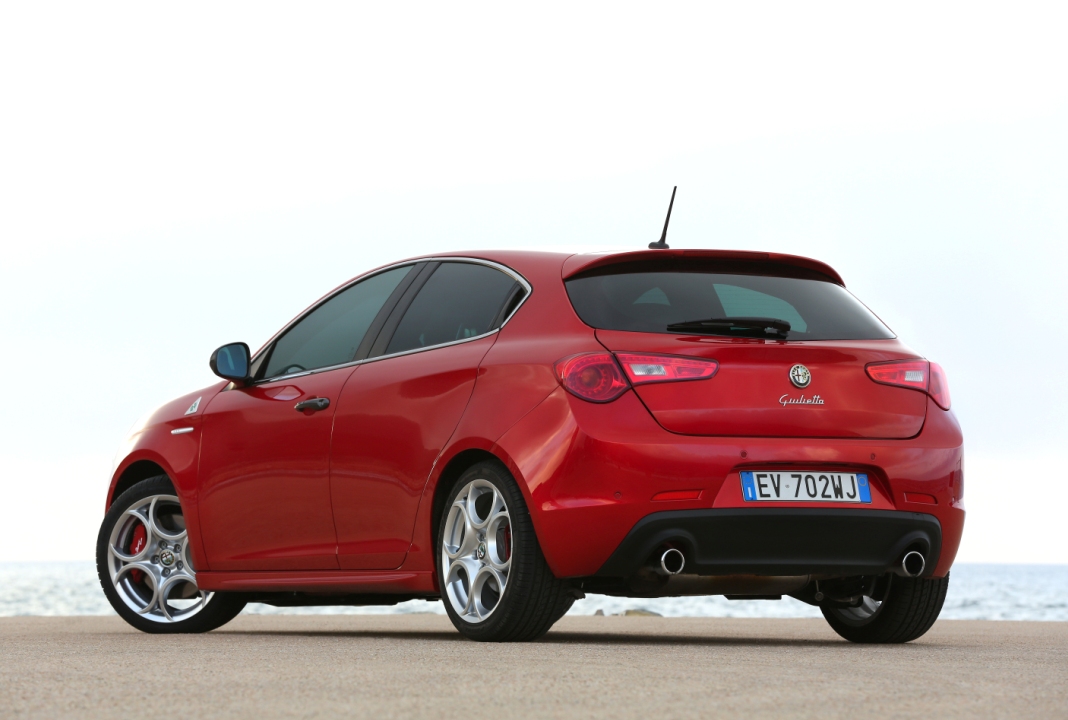

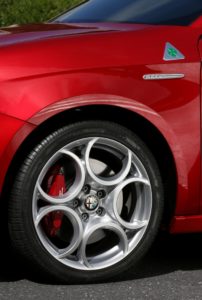
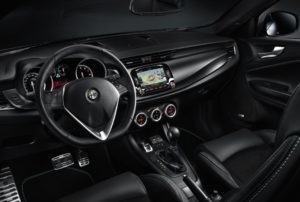
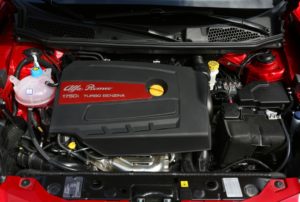



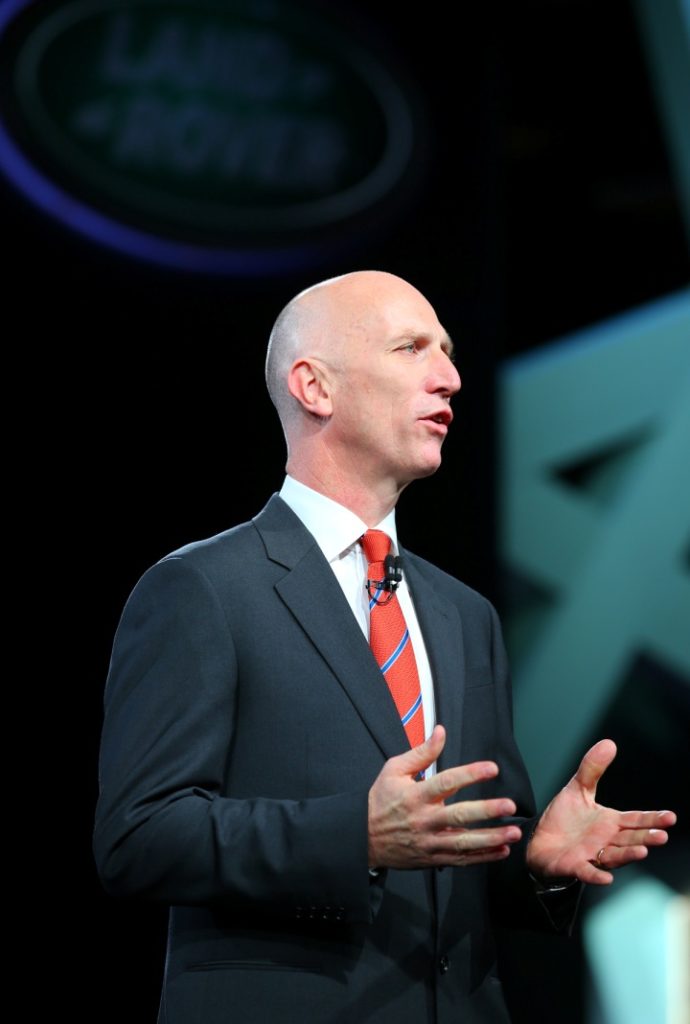
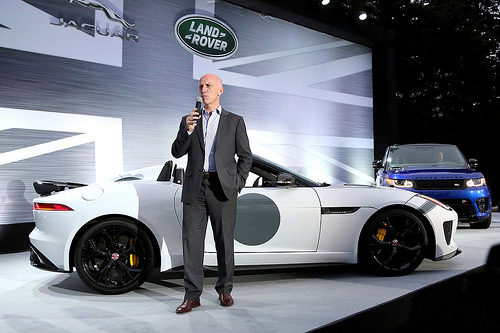
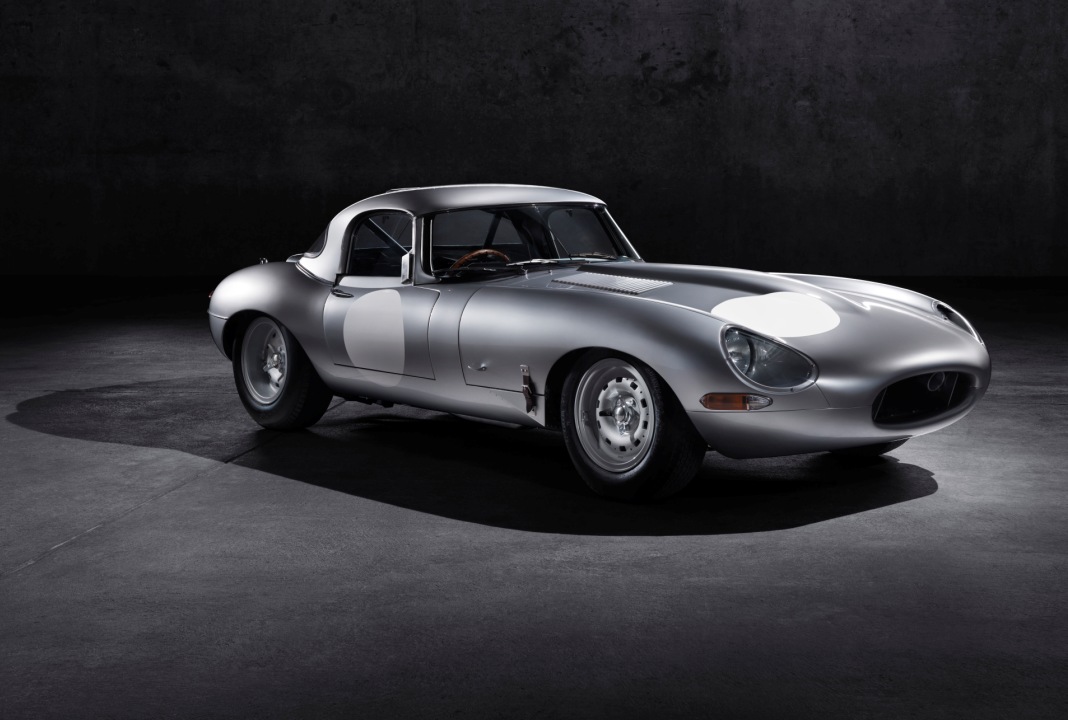



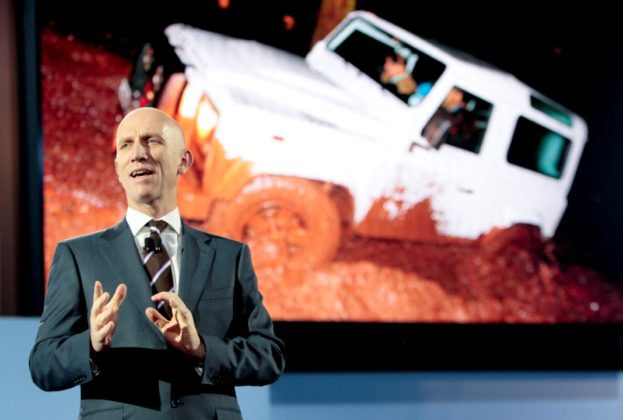
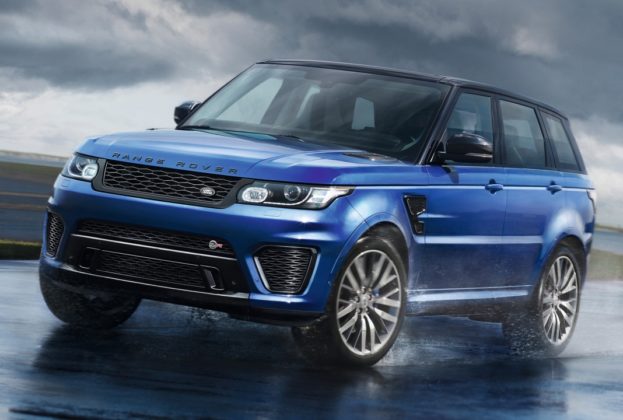
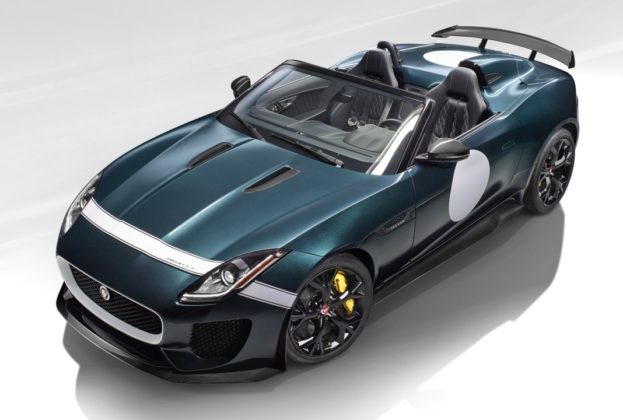
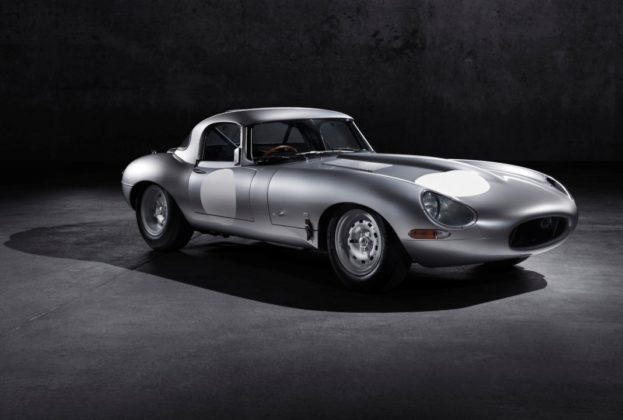


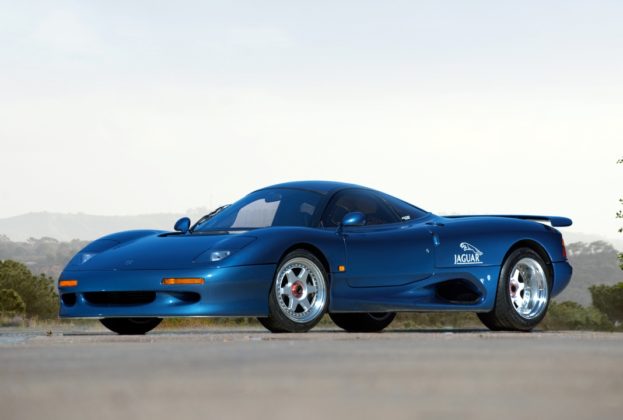
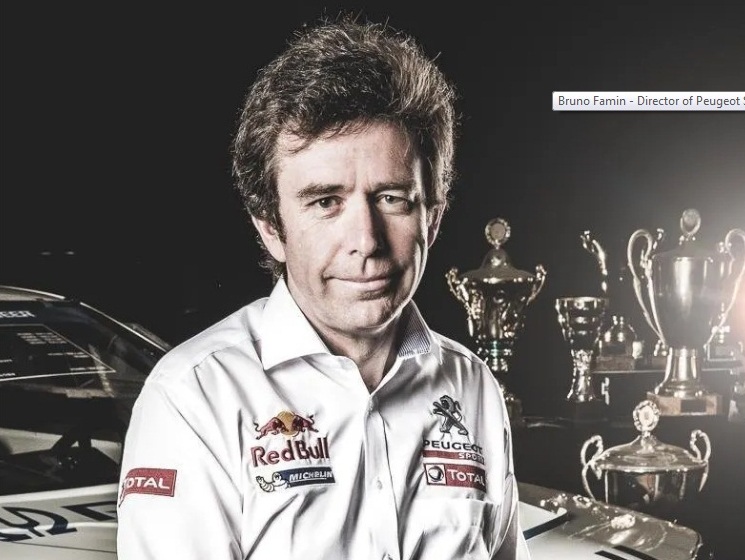

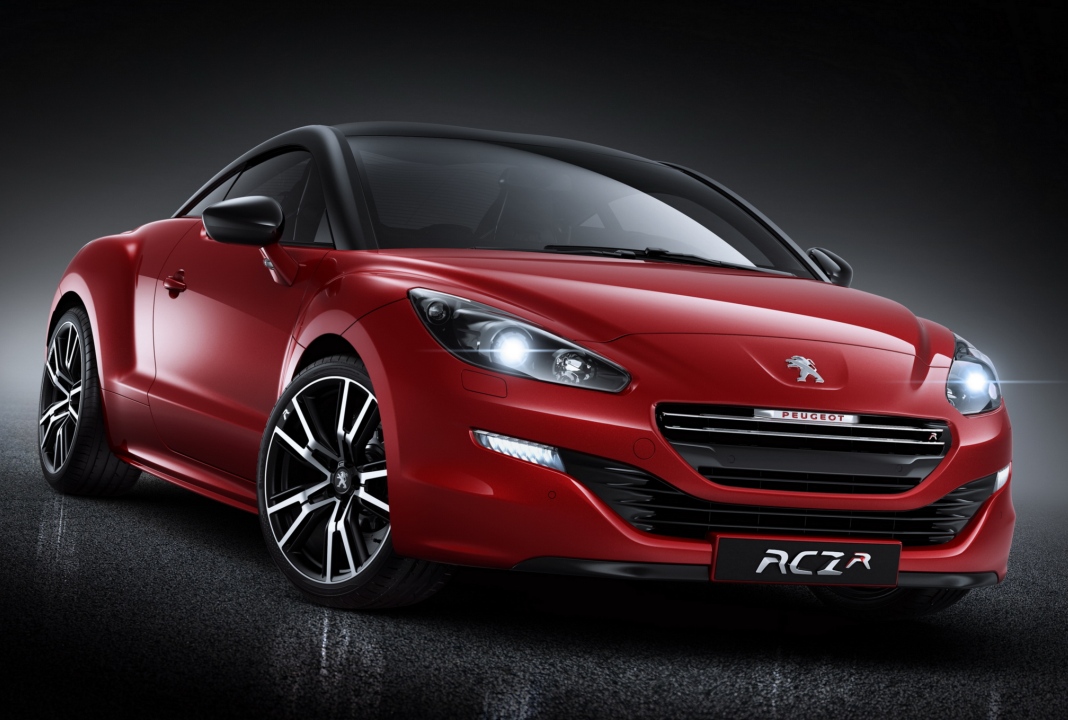




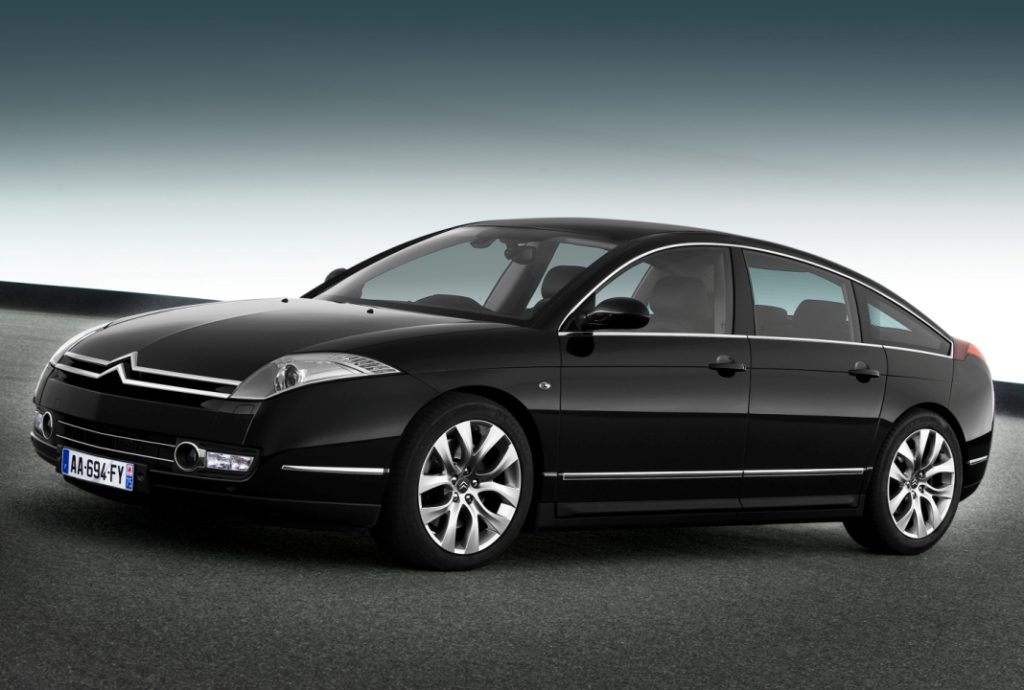
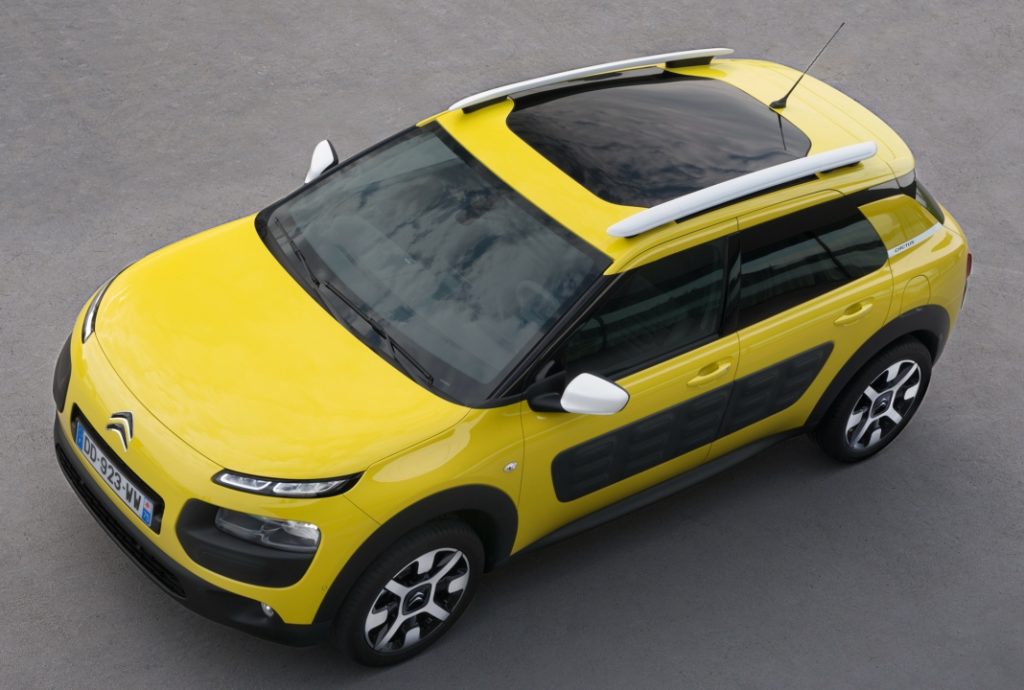



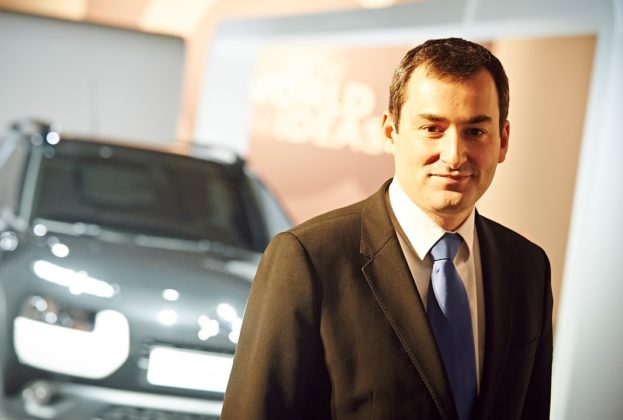
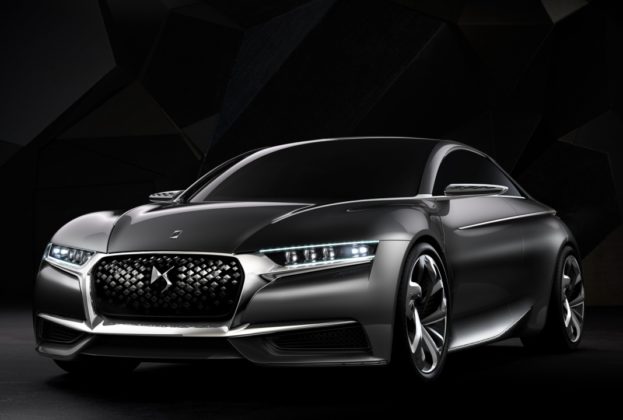
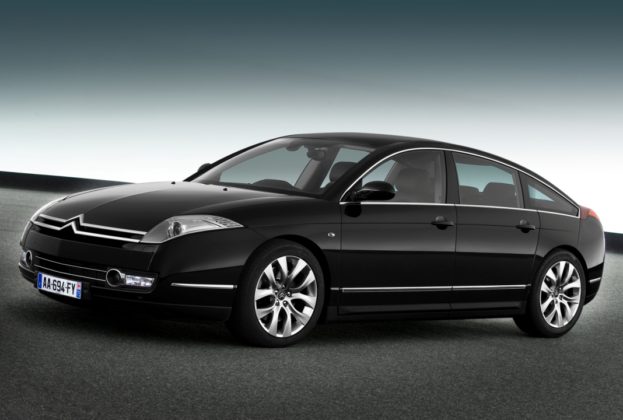
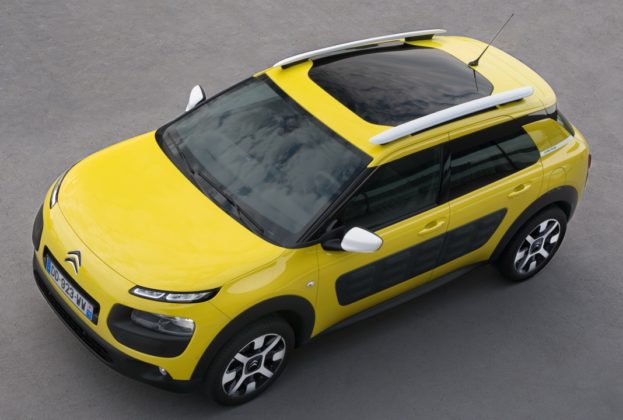
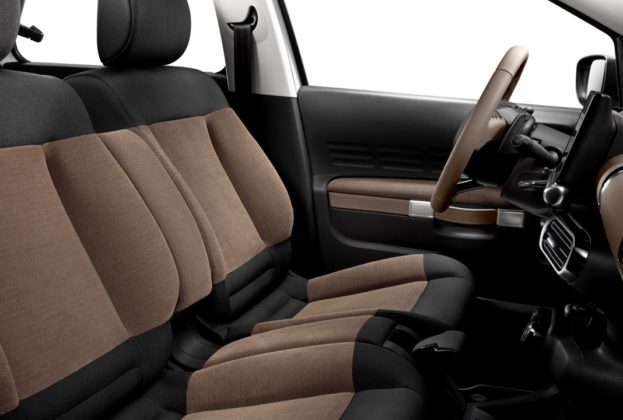
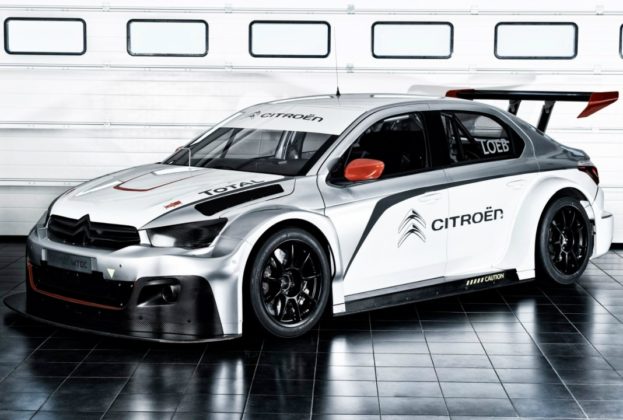
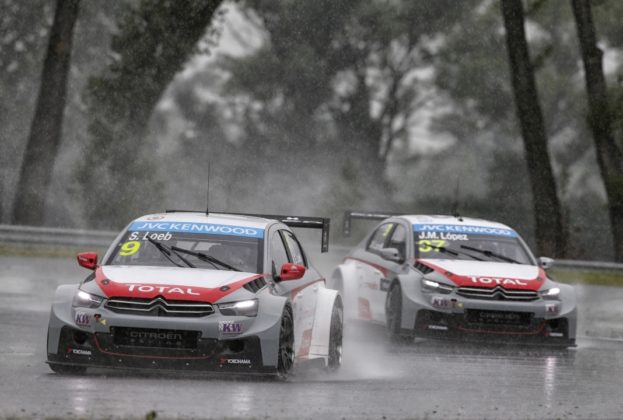
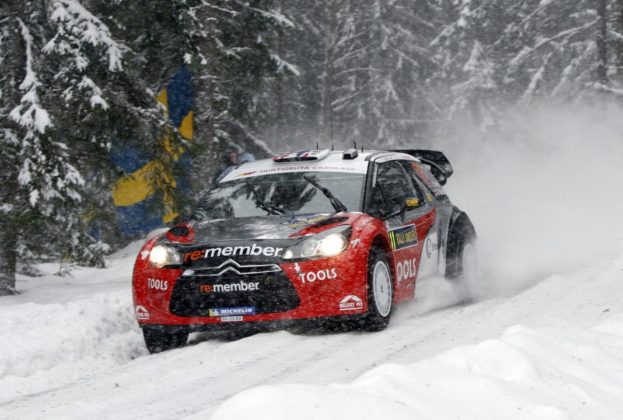
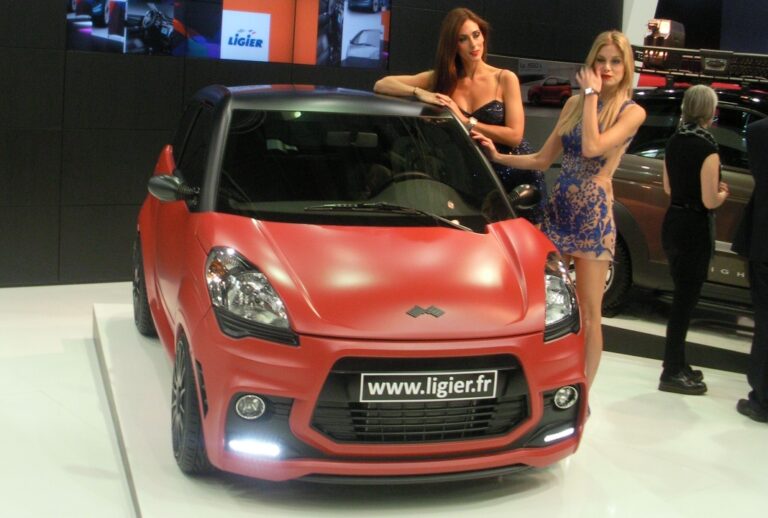
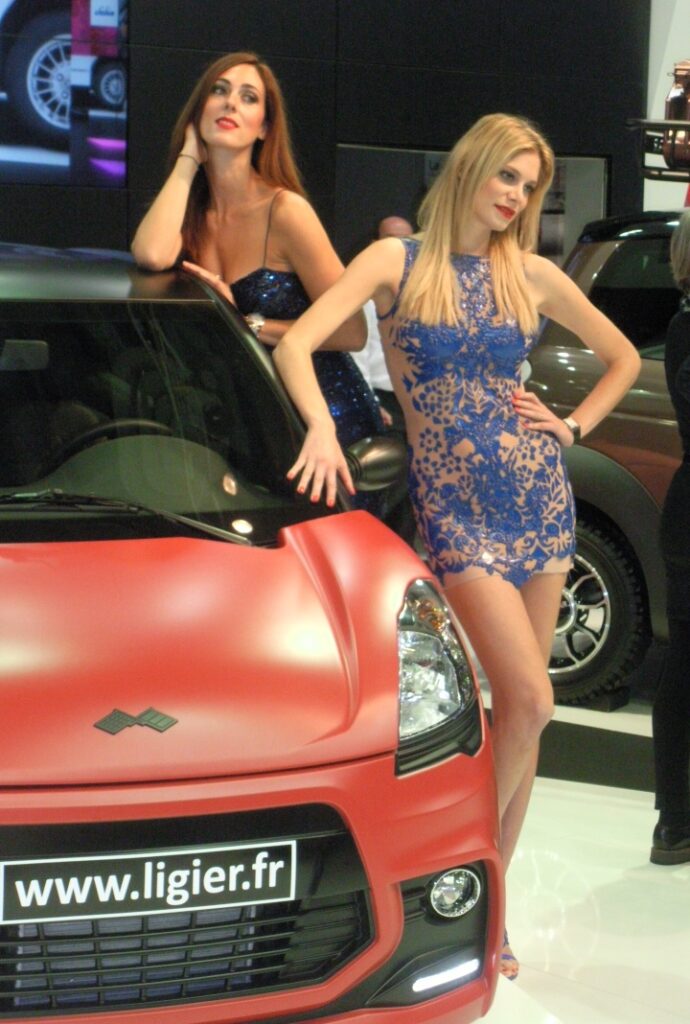
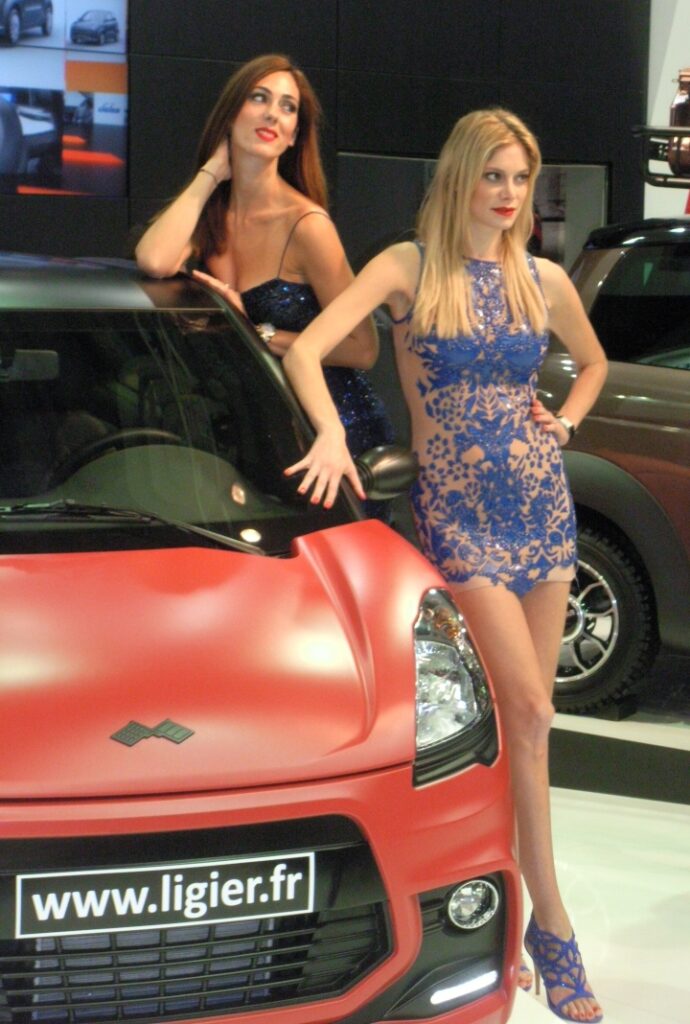
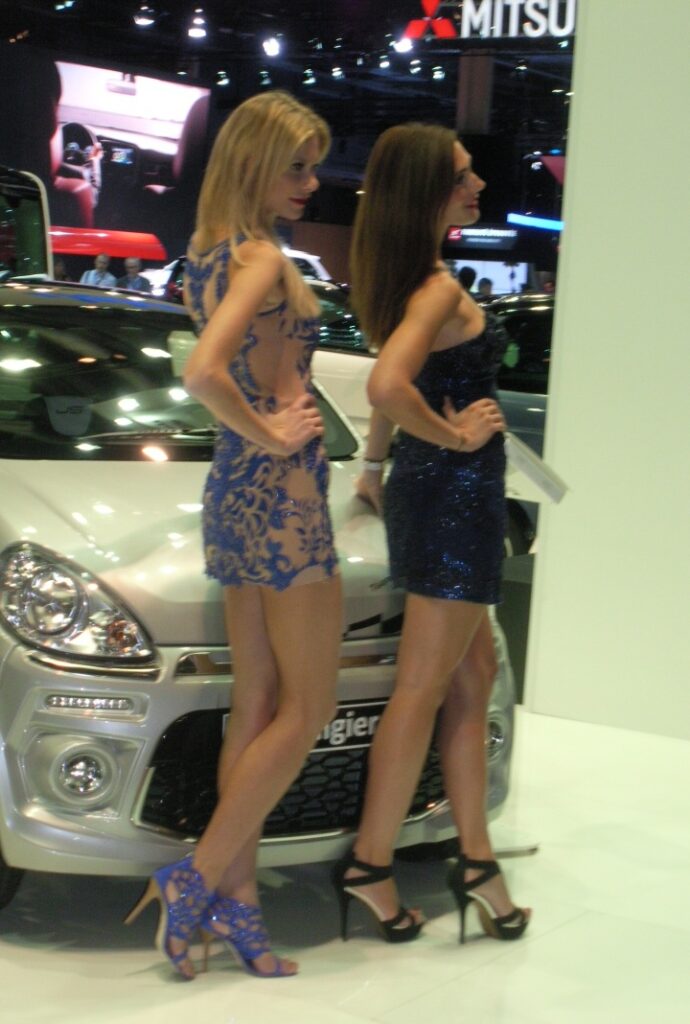
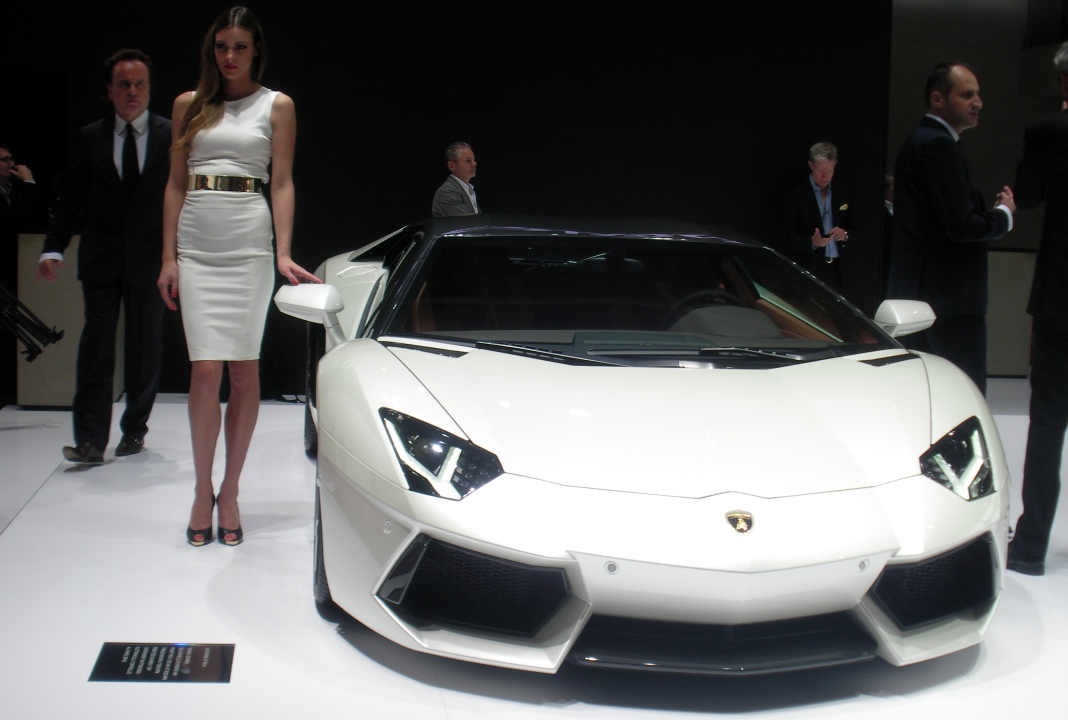
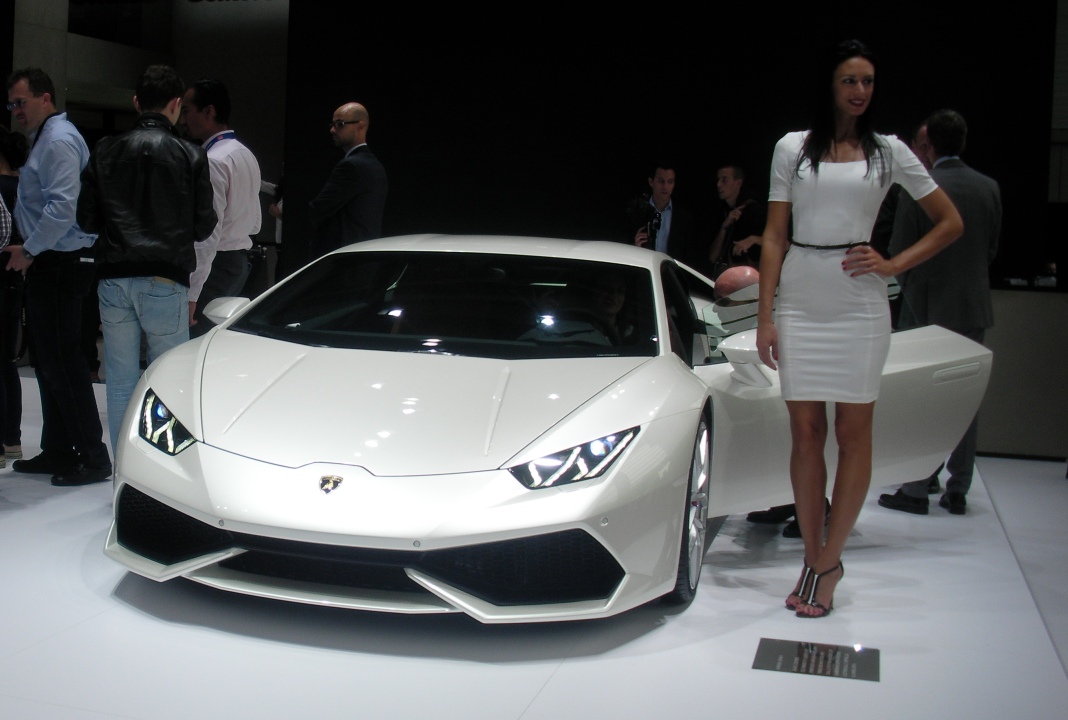
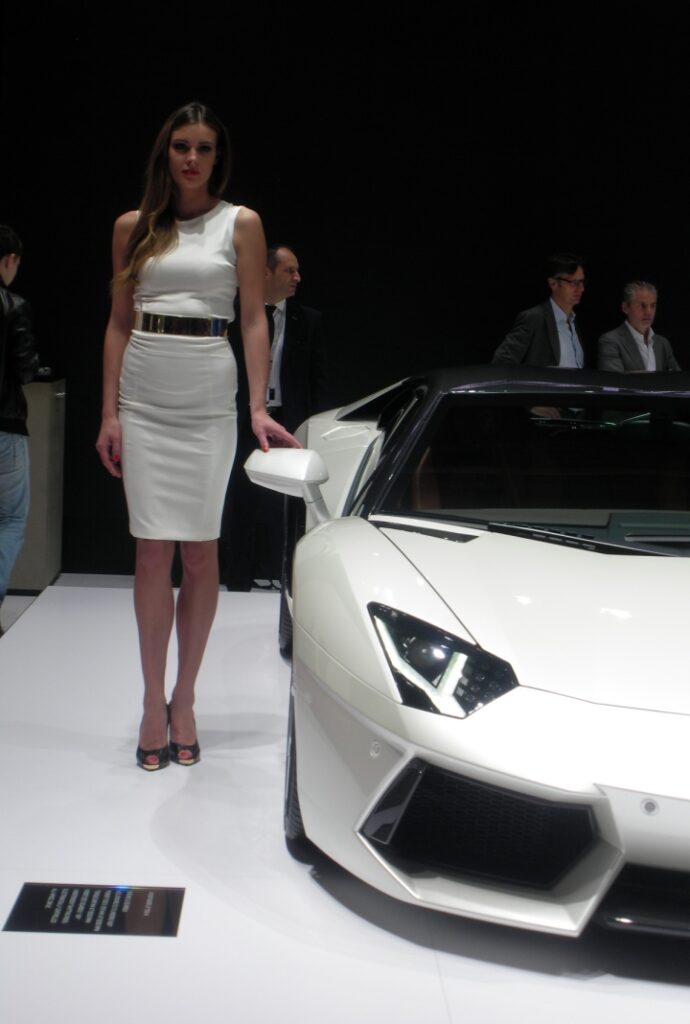



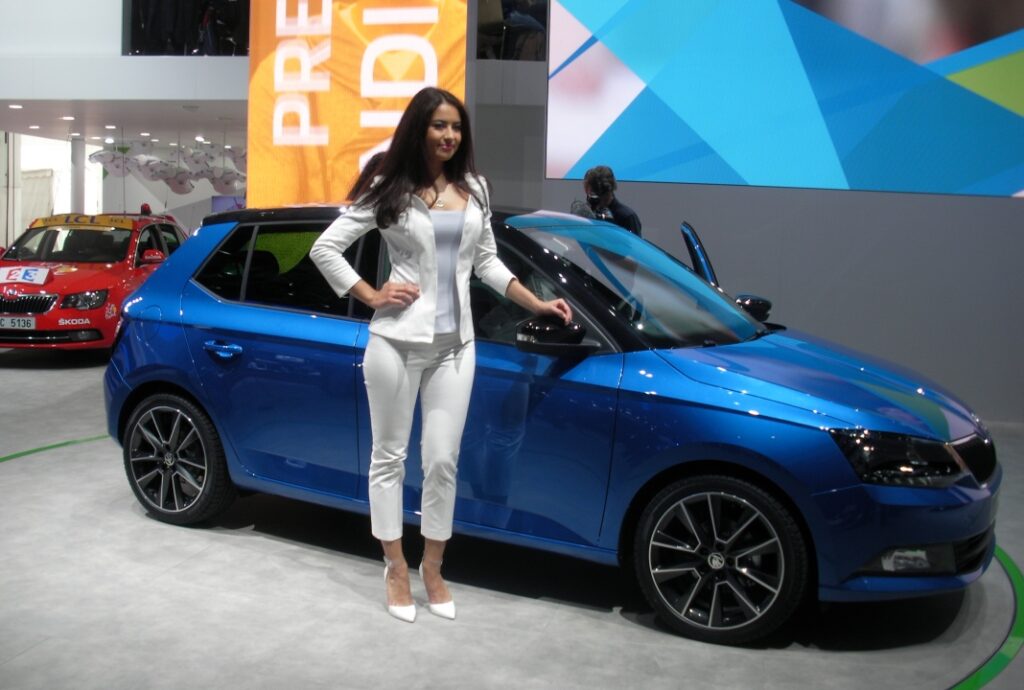
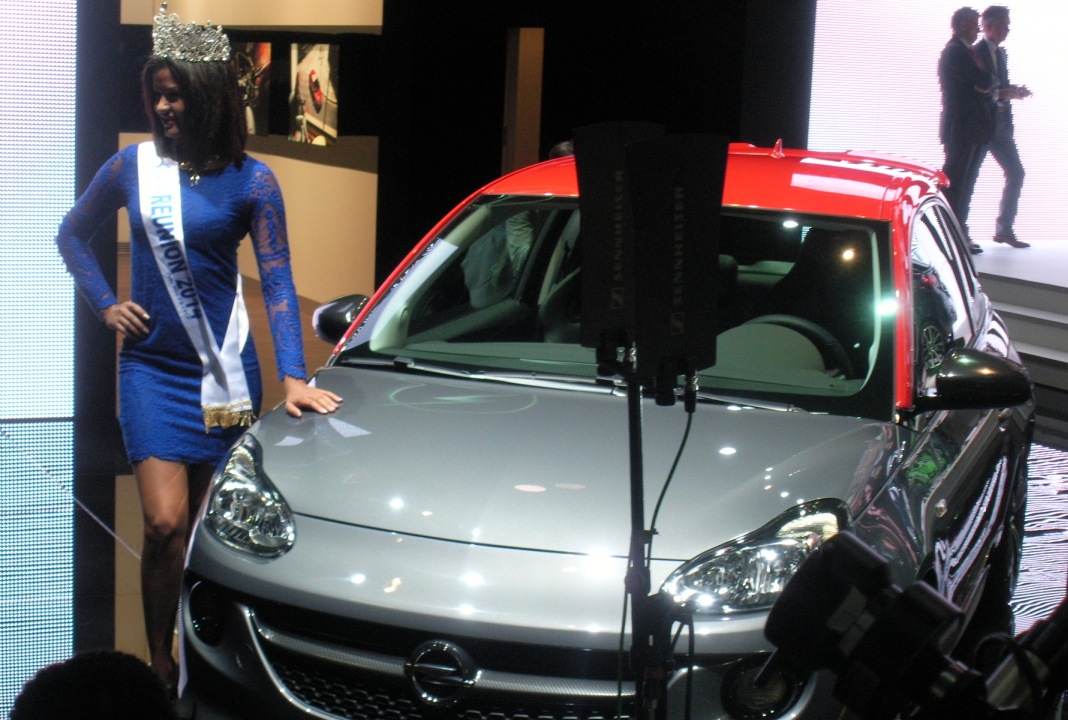
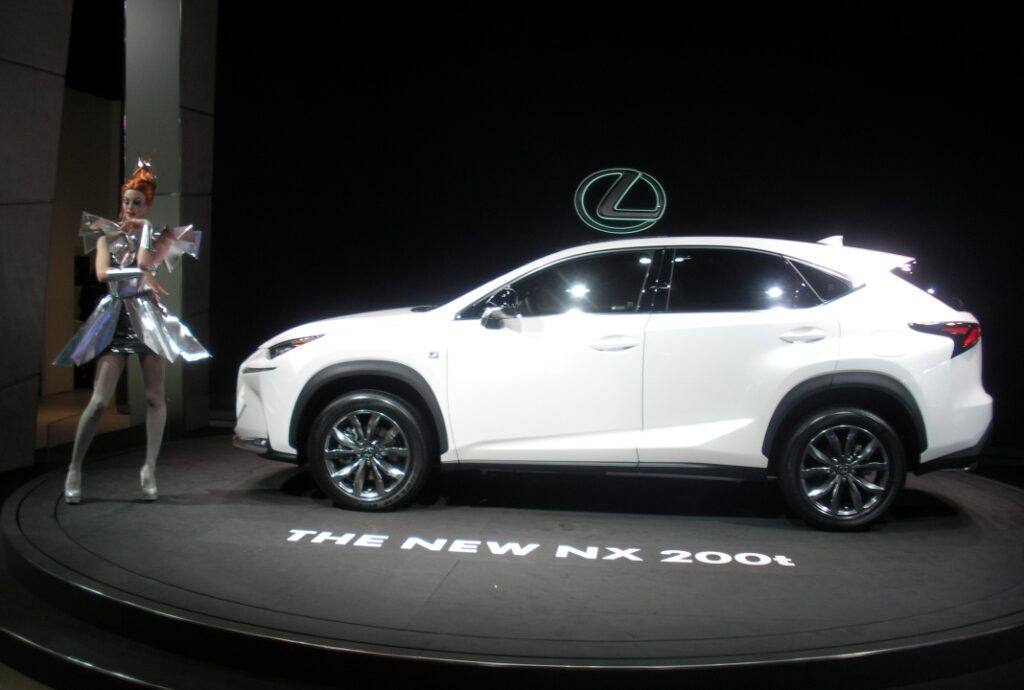
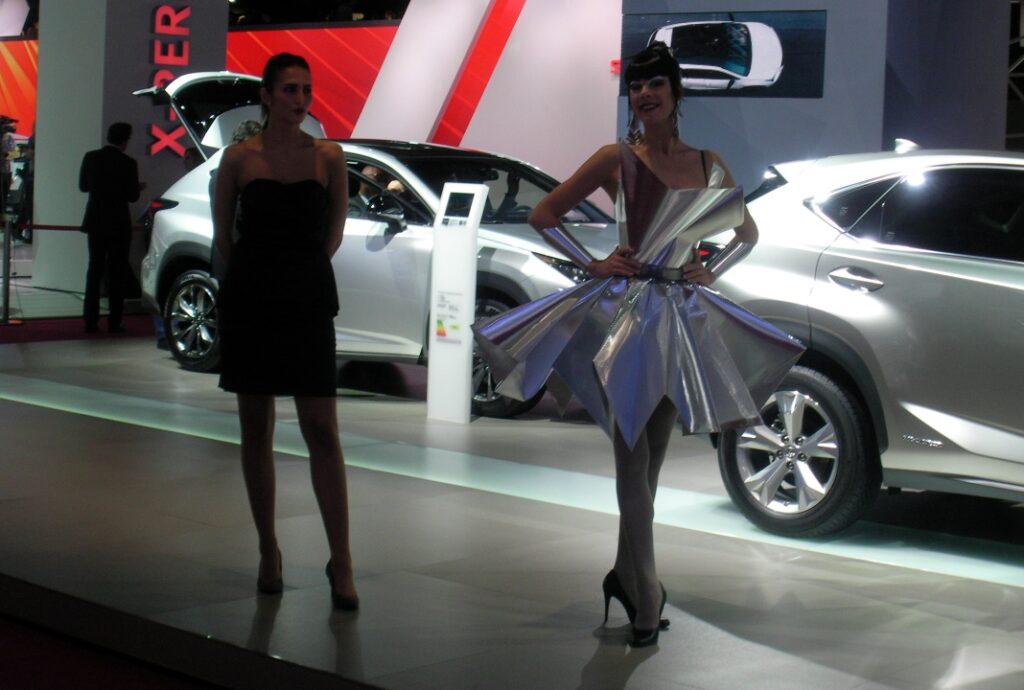
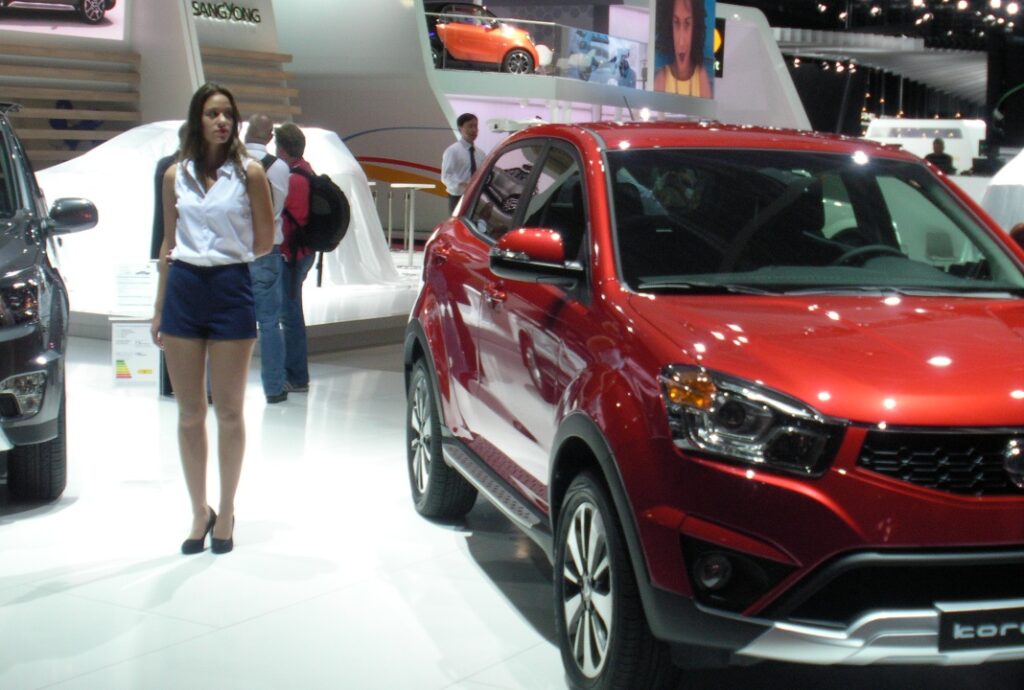
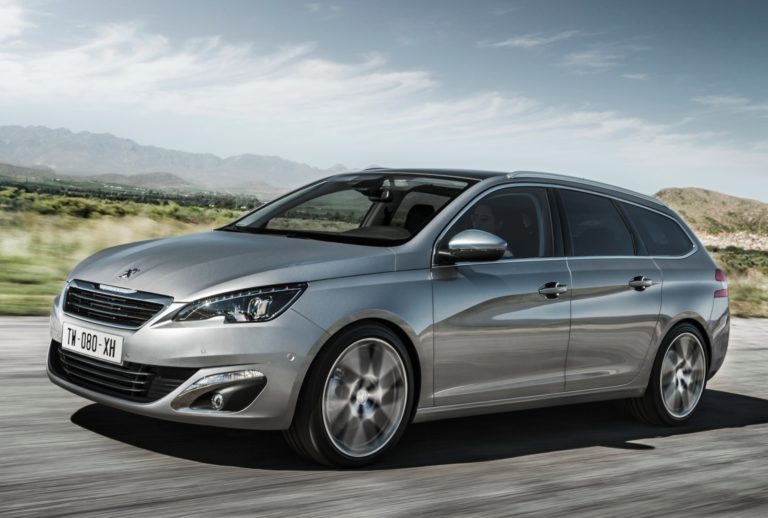

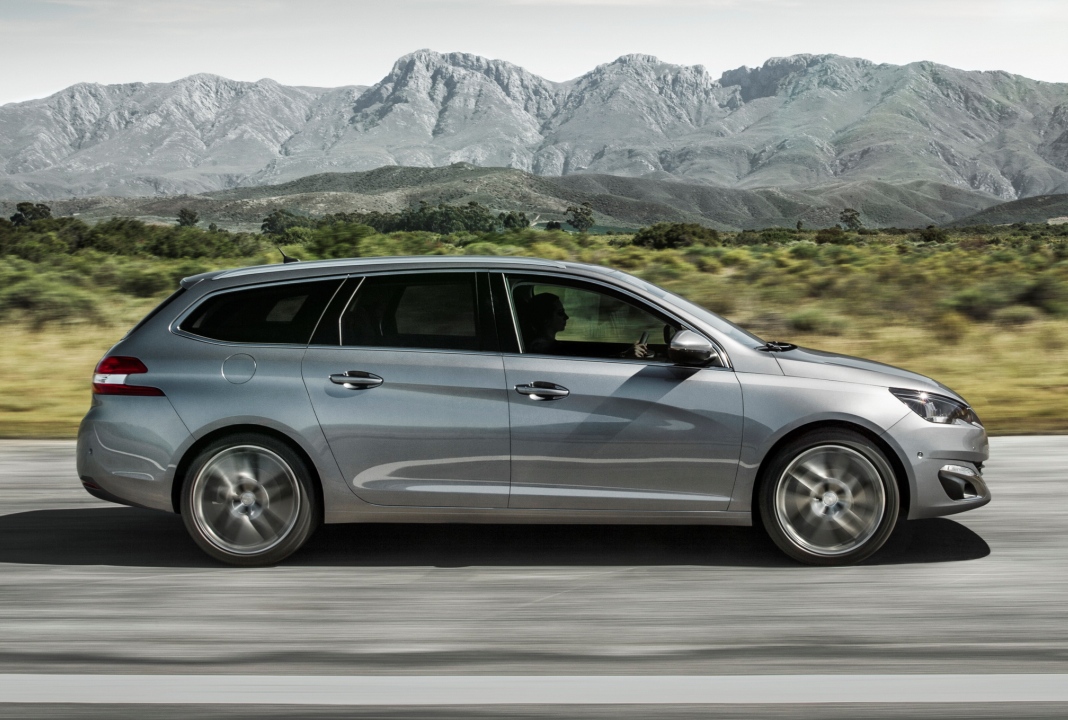



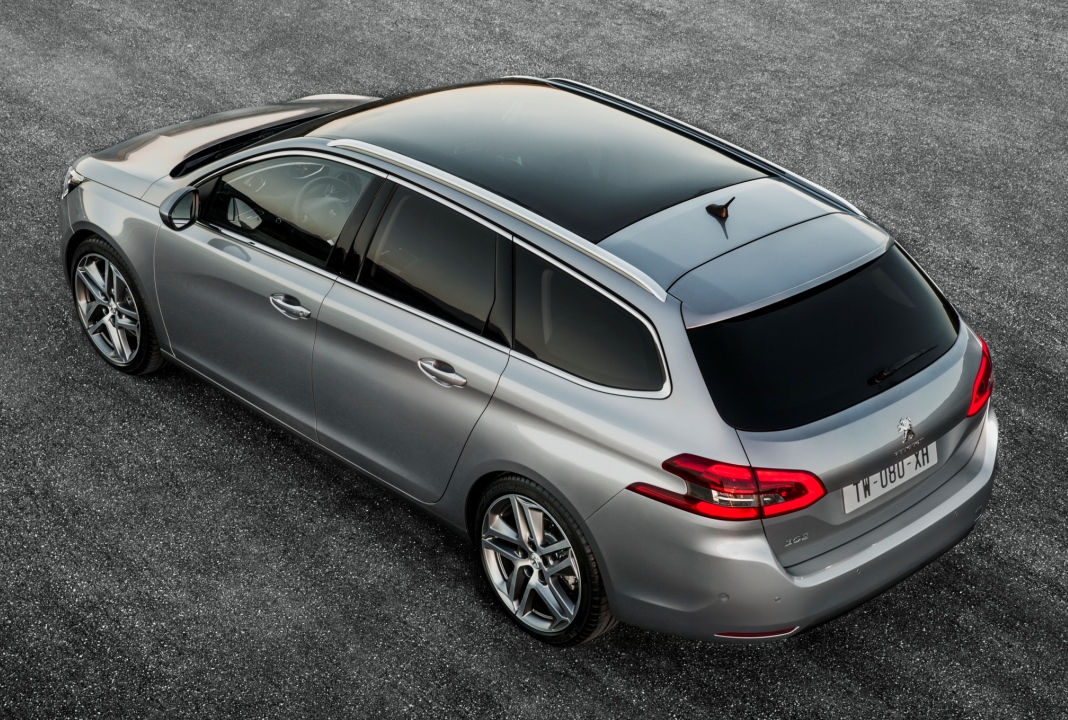



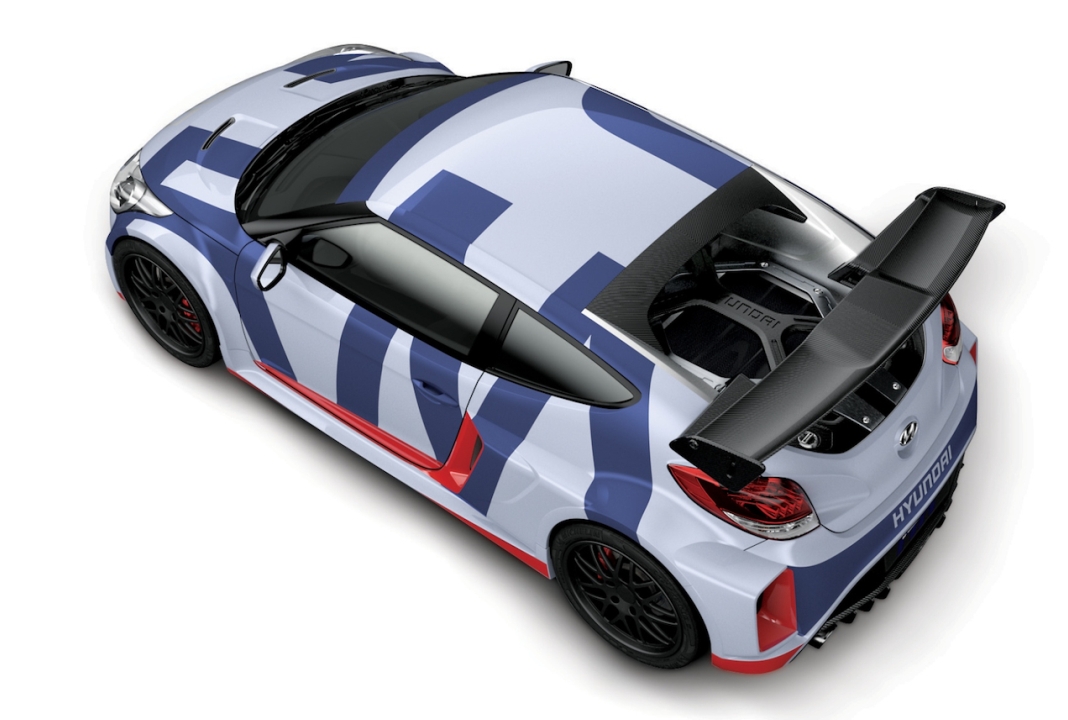

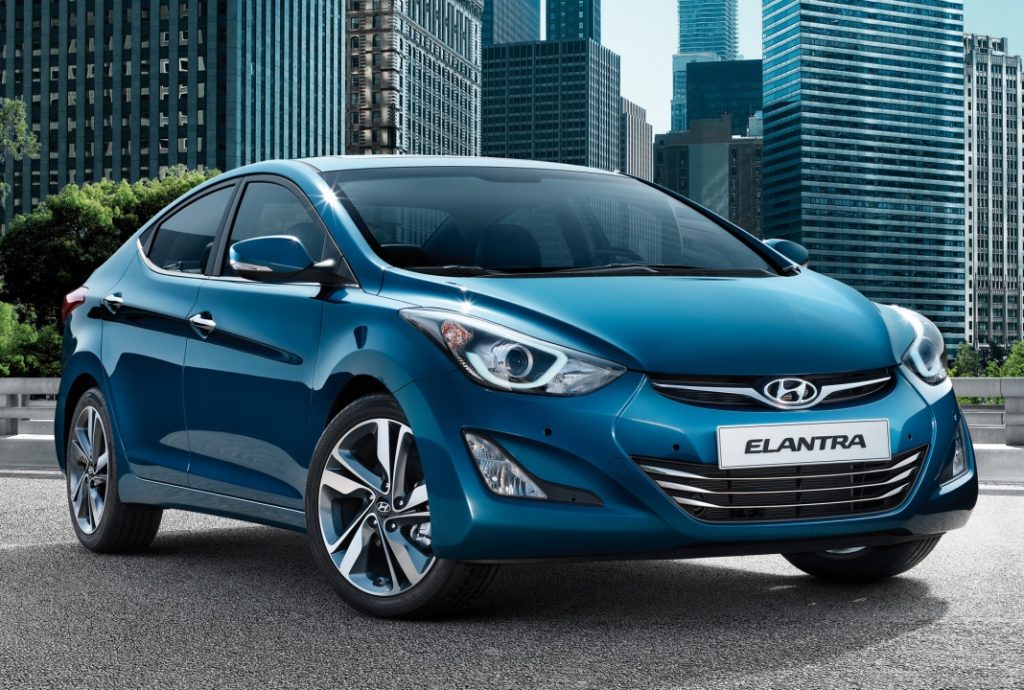
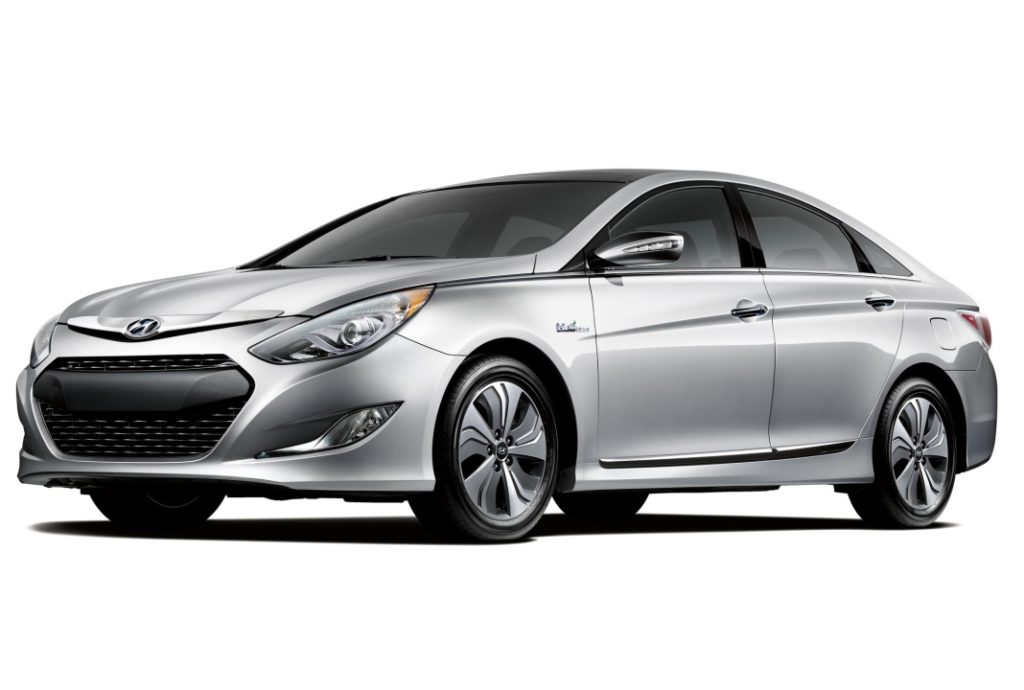

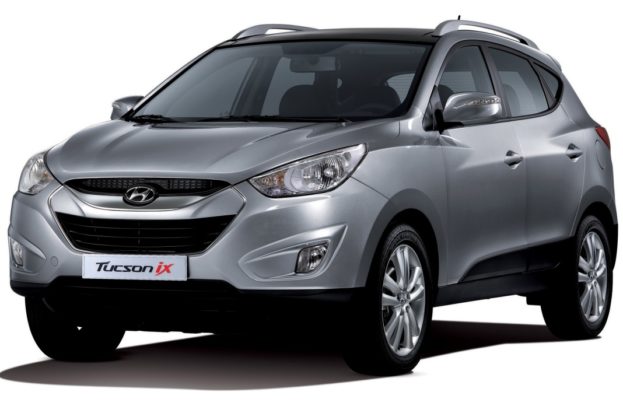
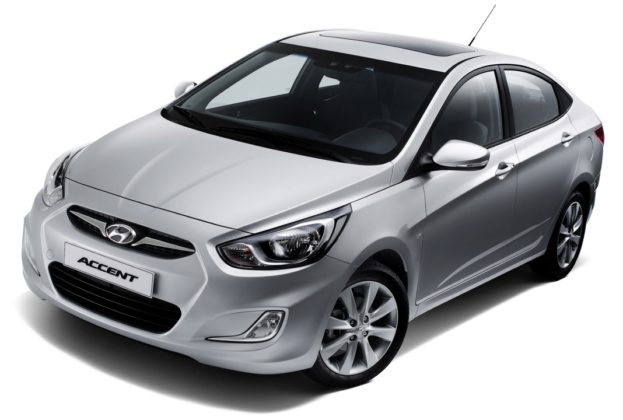
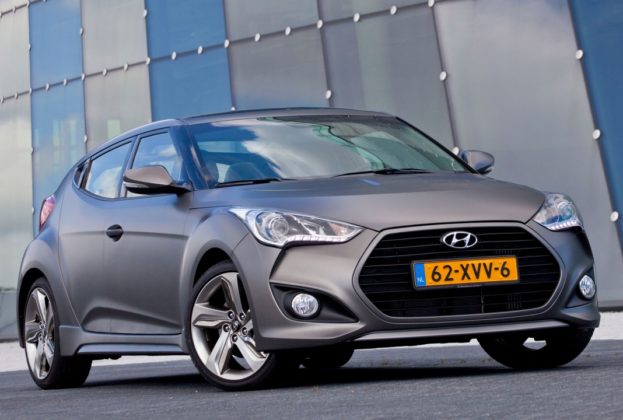
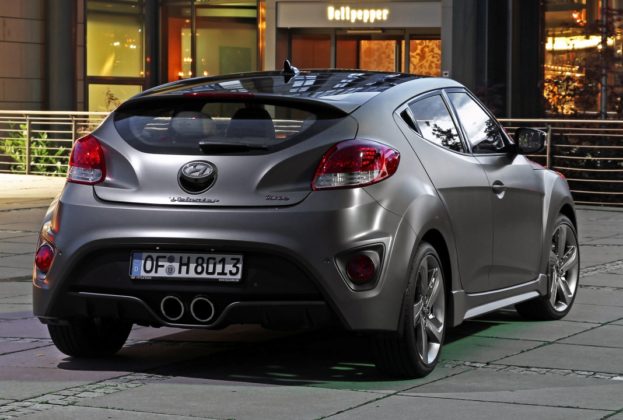
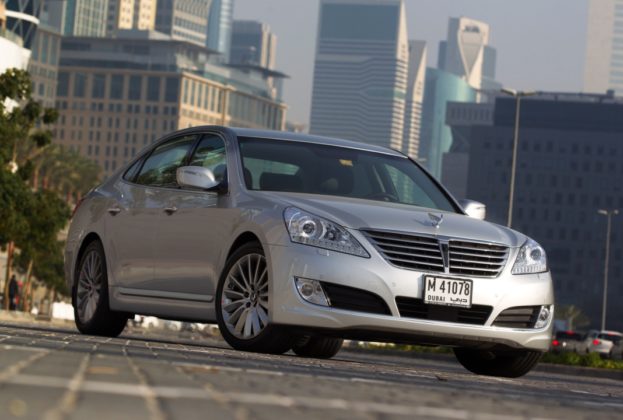
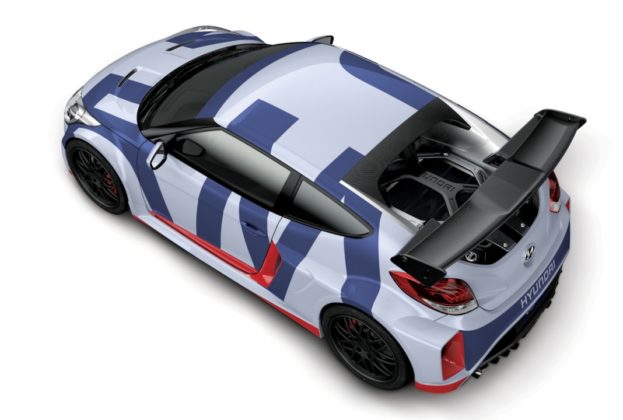
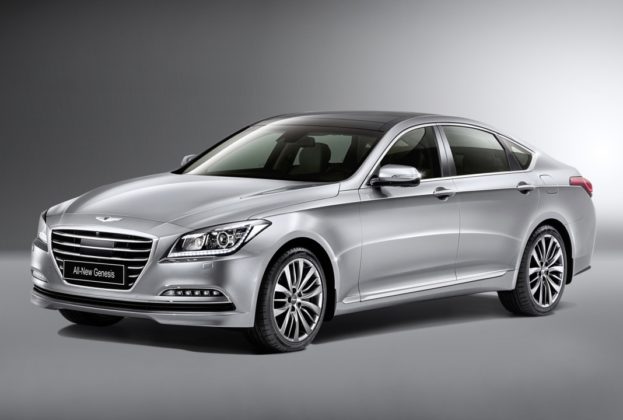

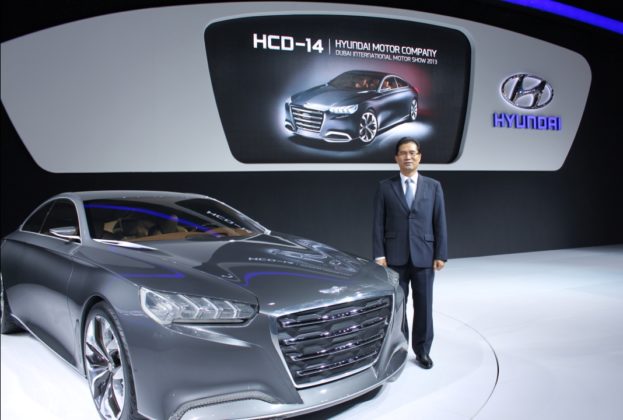
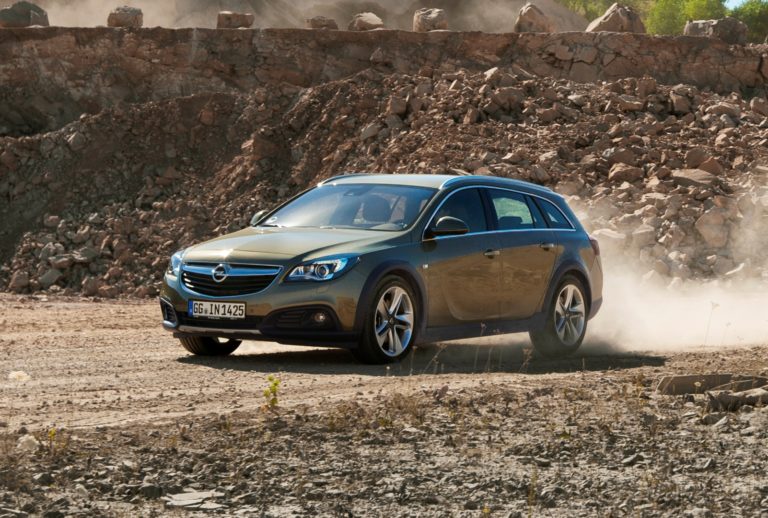
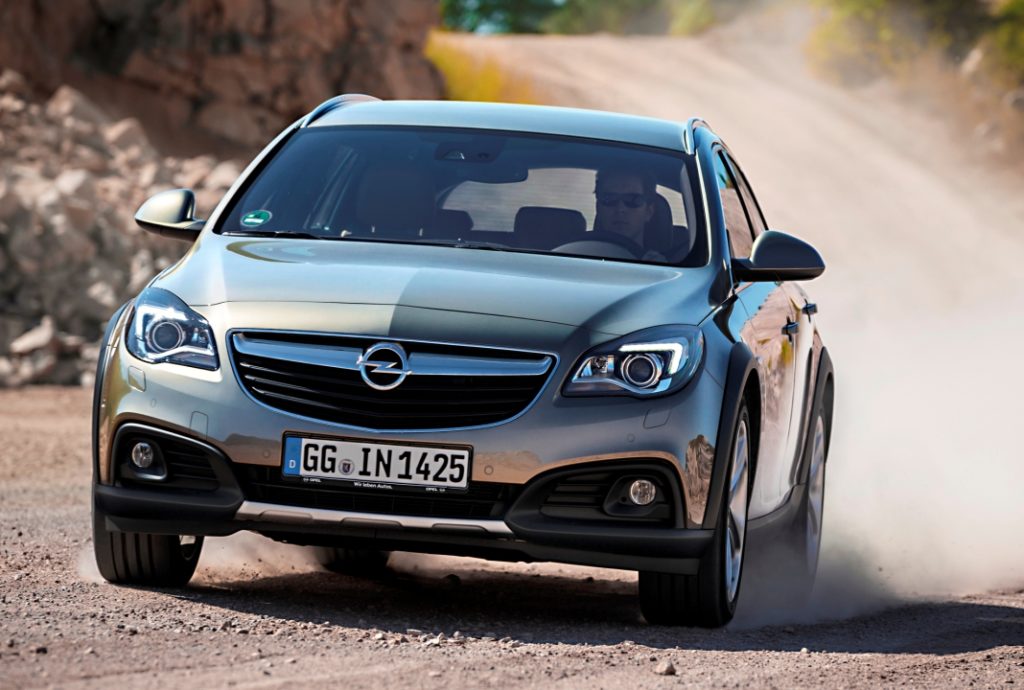
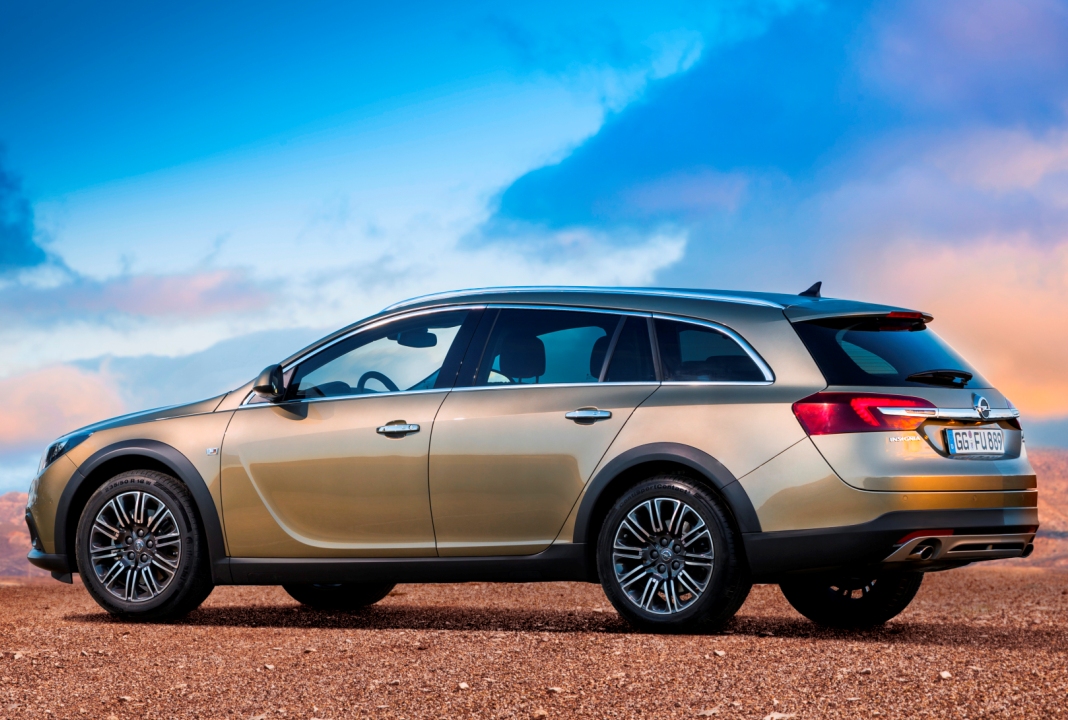
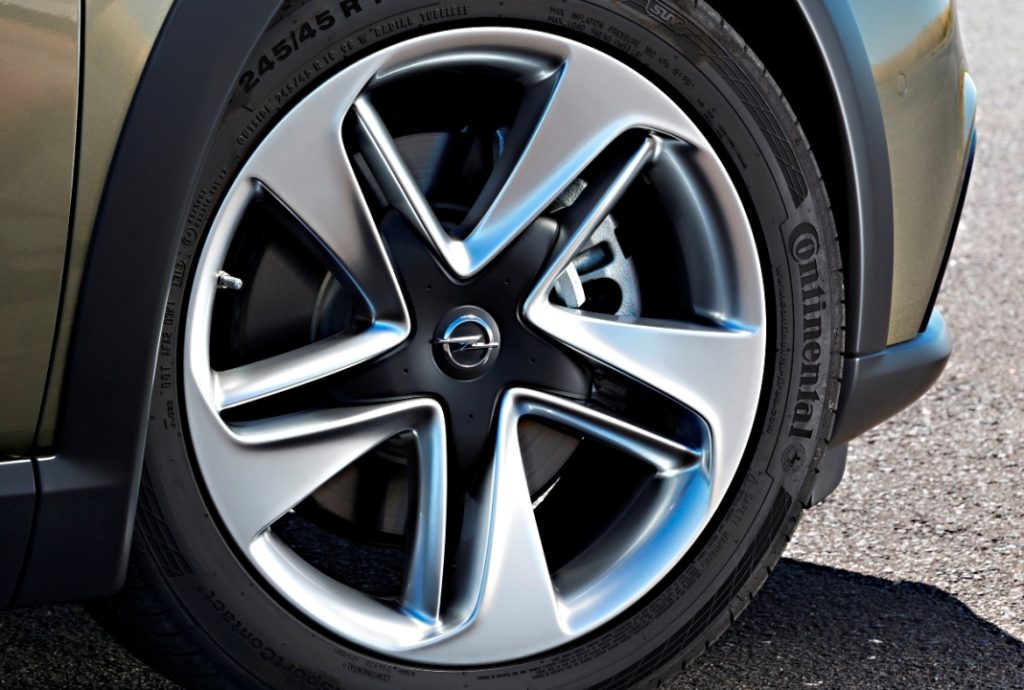
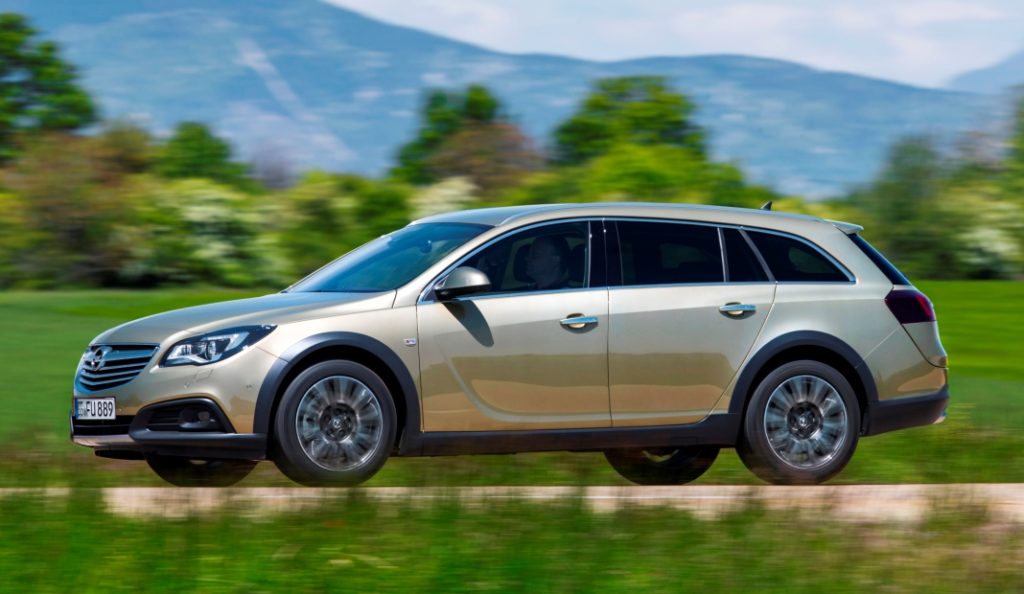
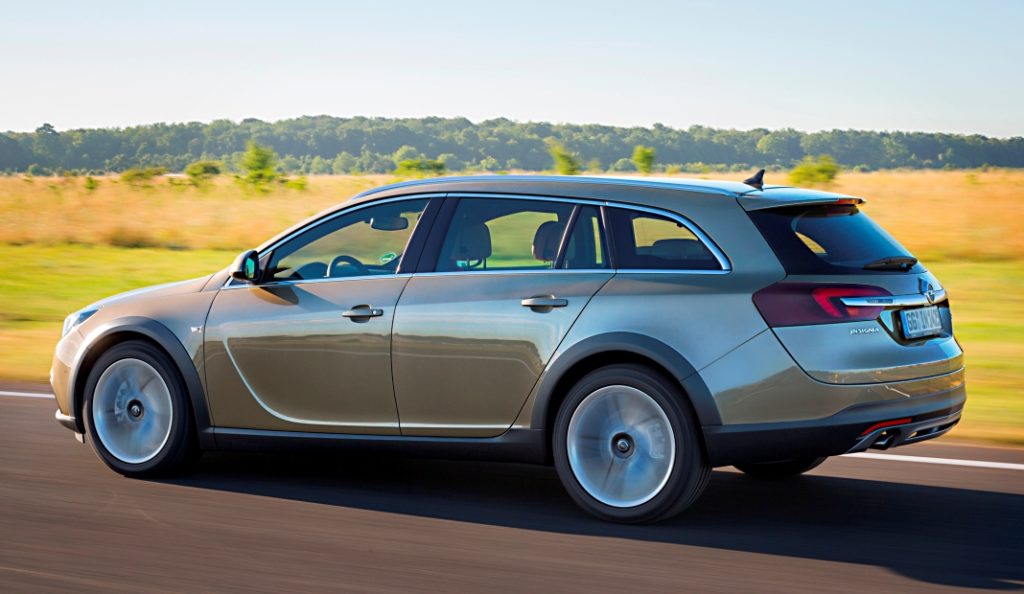


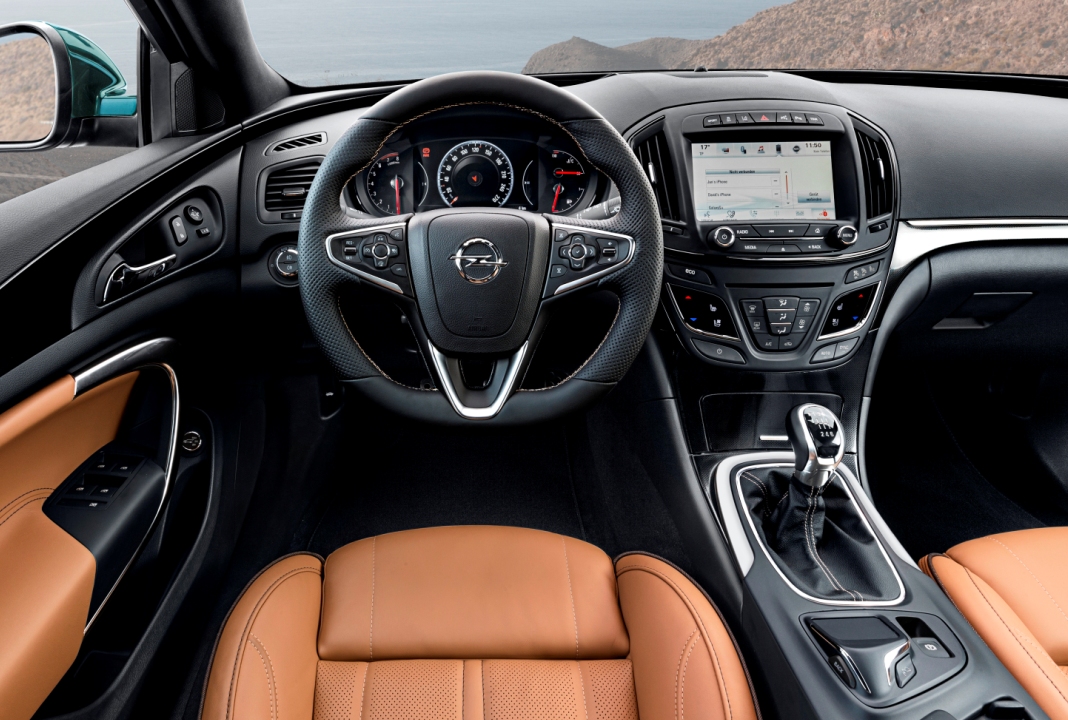



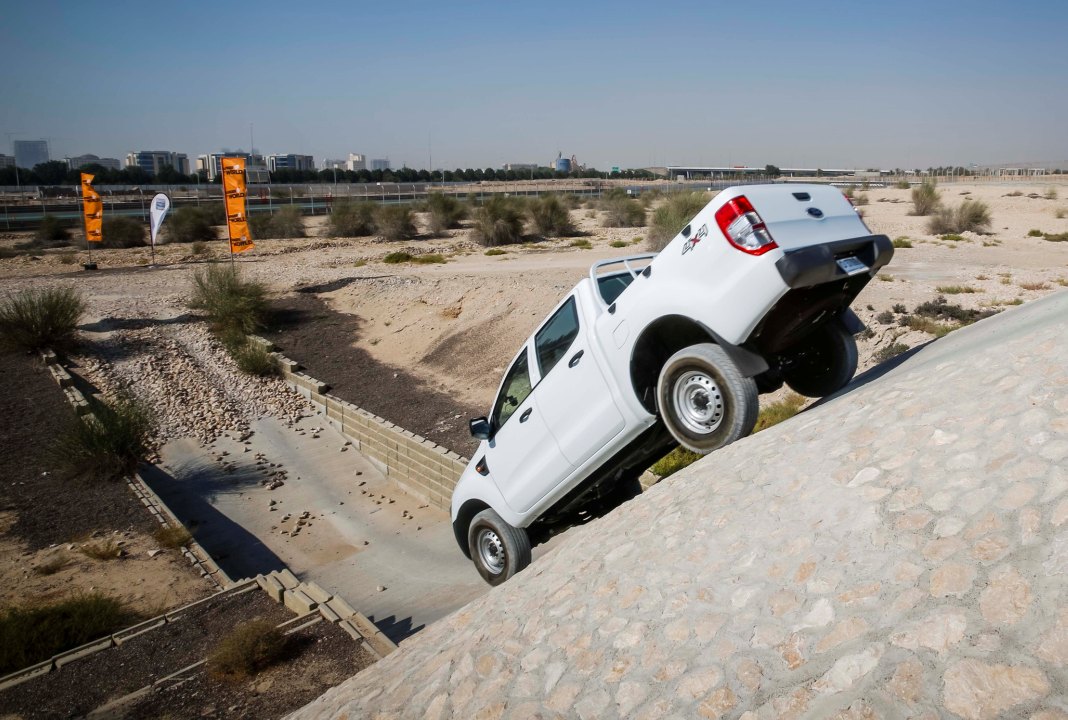
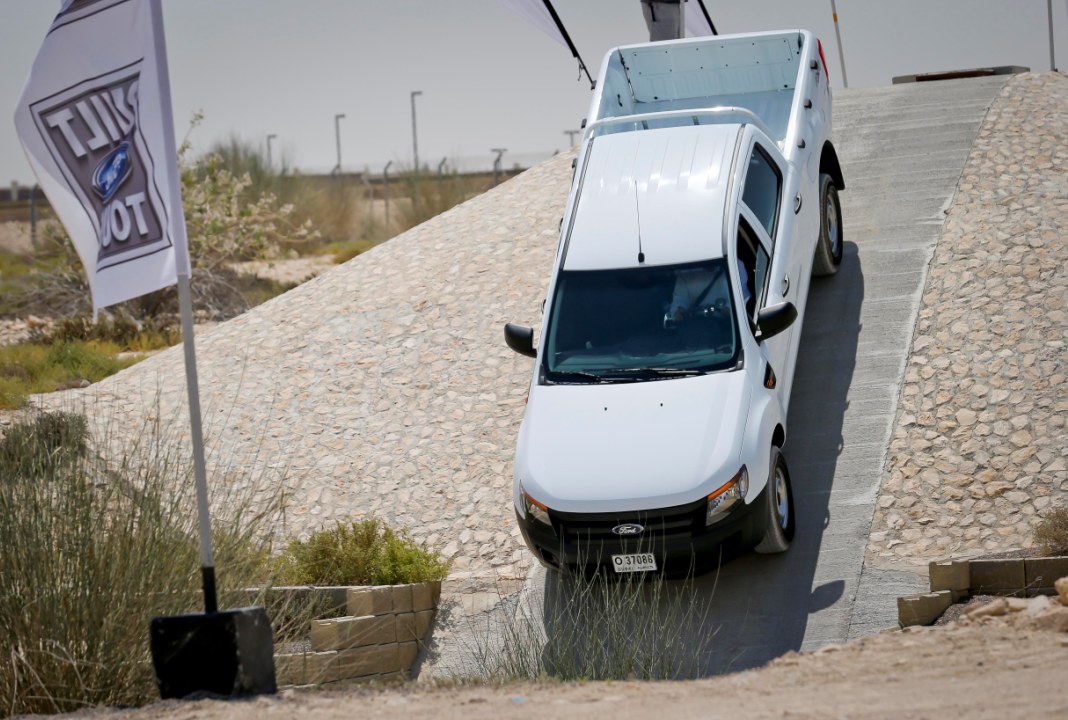
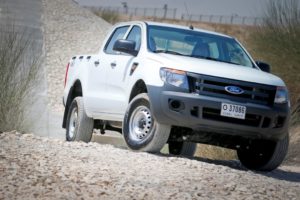
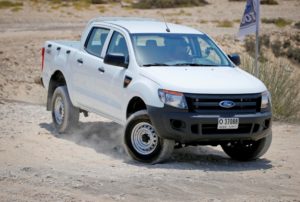
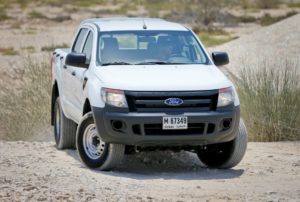
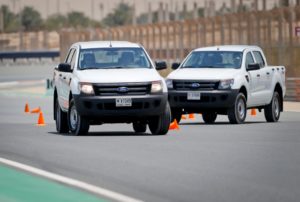
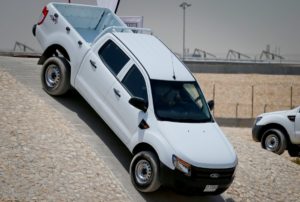
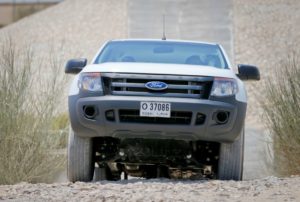

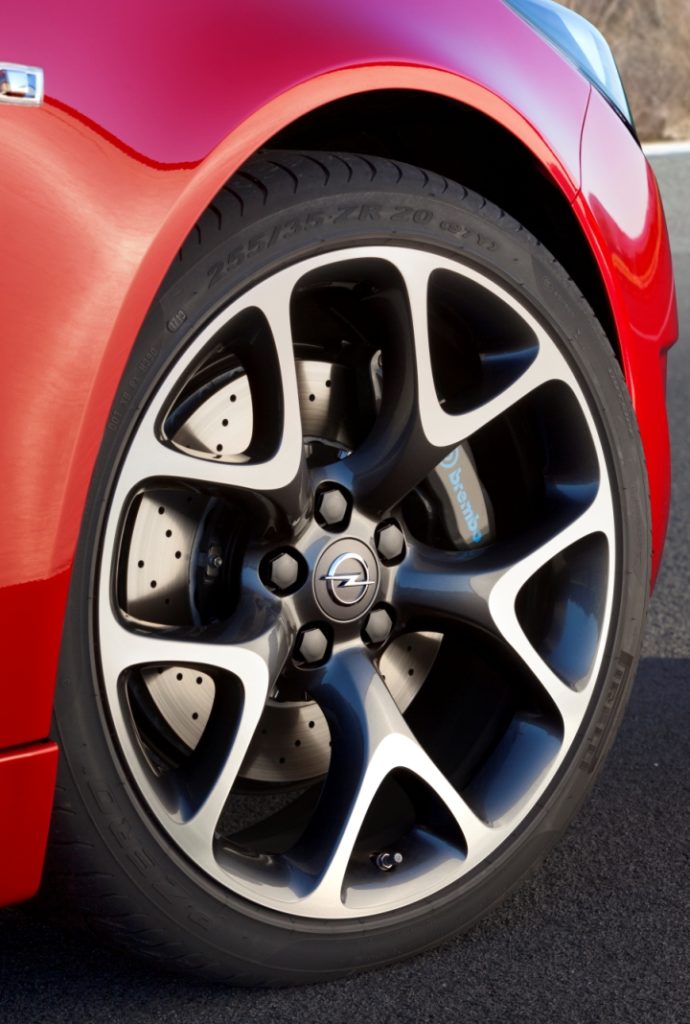

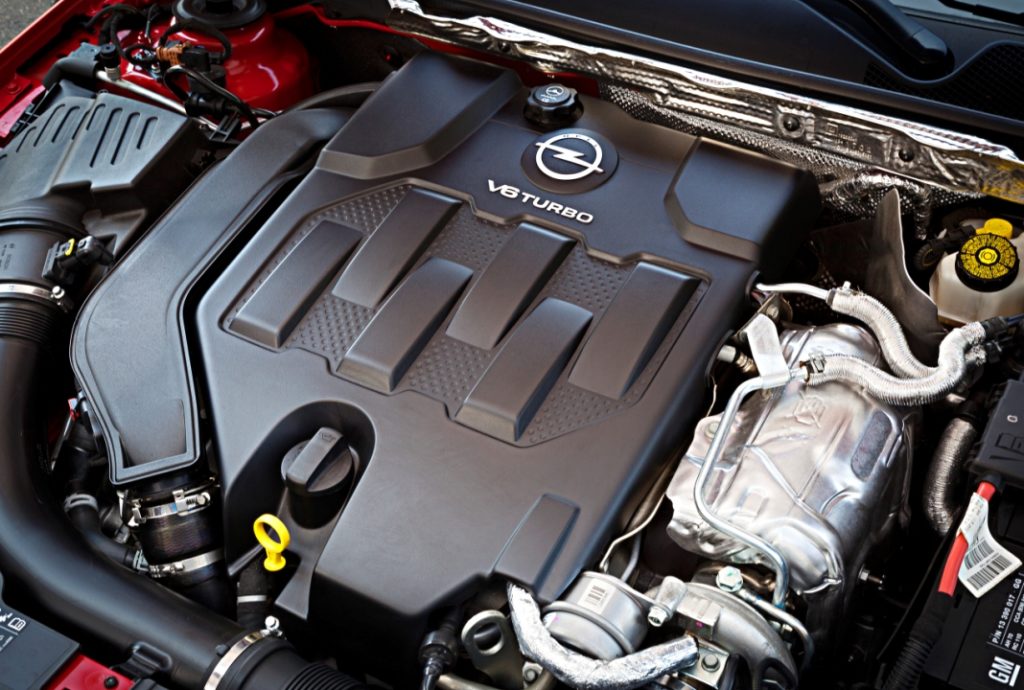
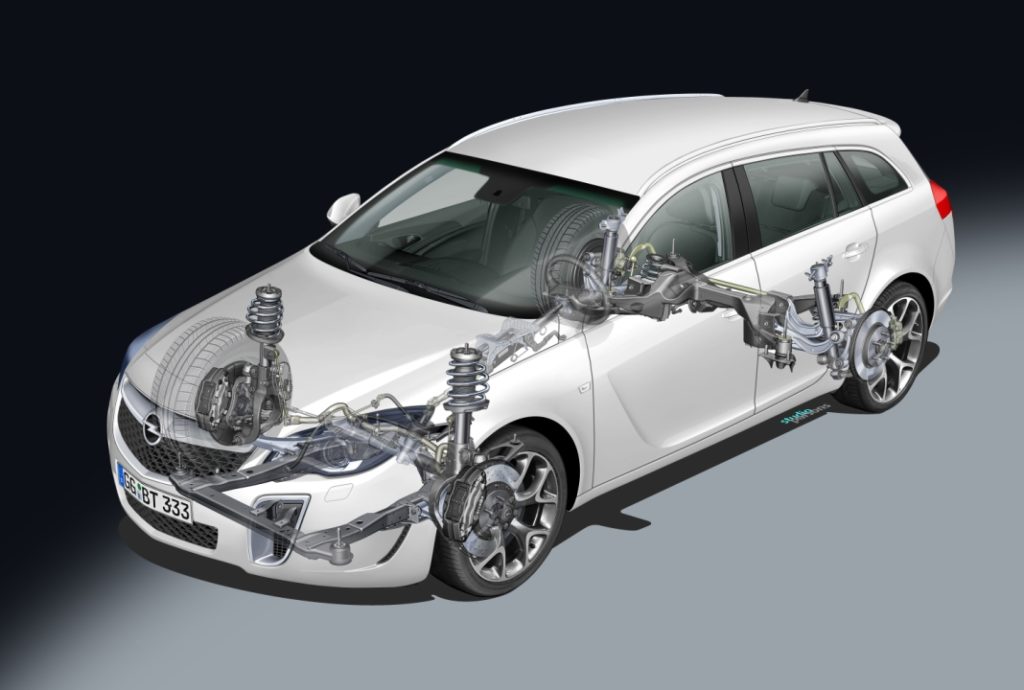
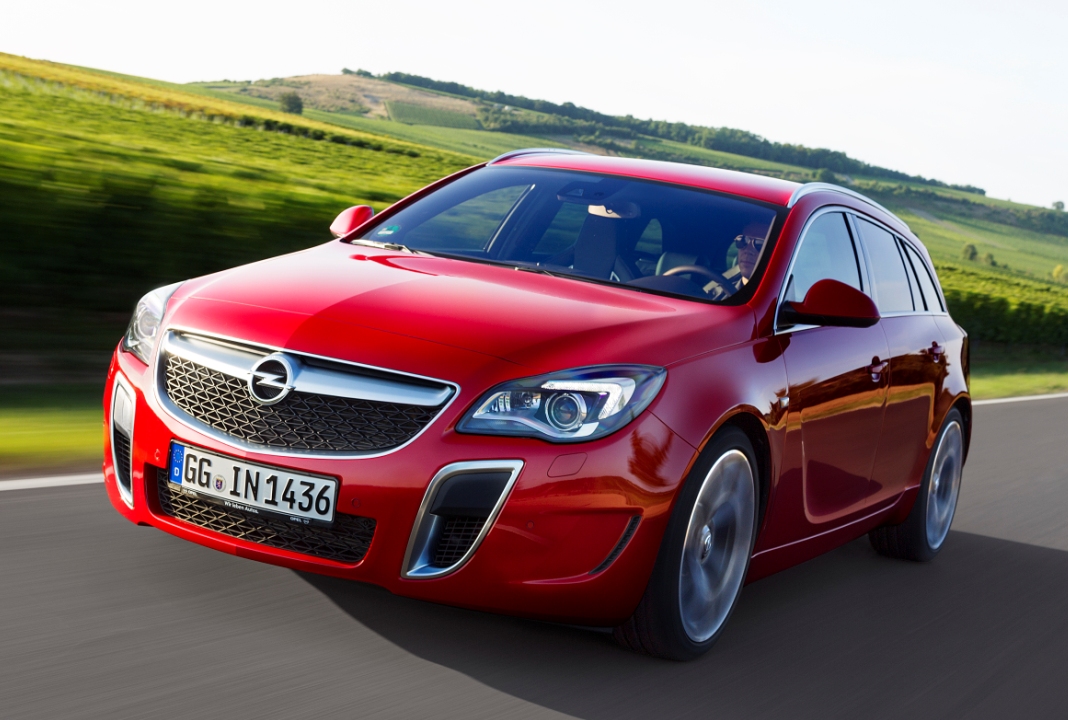
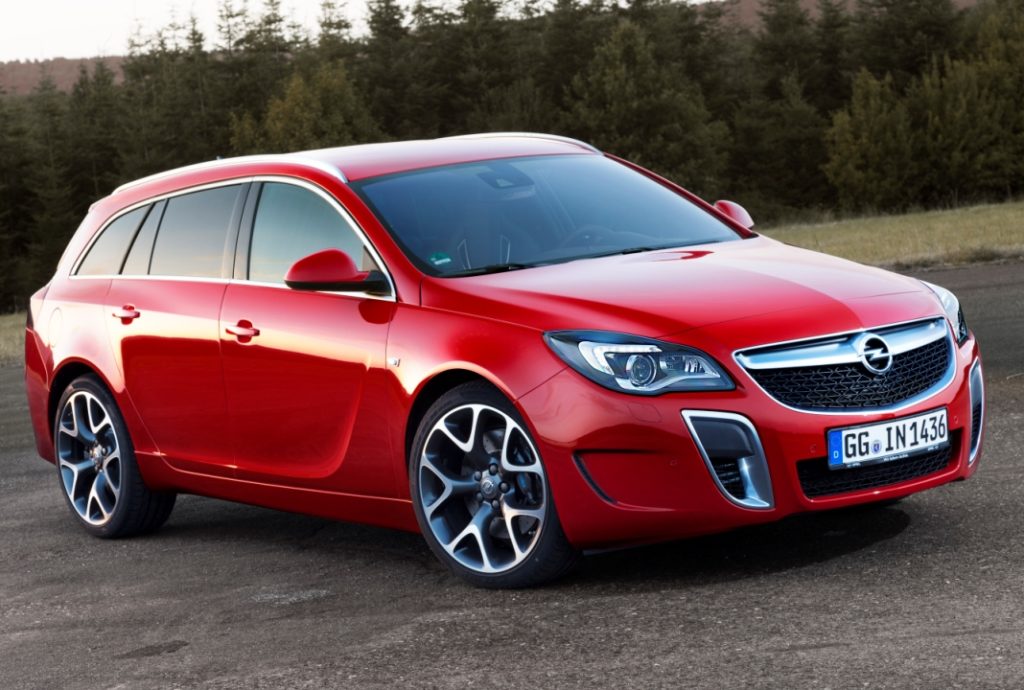
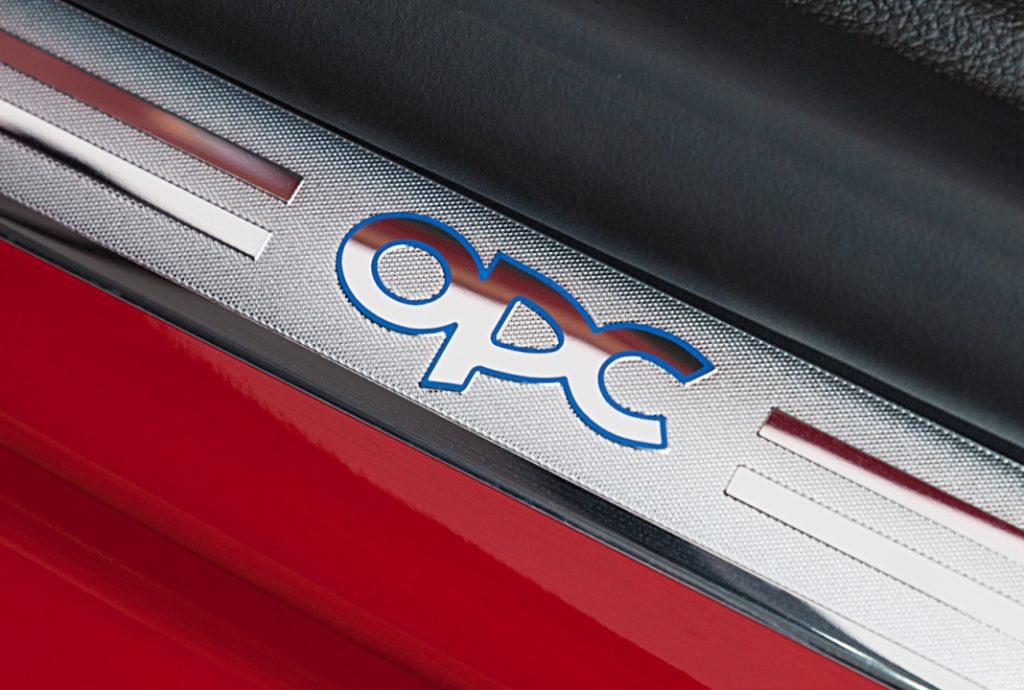

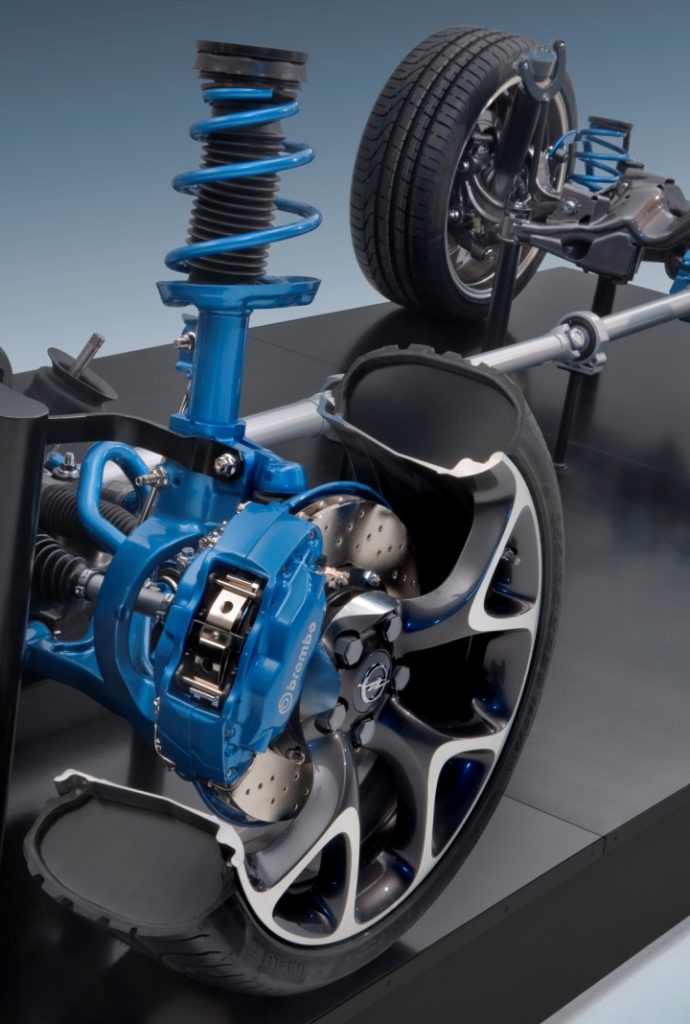

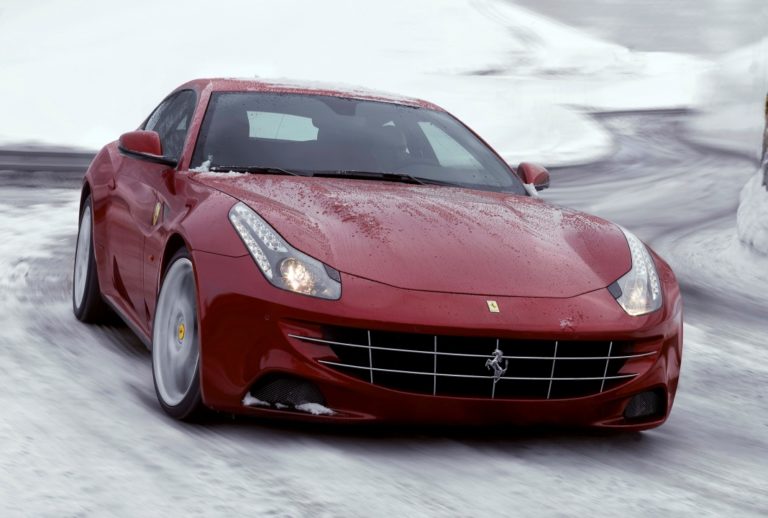

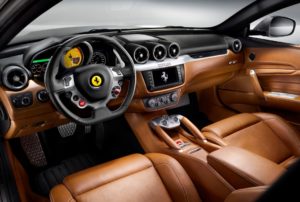



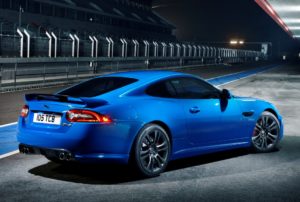
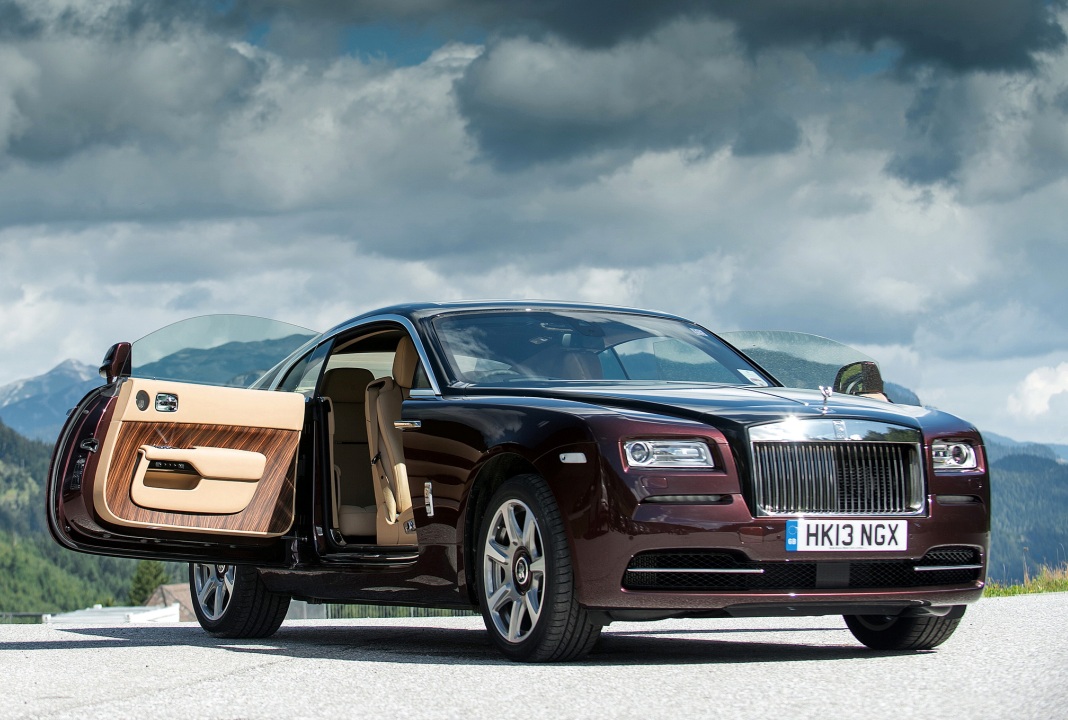
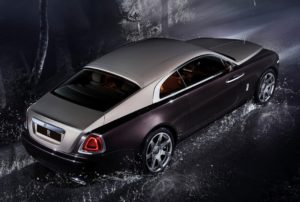
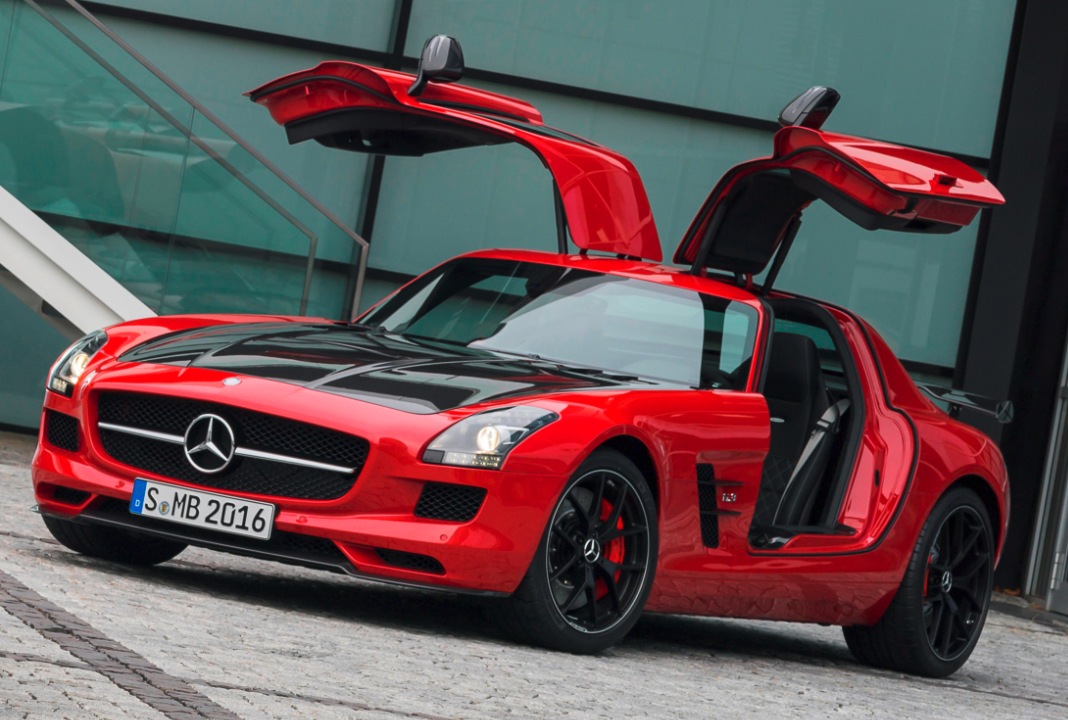

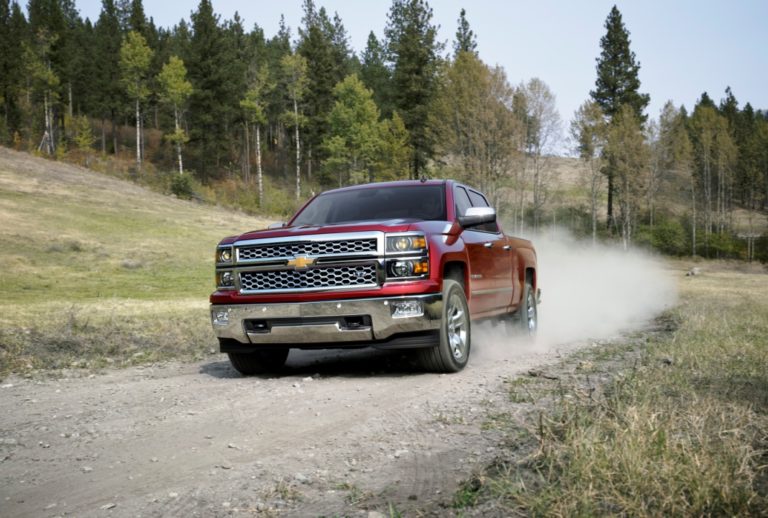

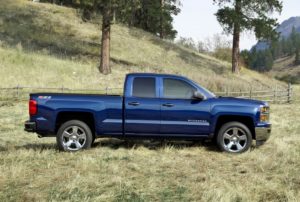
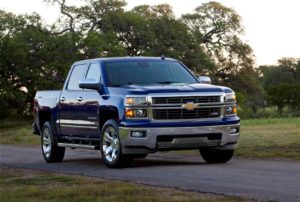

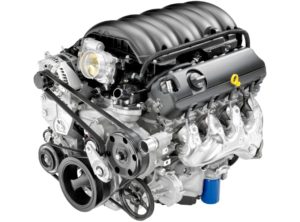
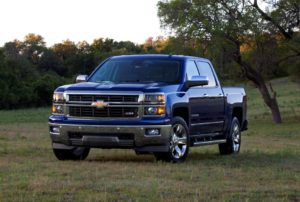
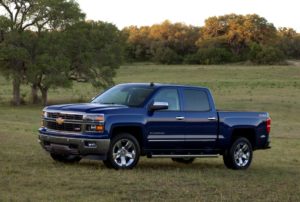
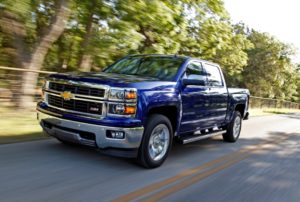
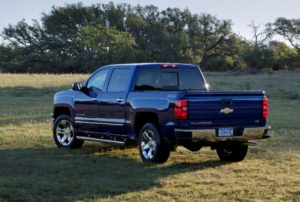
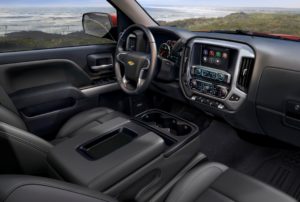
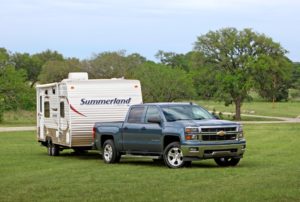


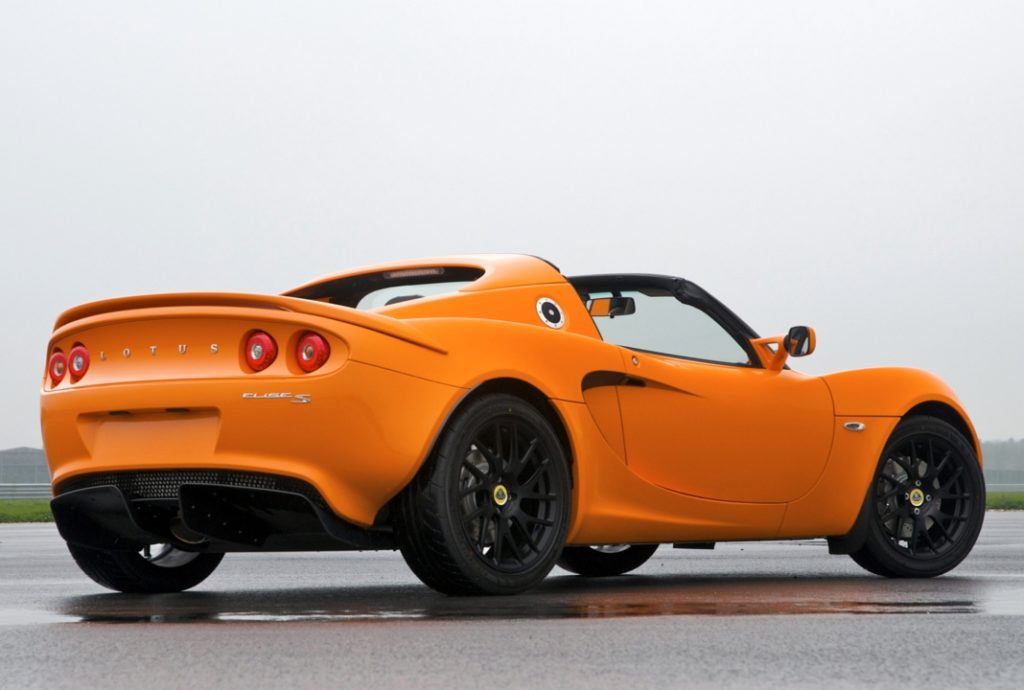
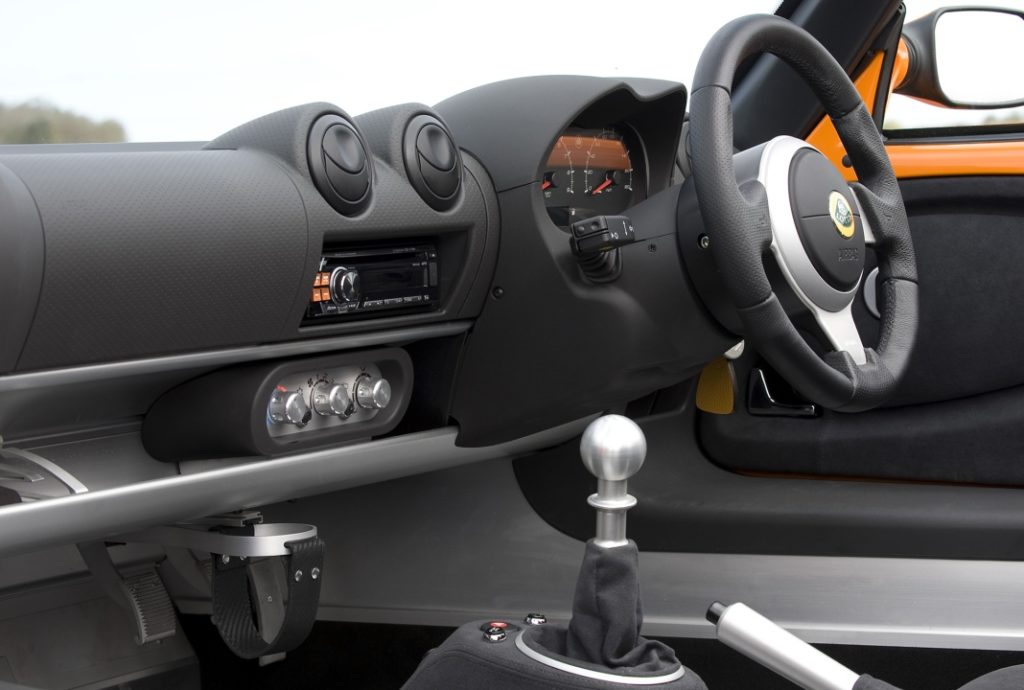
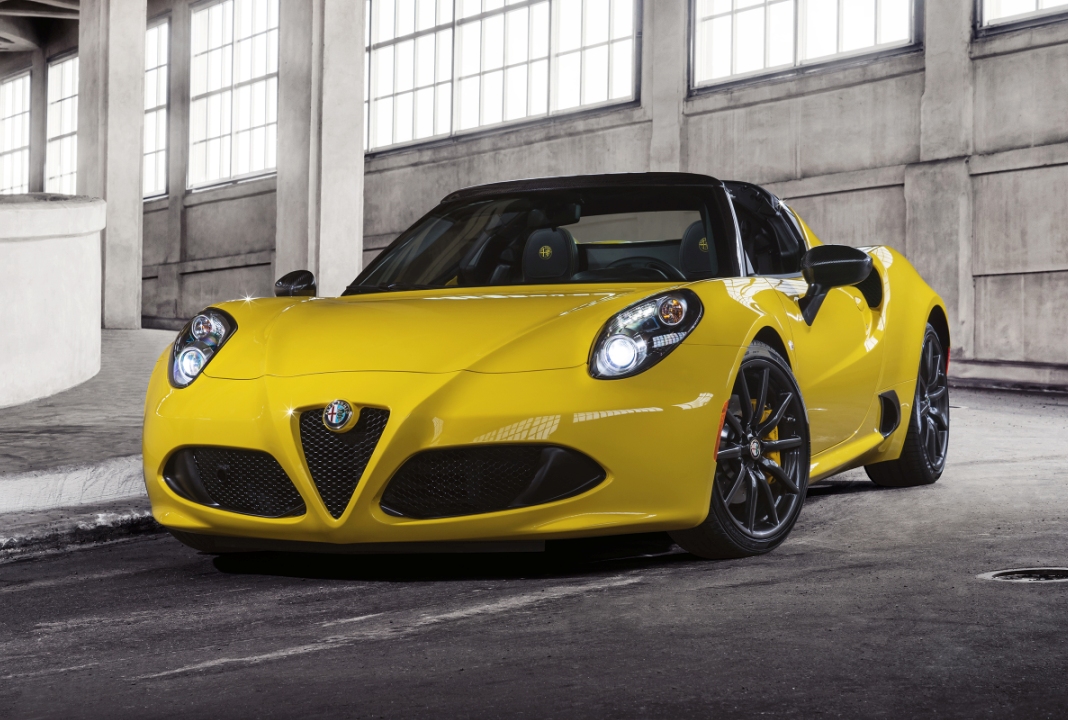
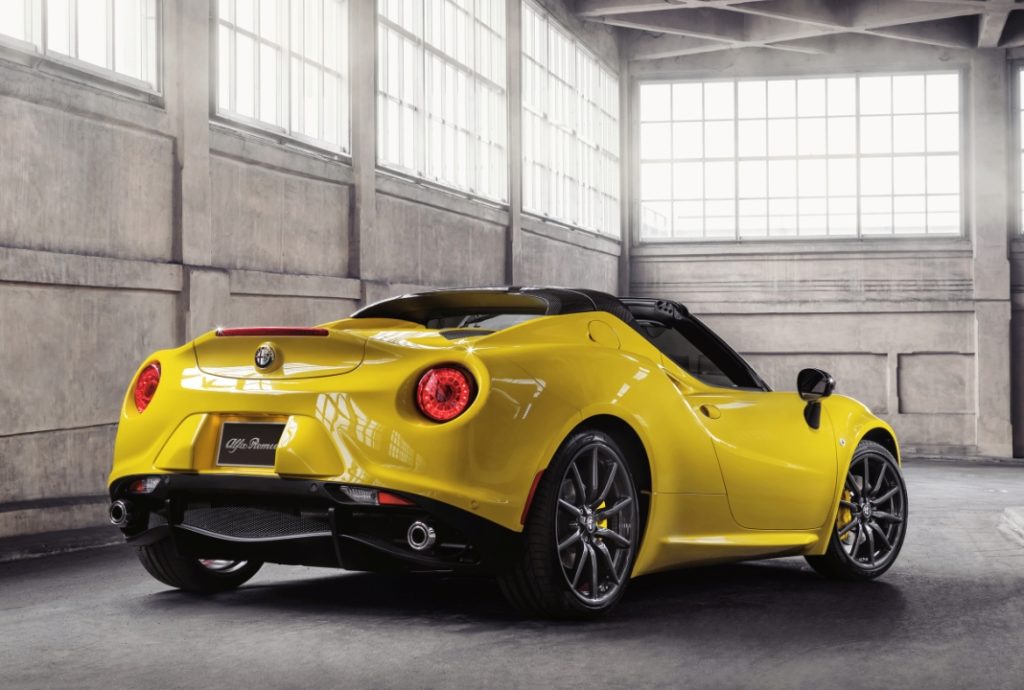
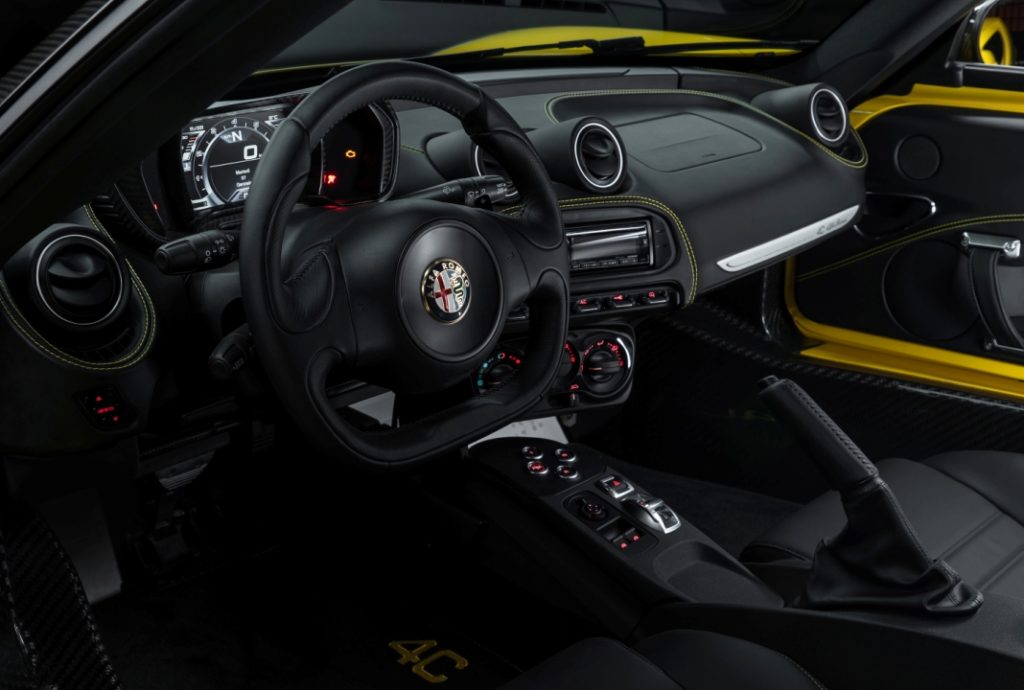
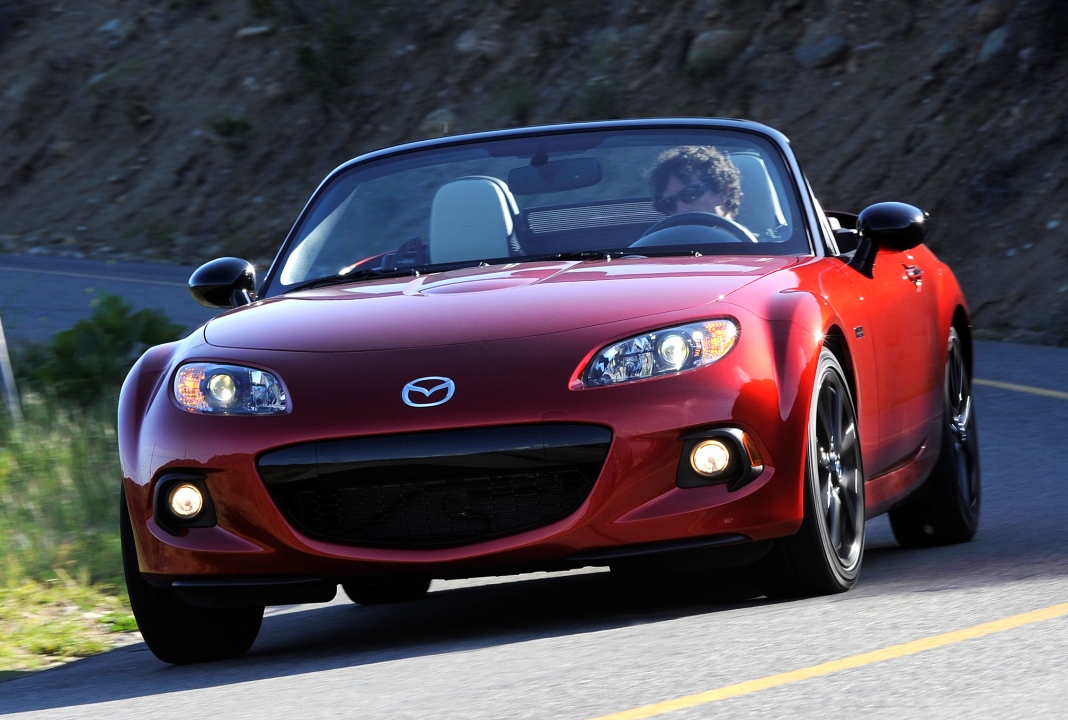
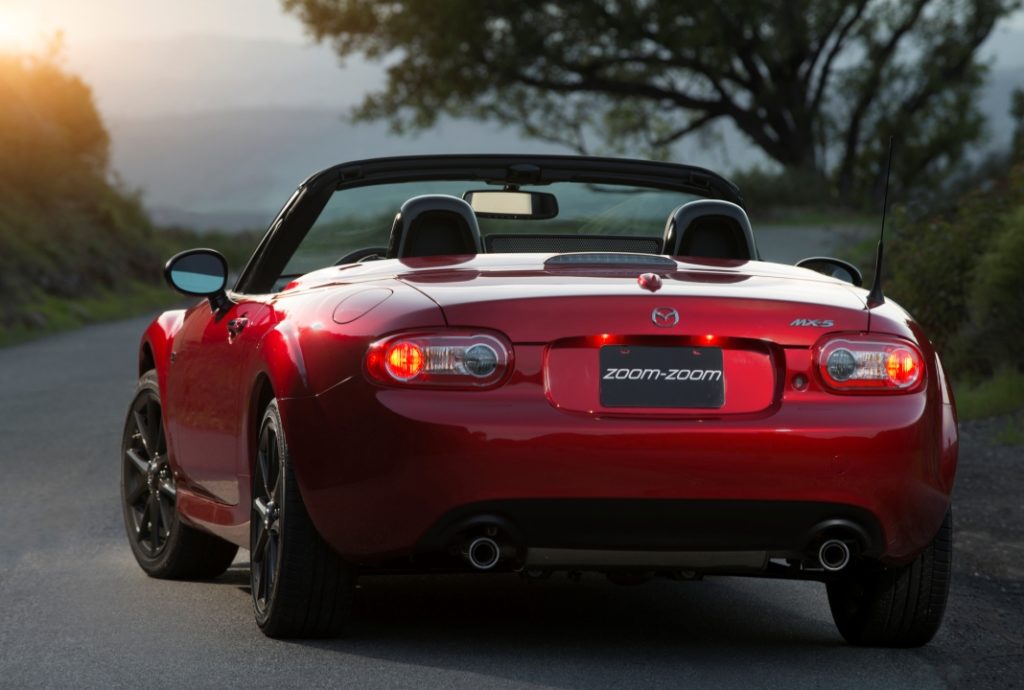
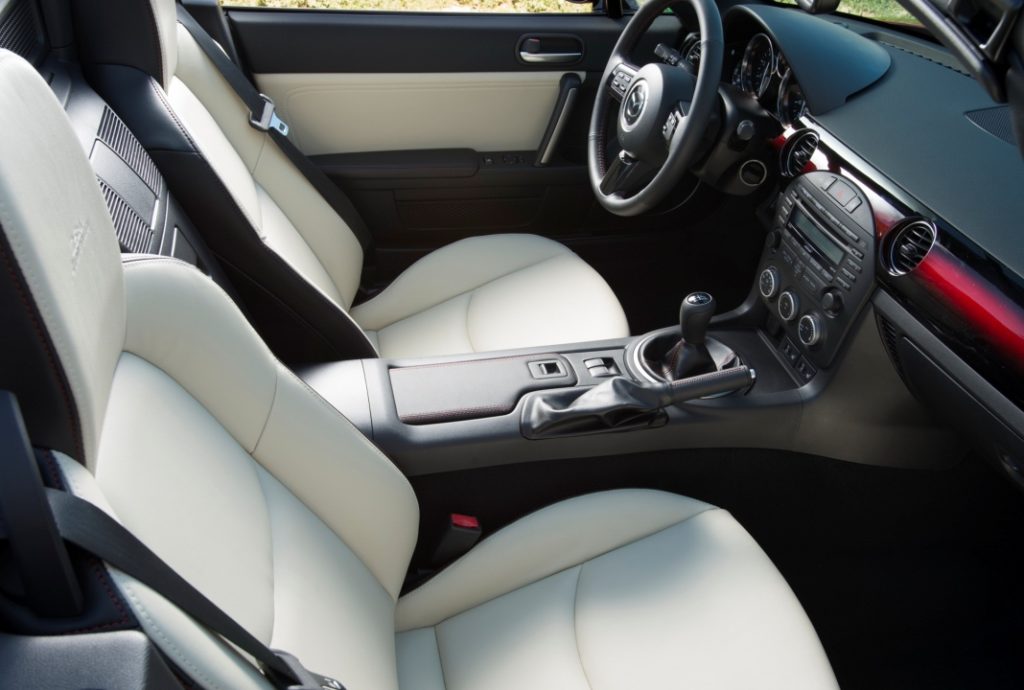

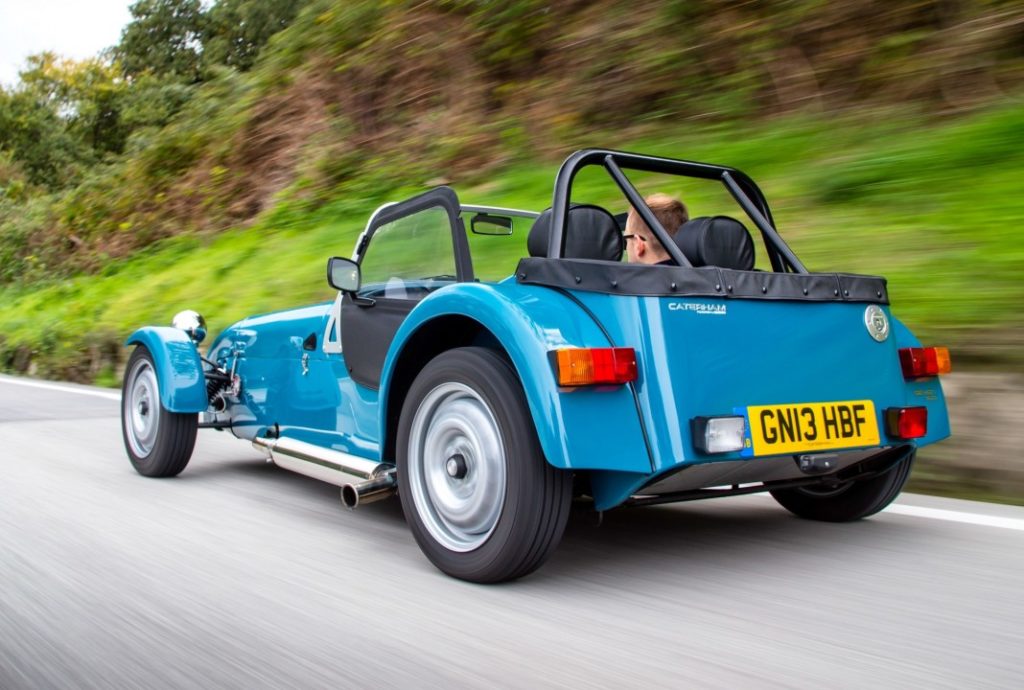
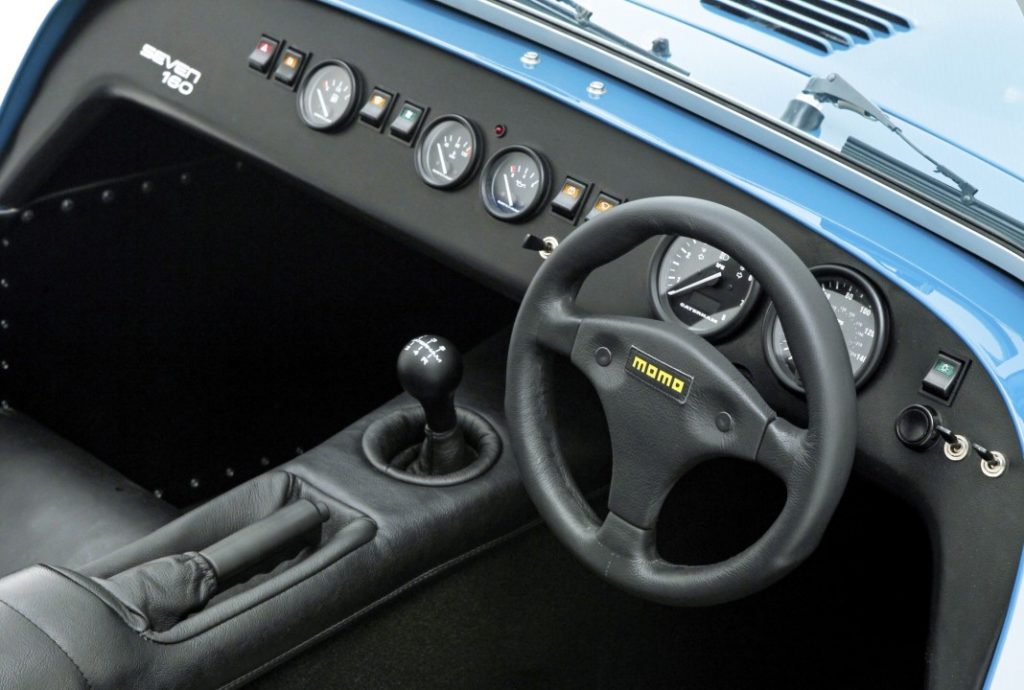

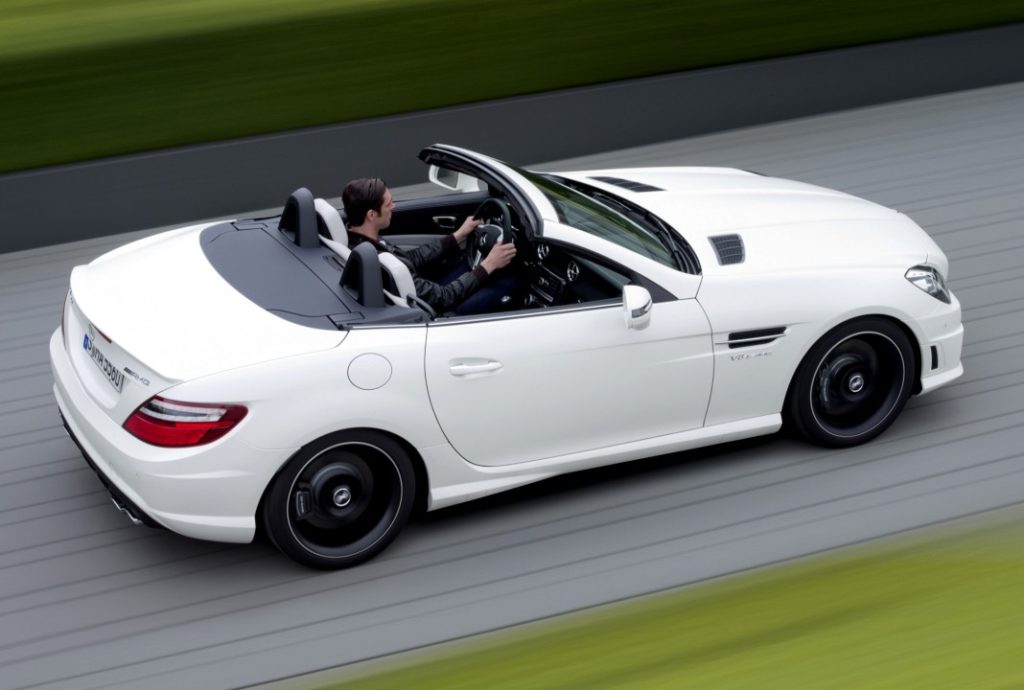
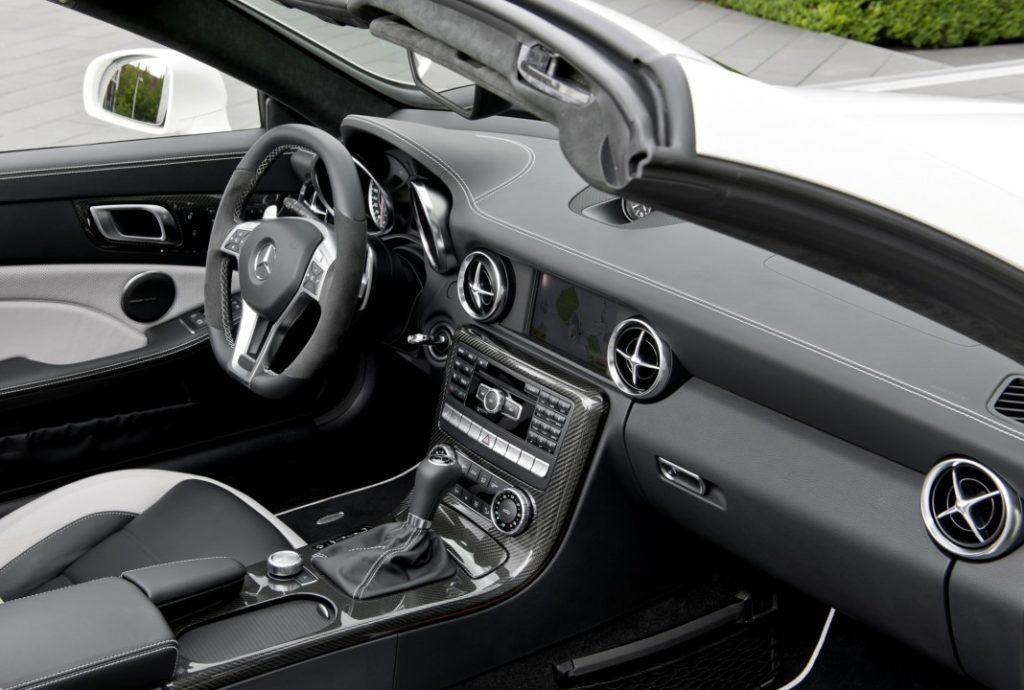
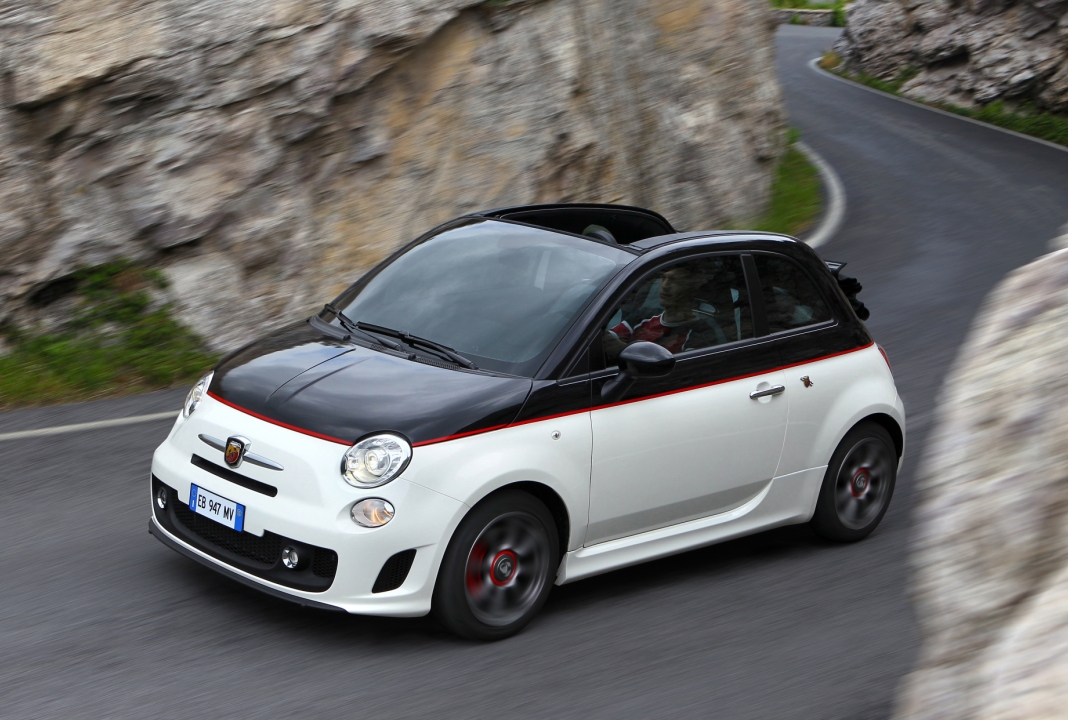
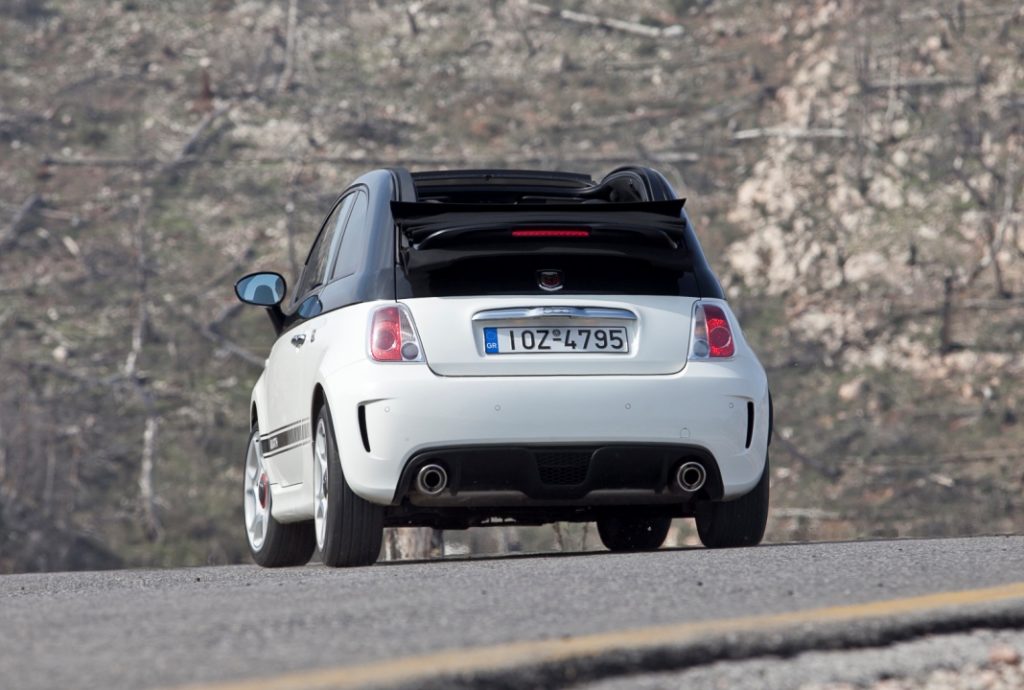
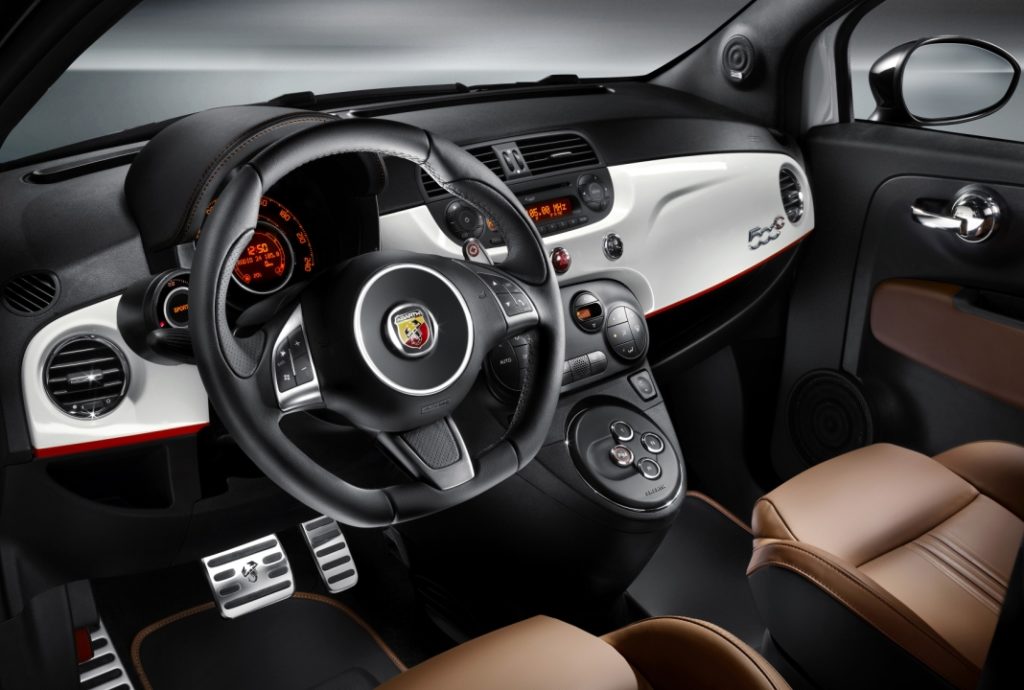
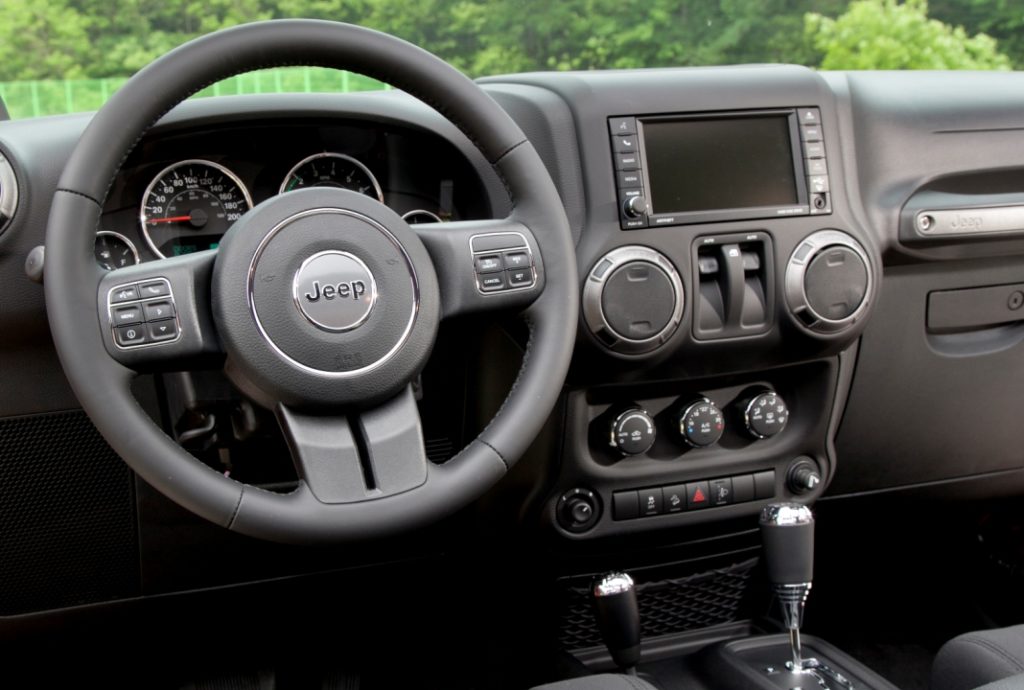
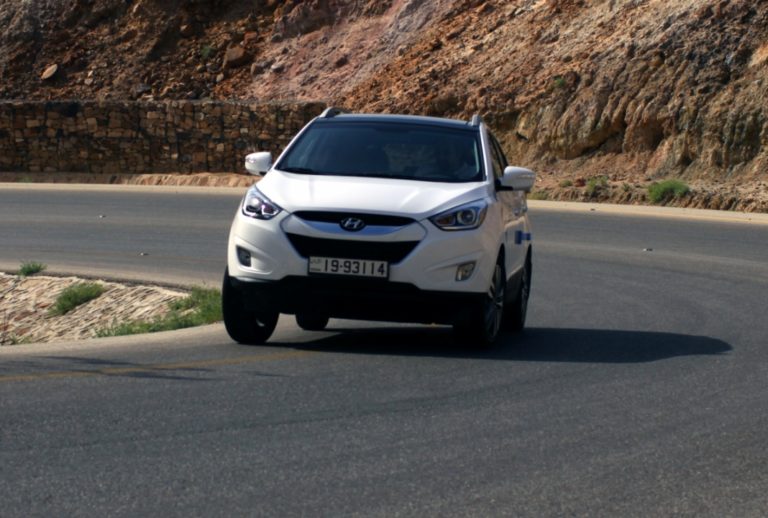

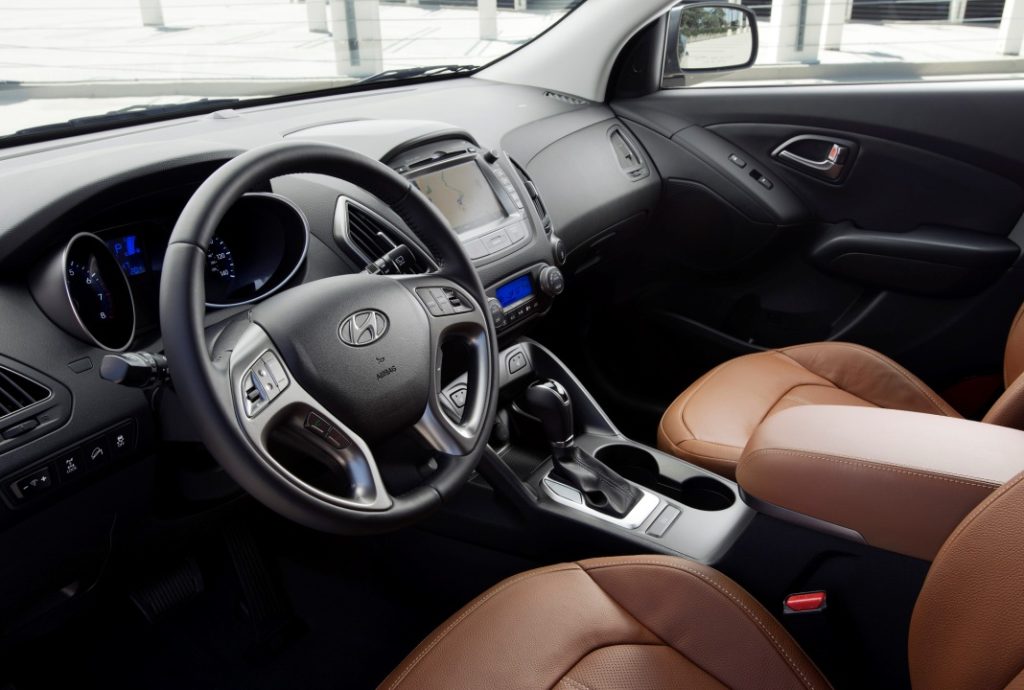
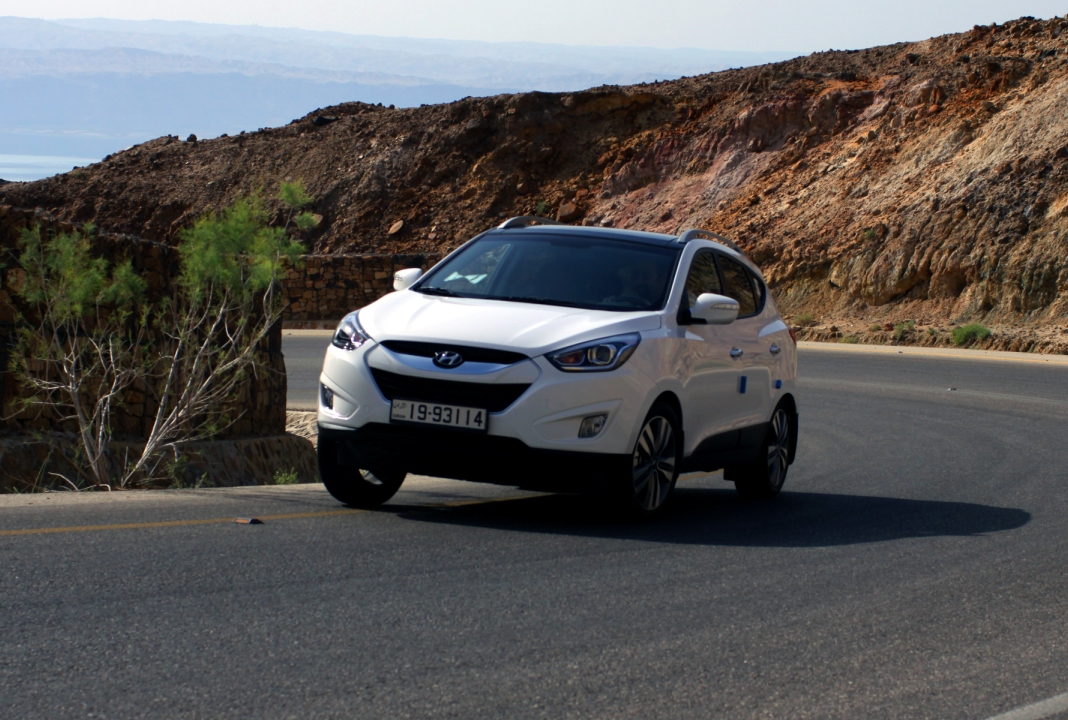
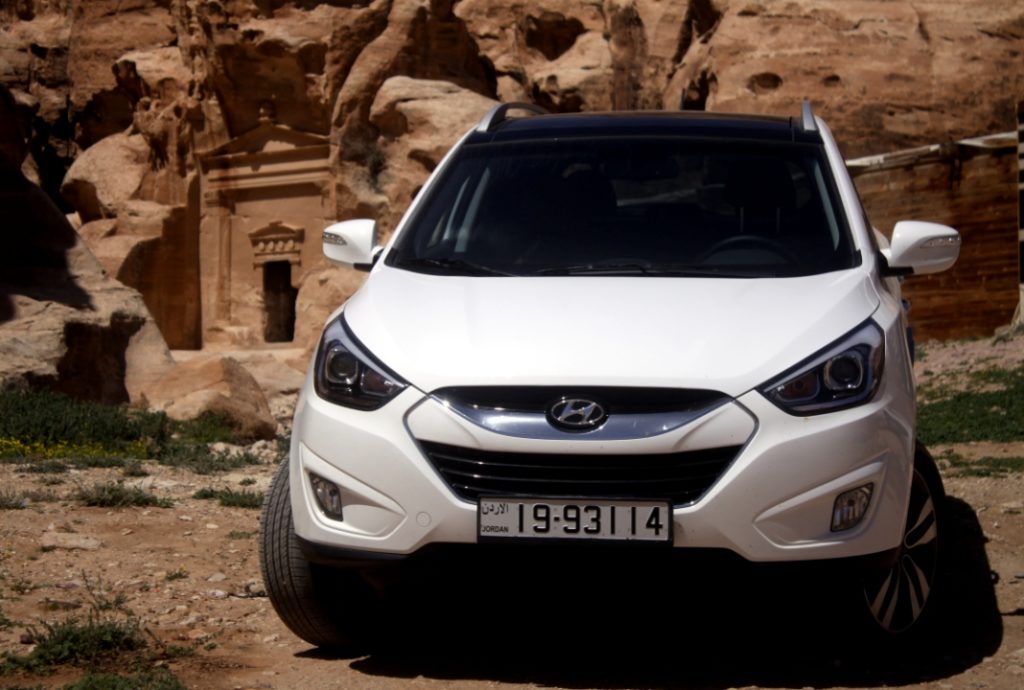


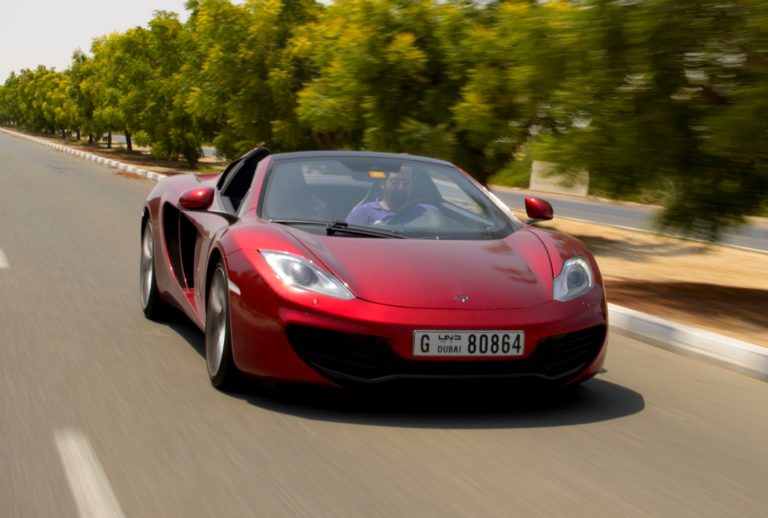

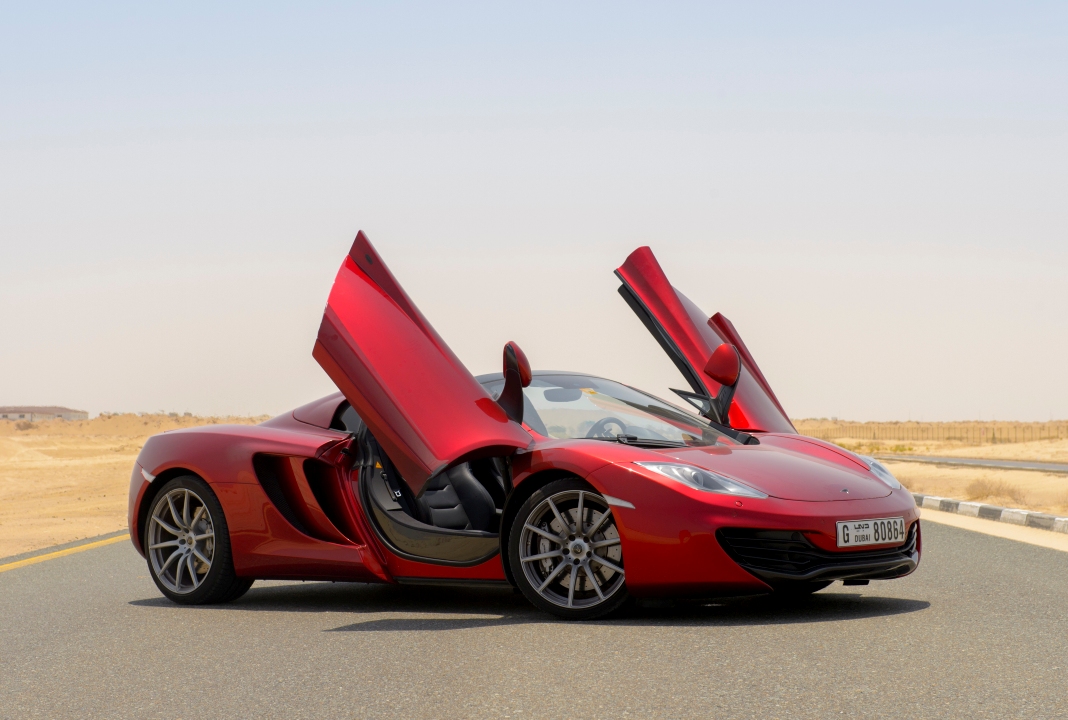

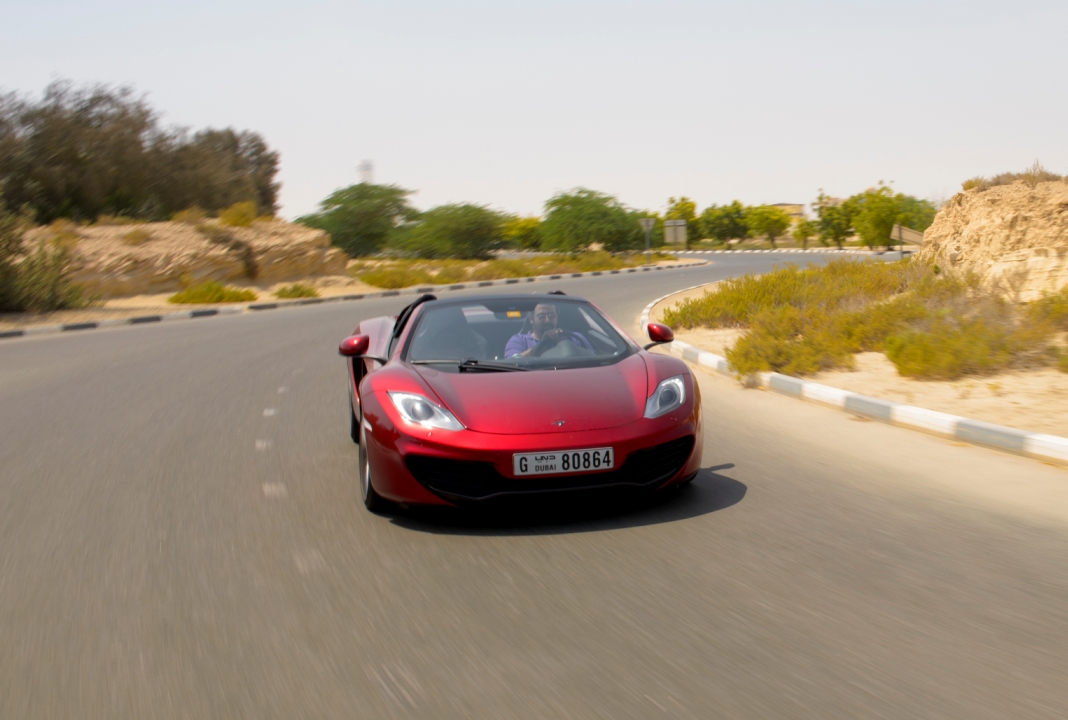
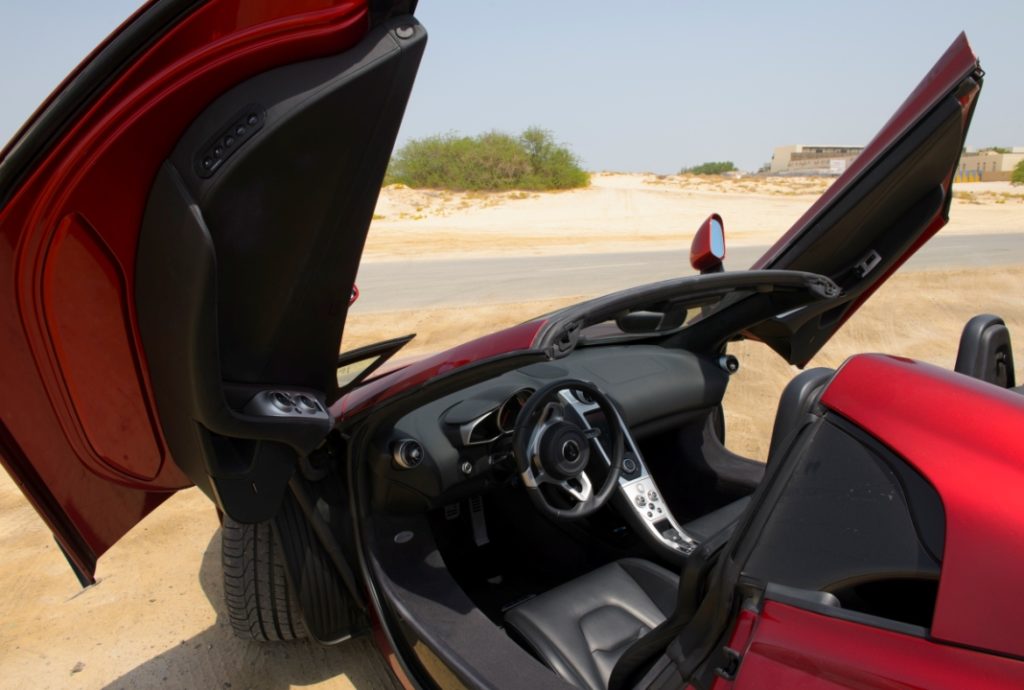

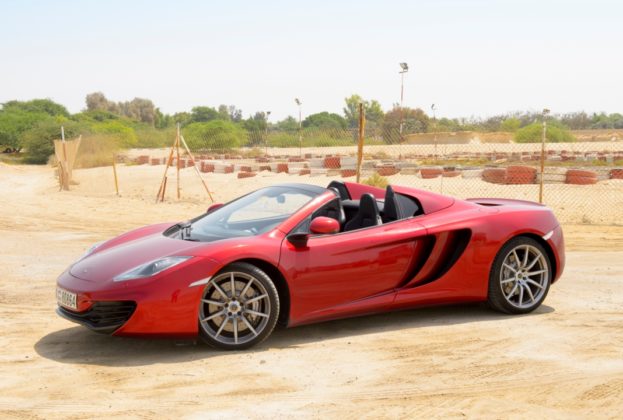

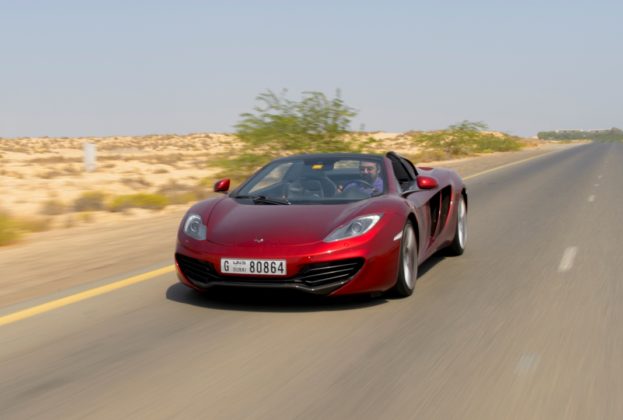
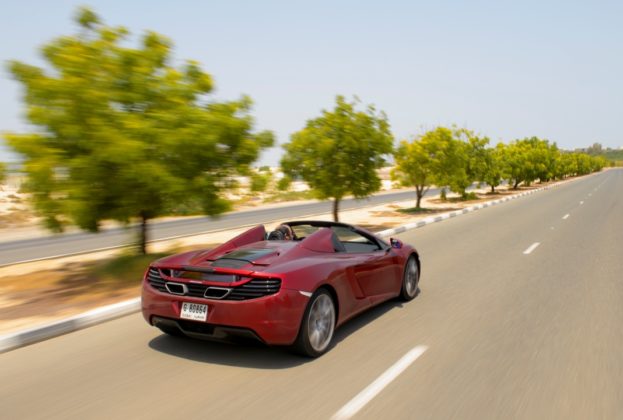
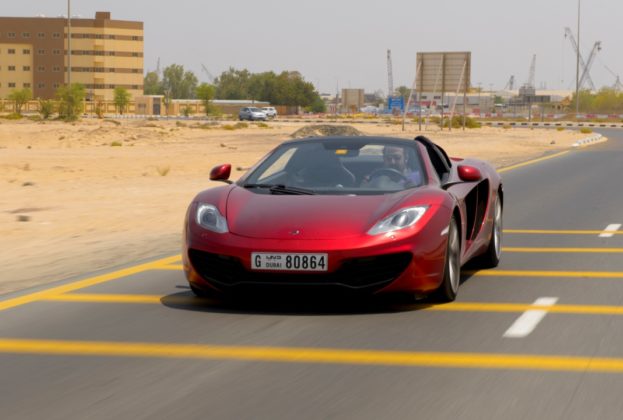
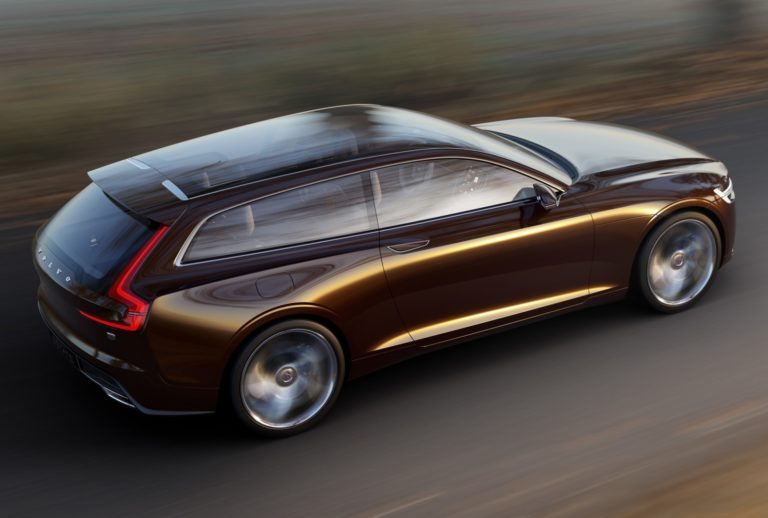

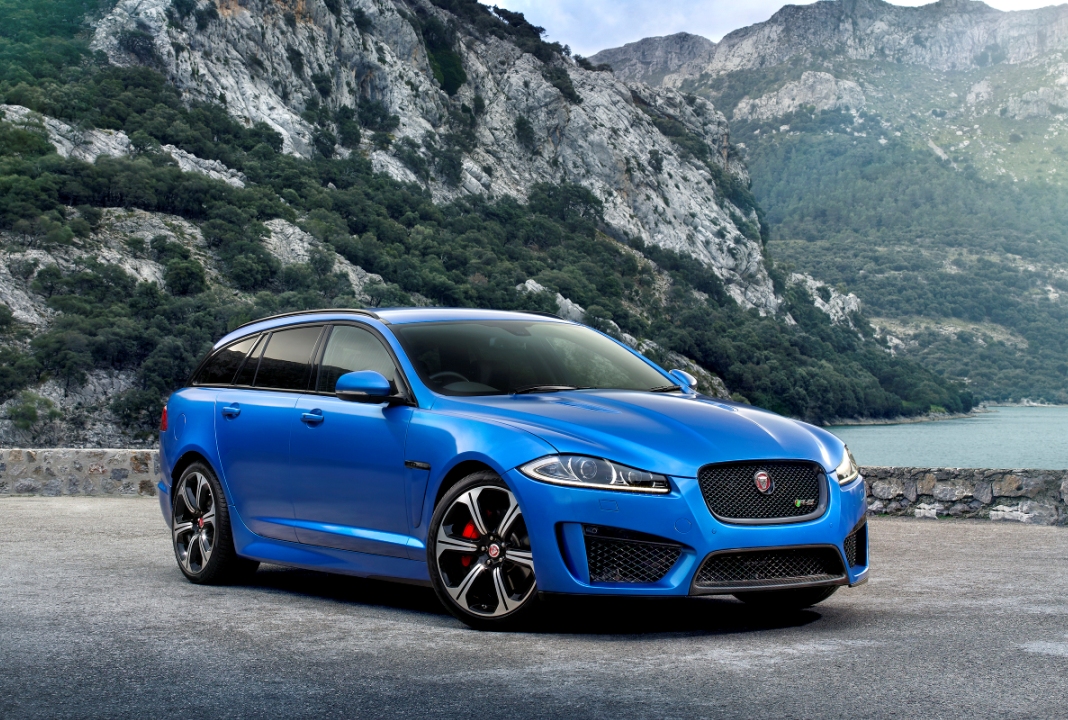
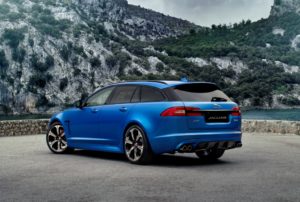

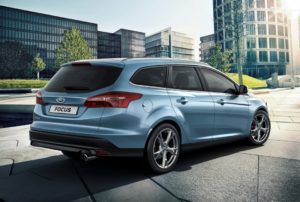

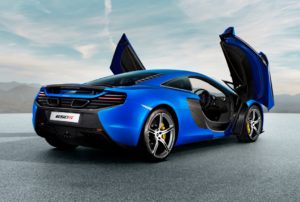



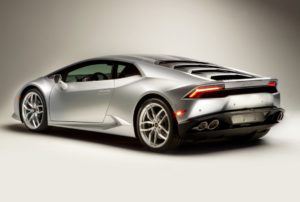

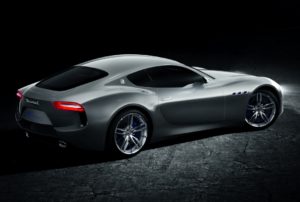
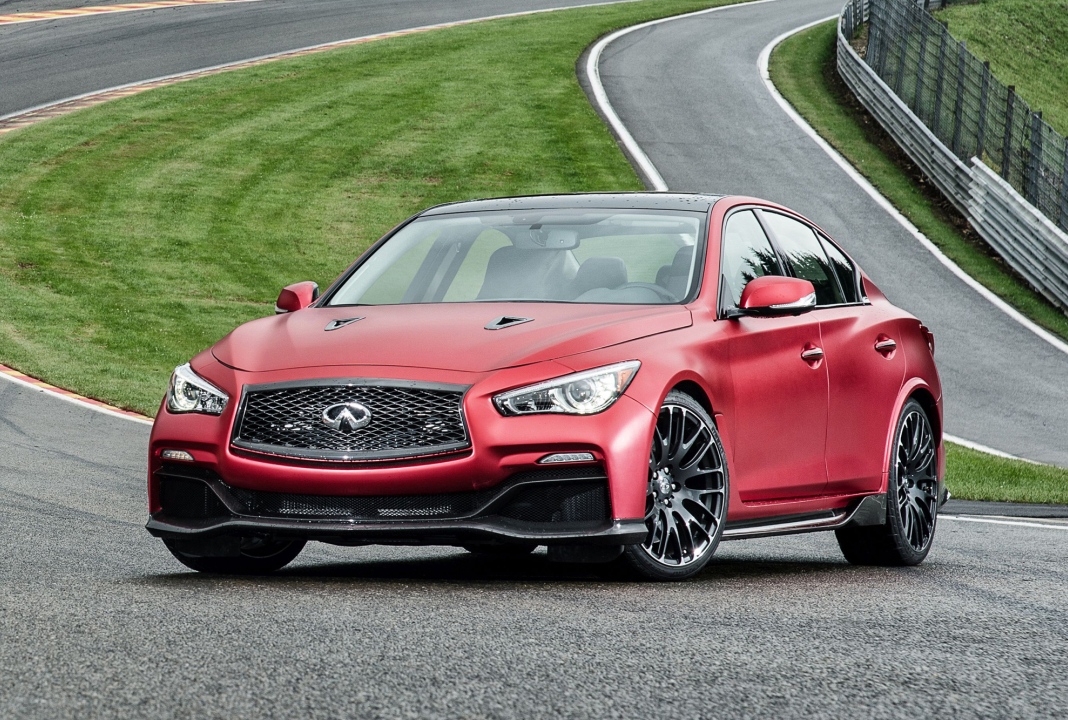
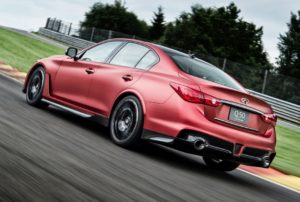


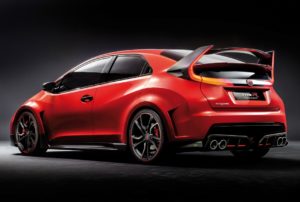
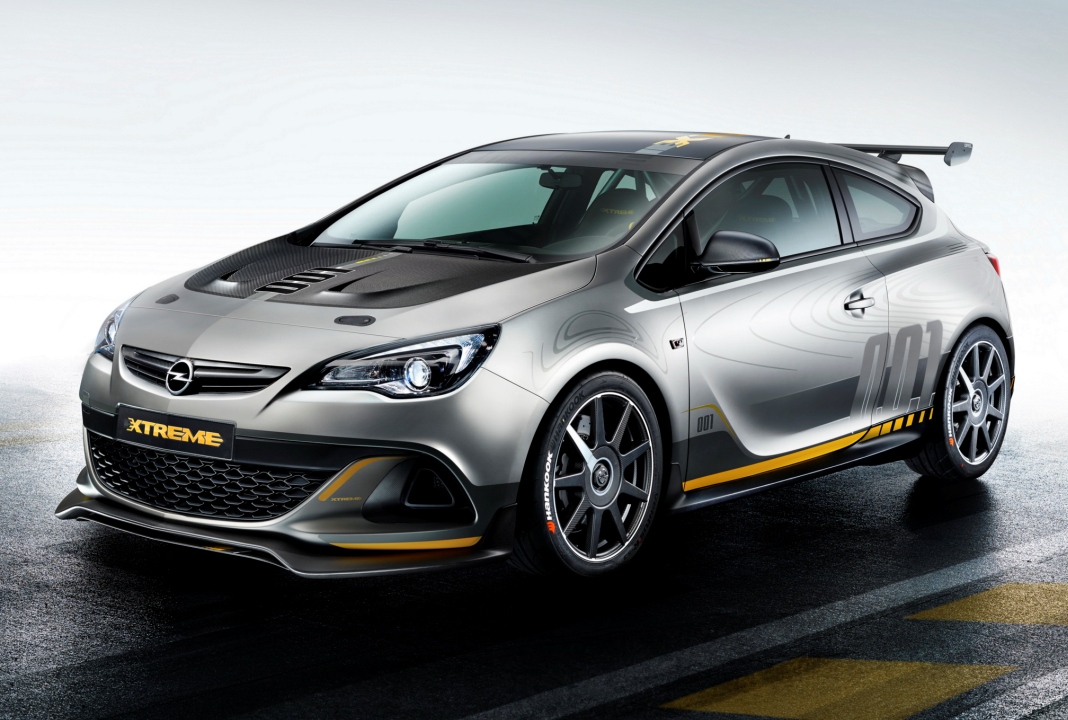
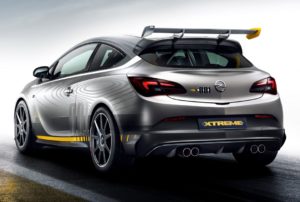
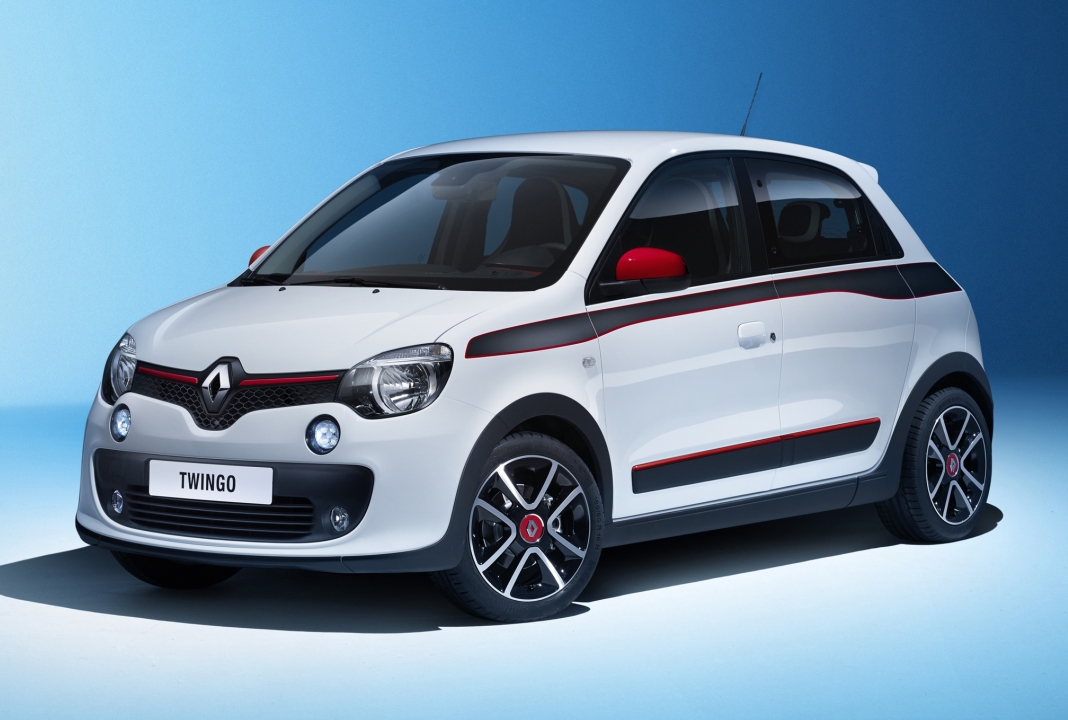
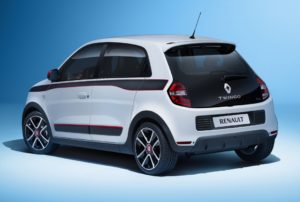




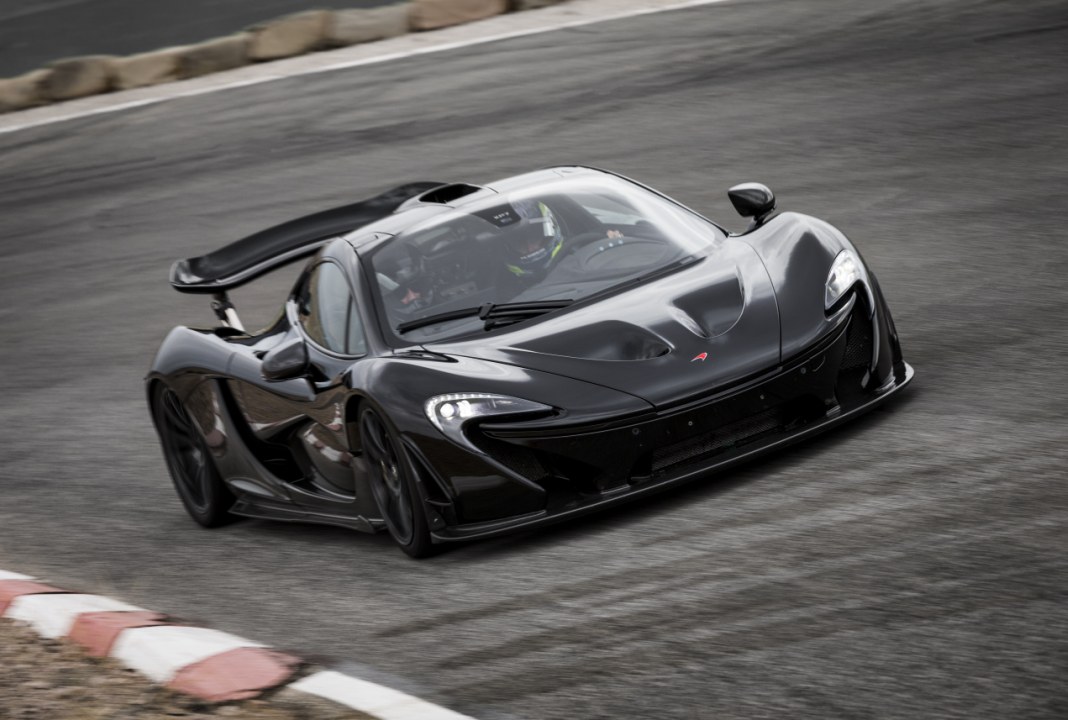
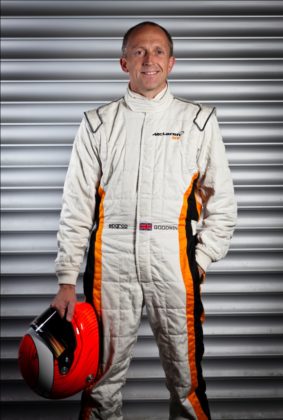

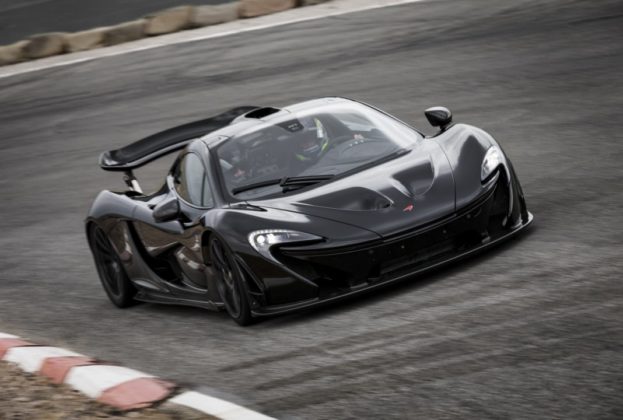
























Recent Comments